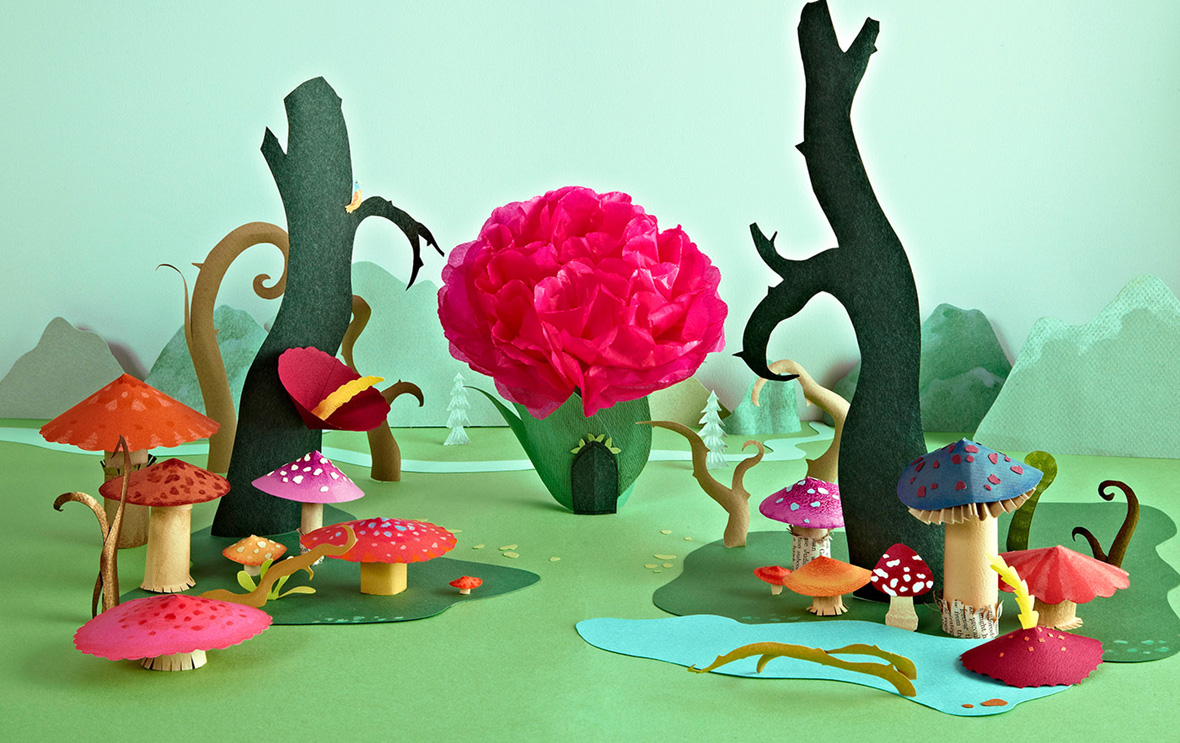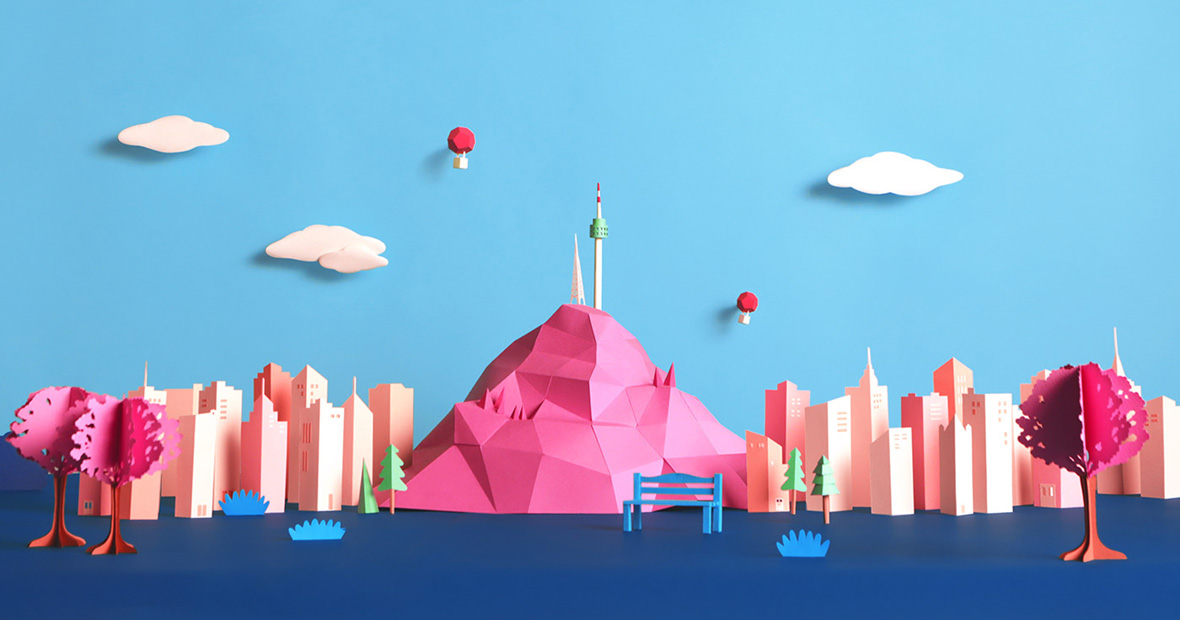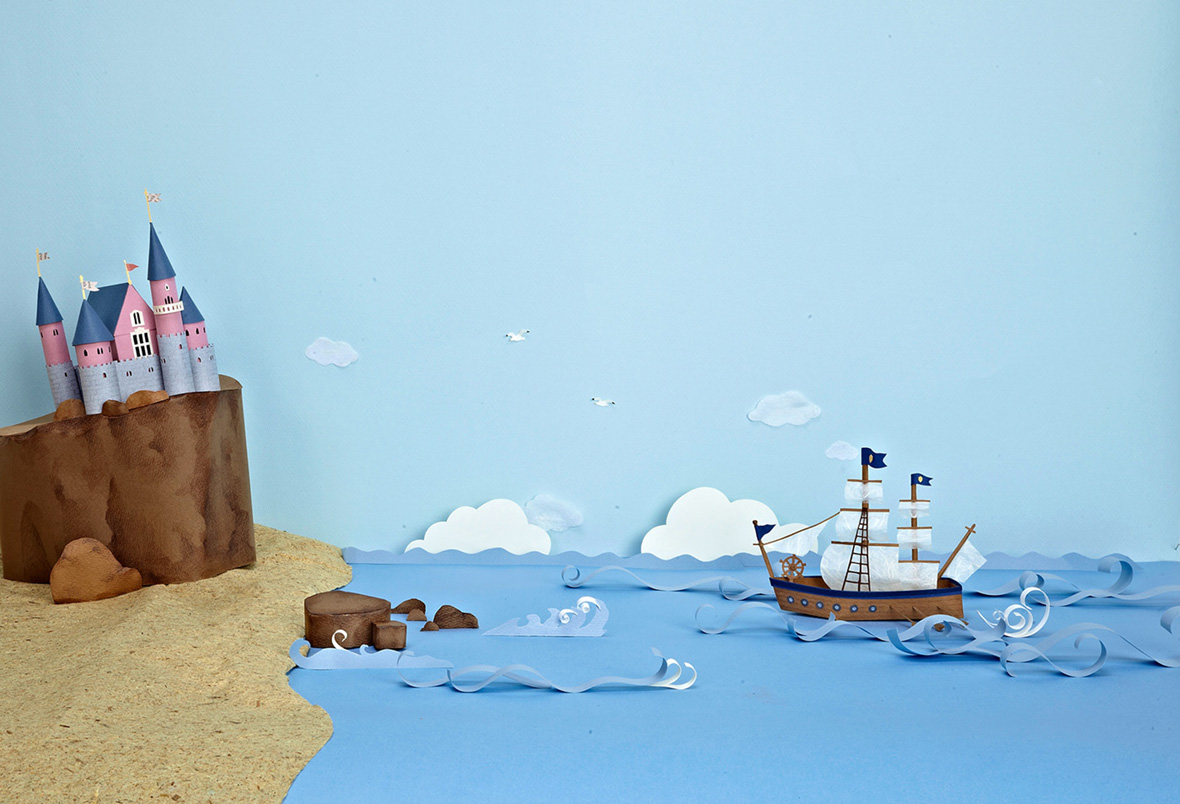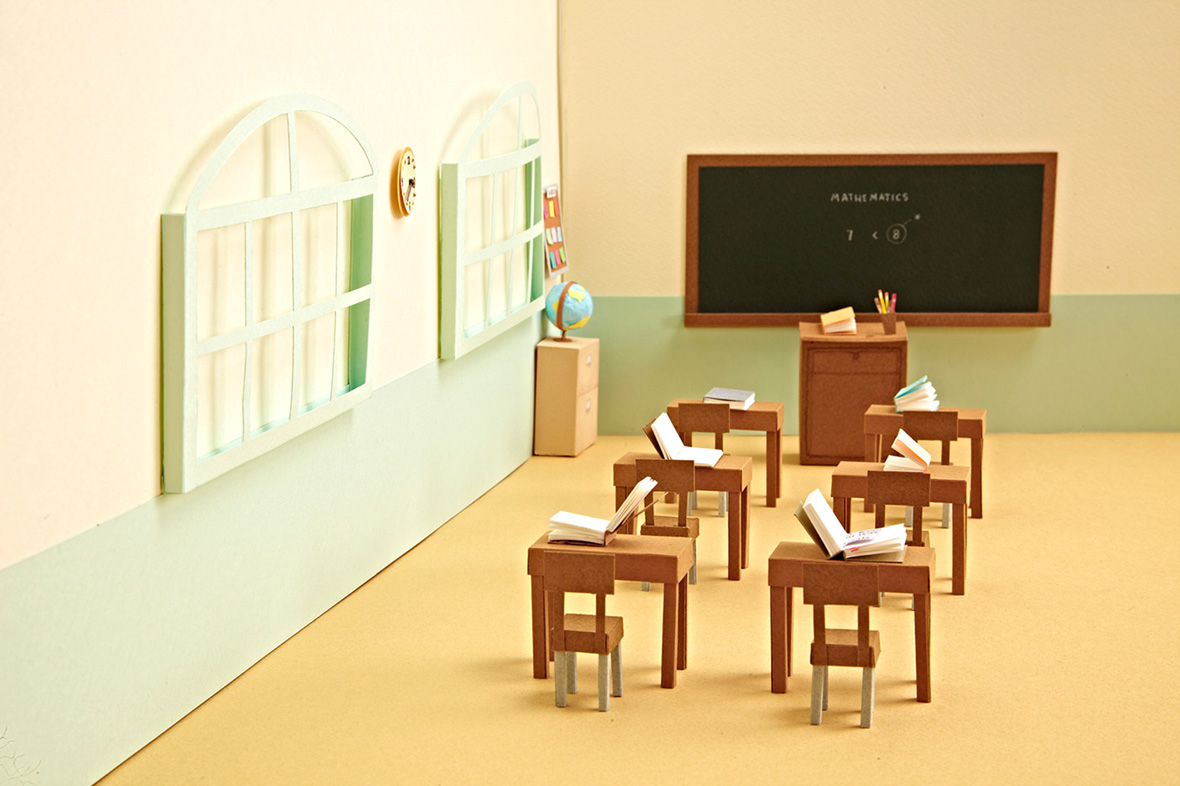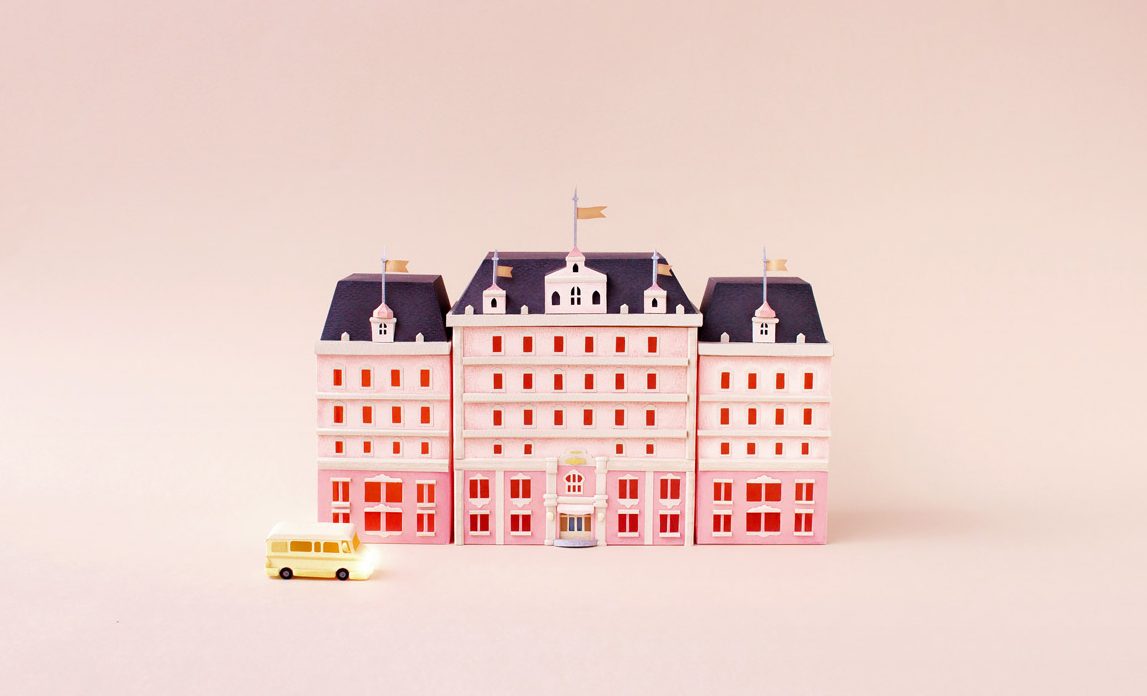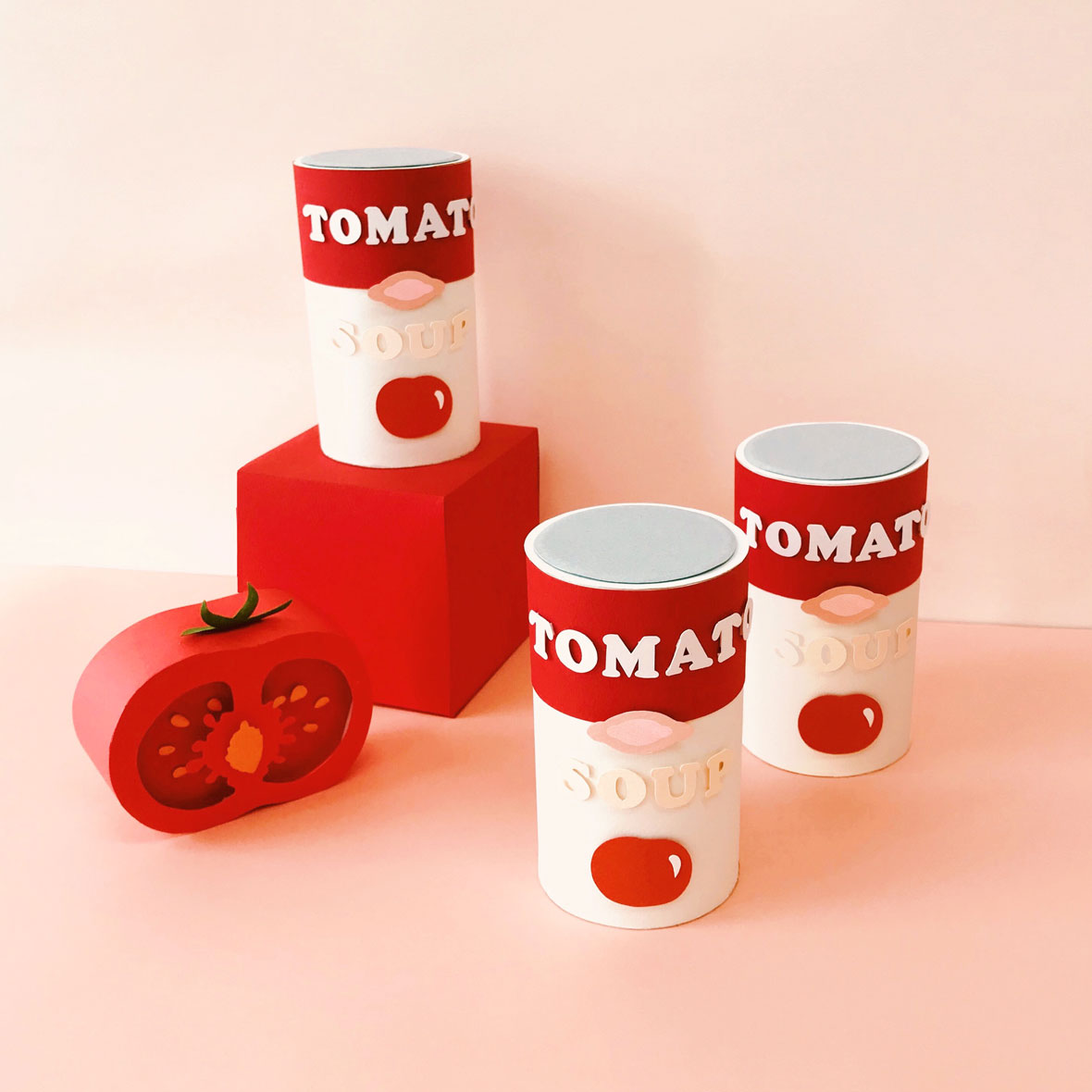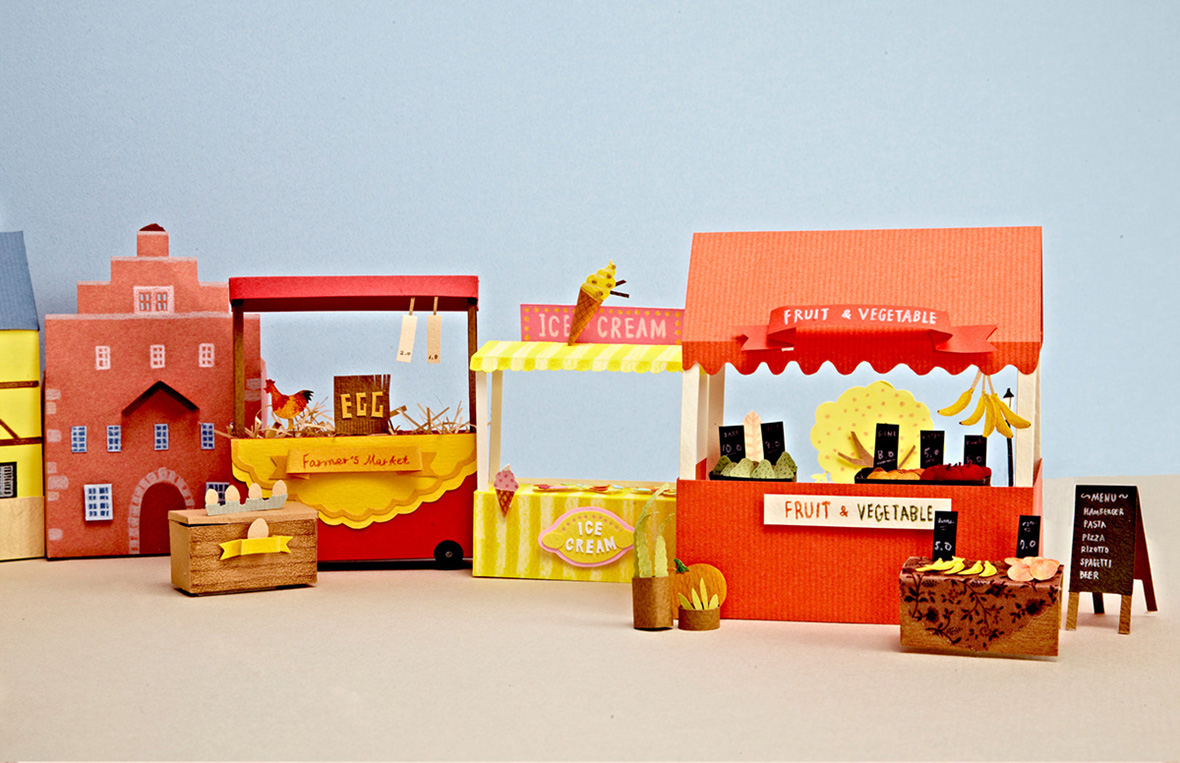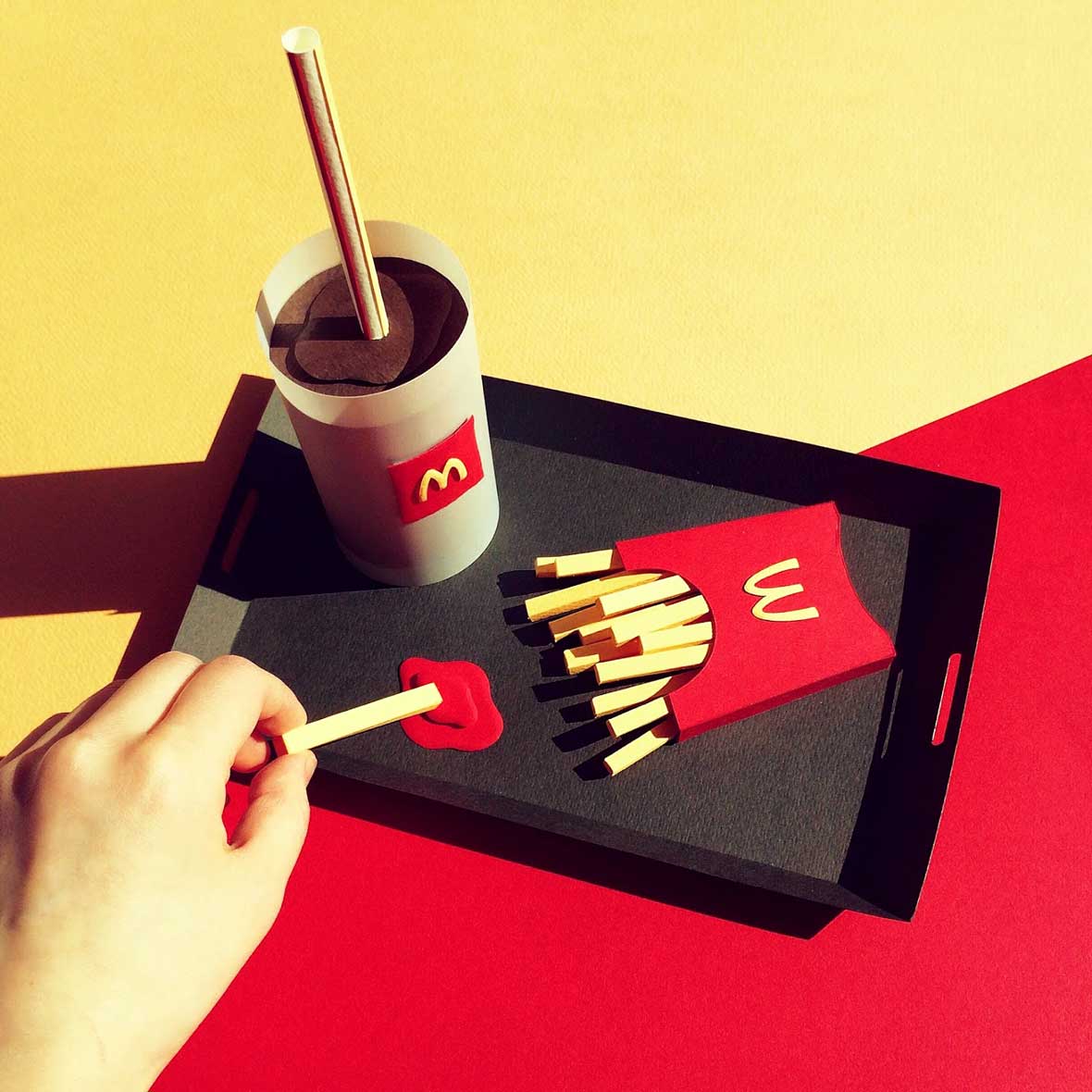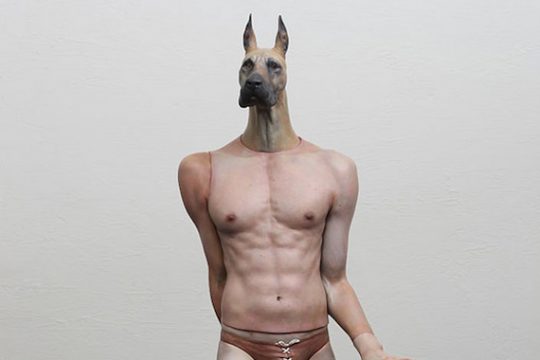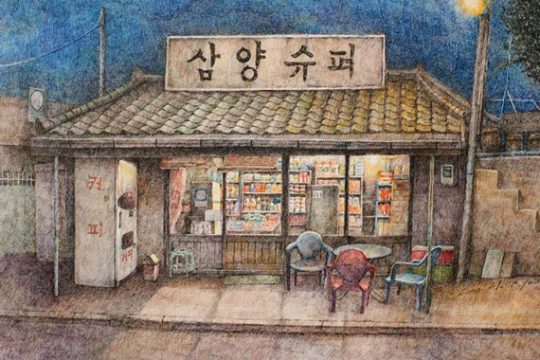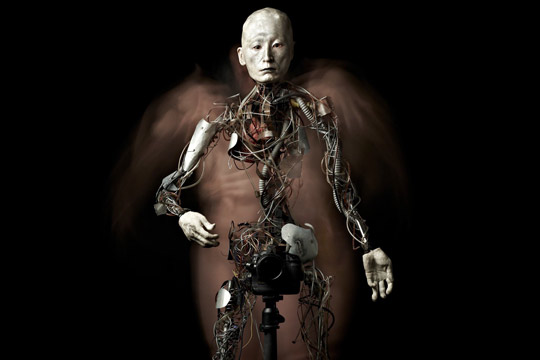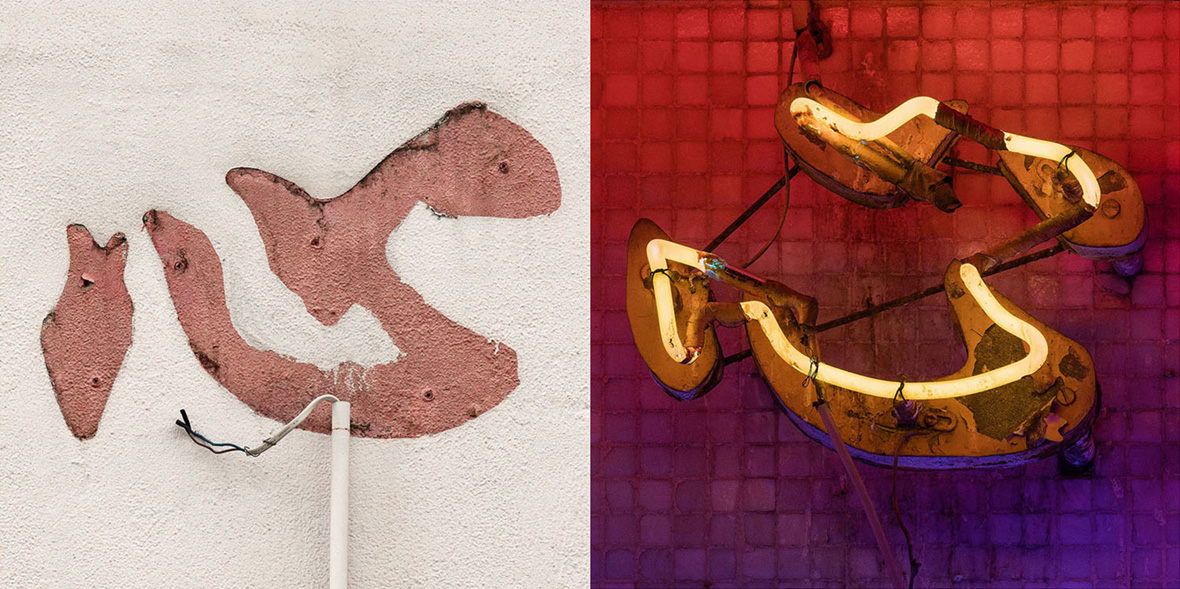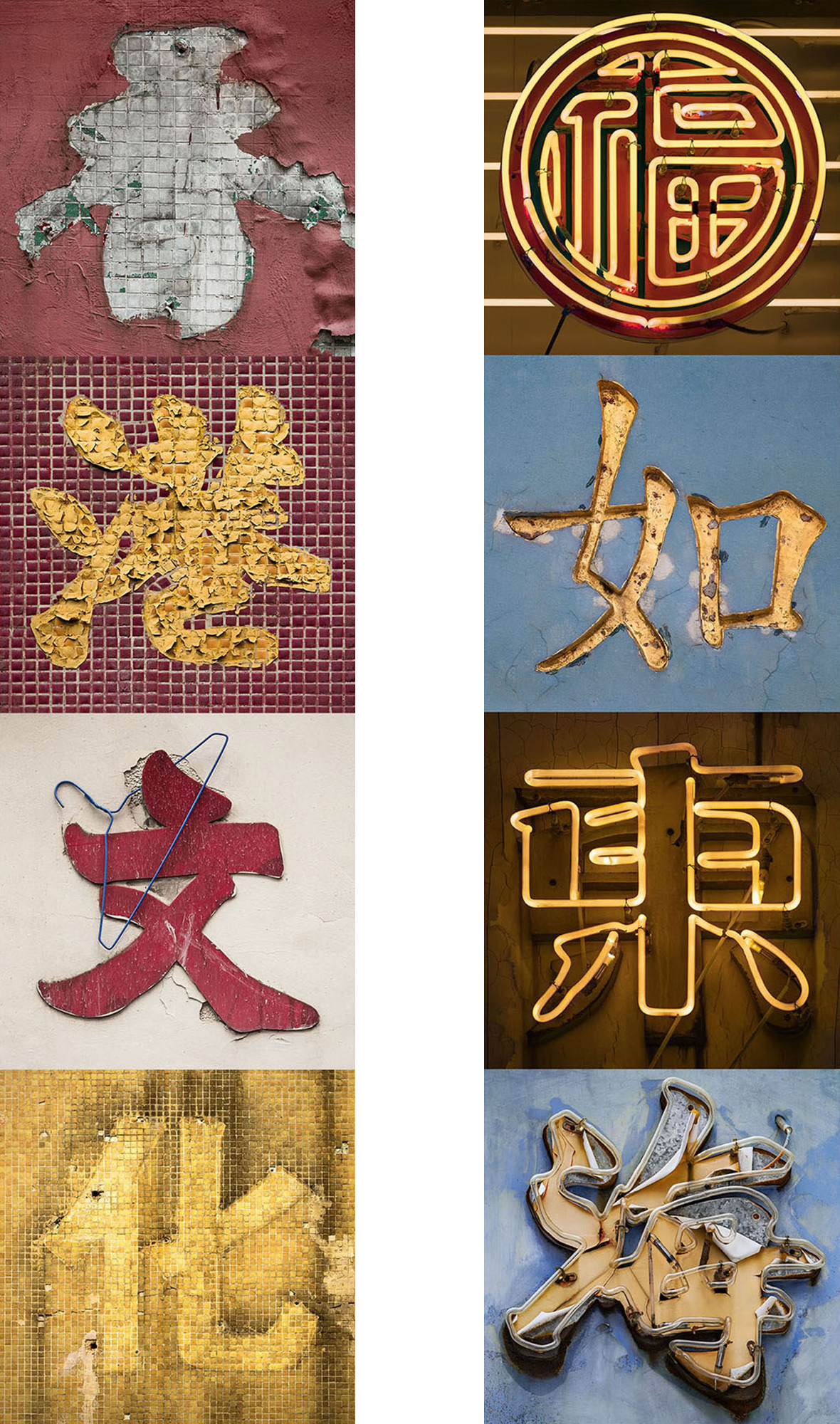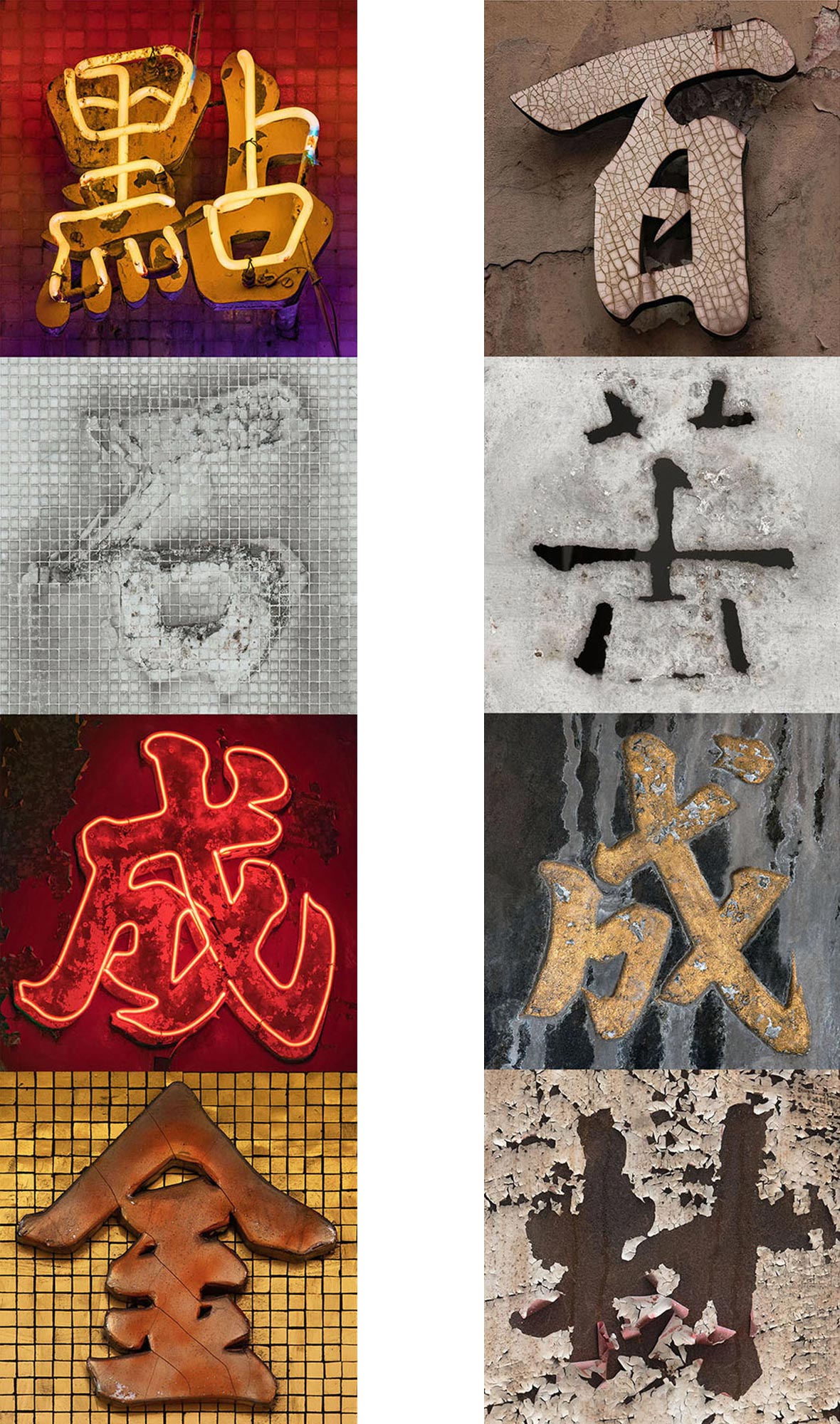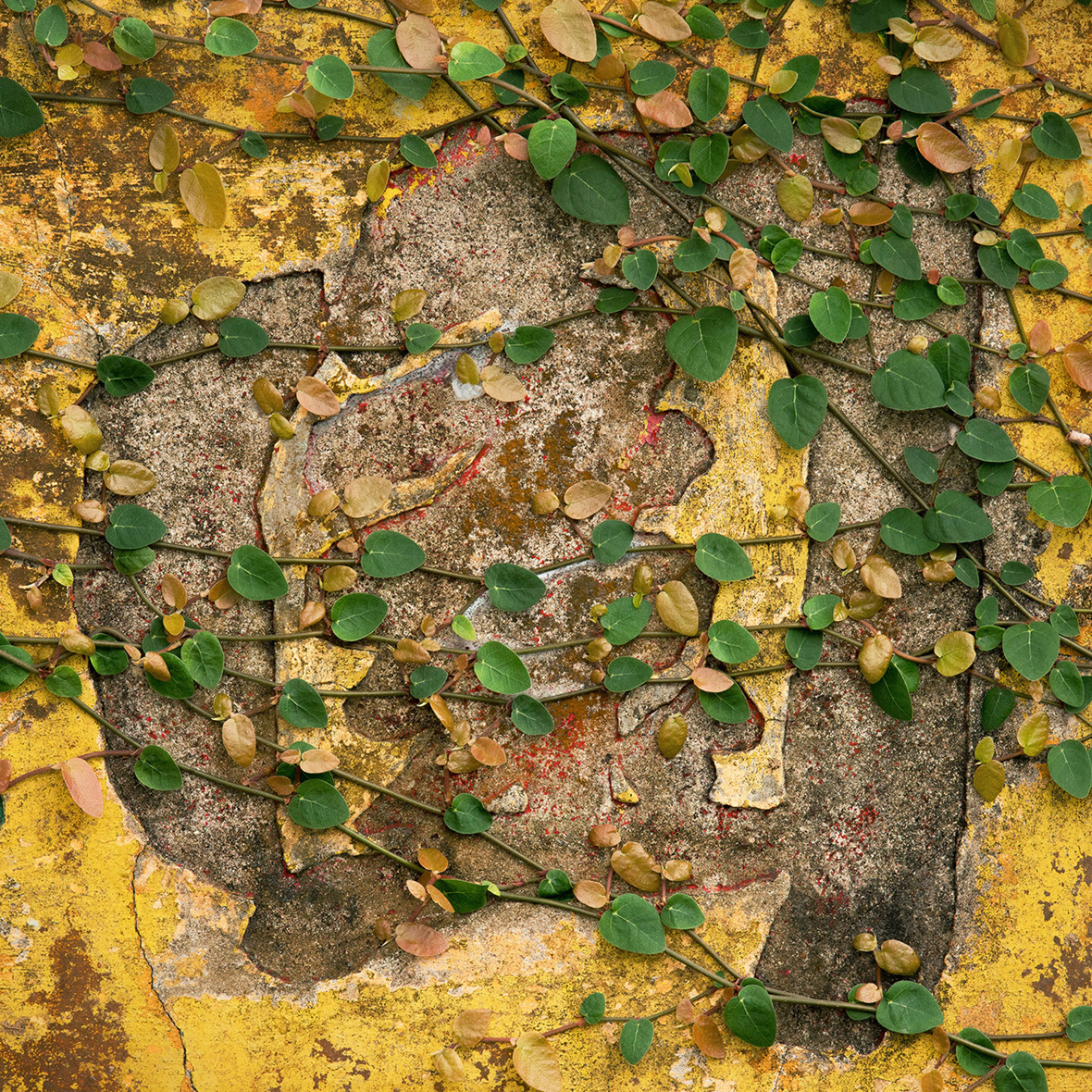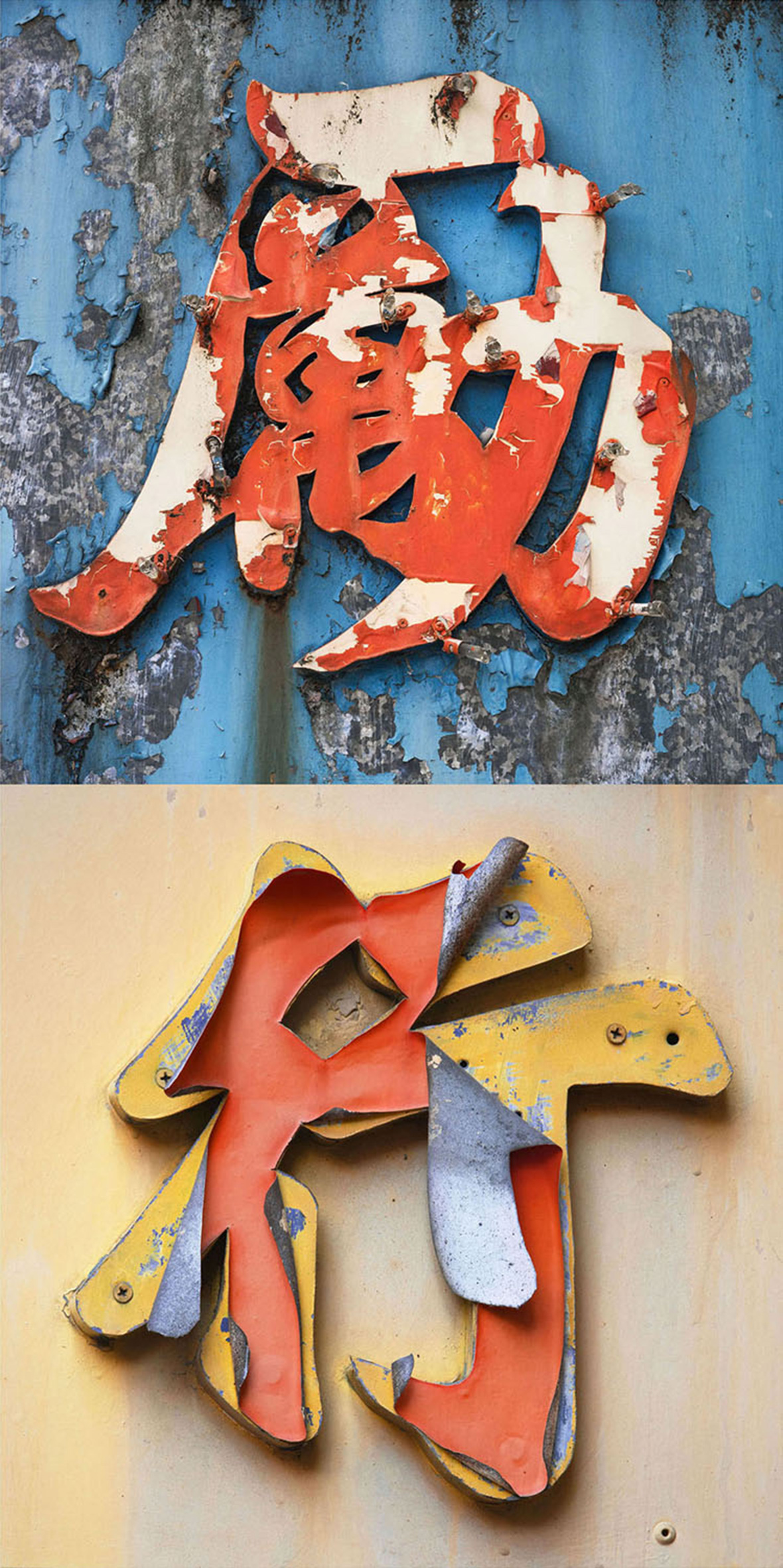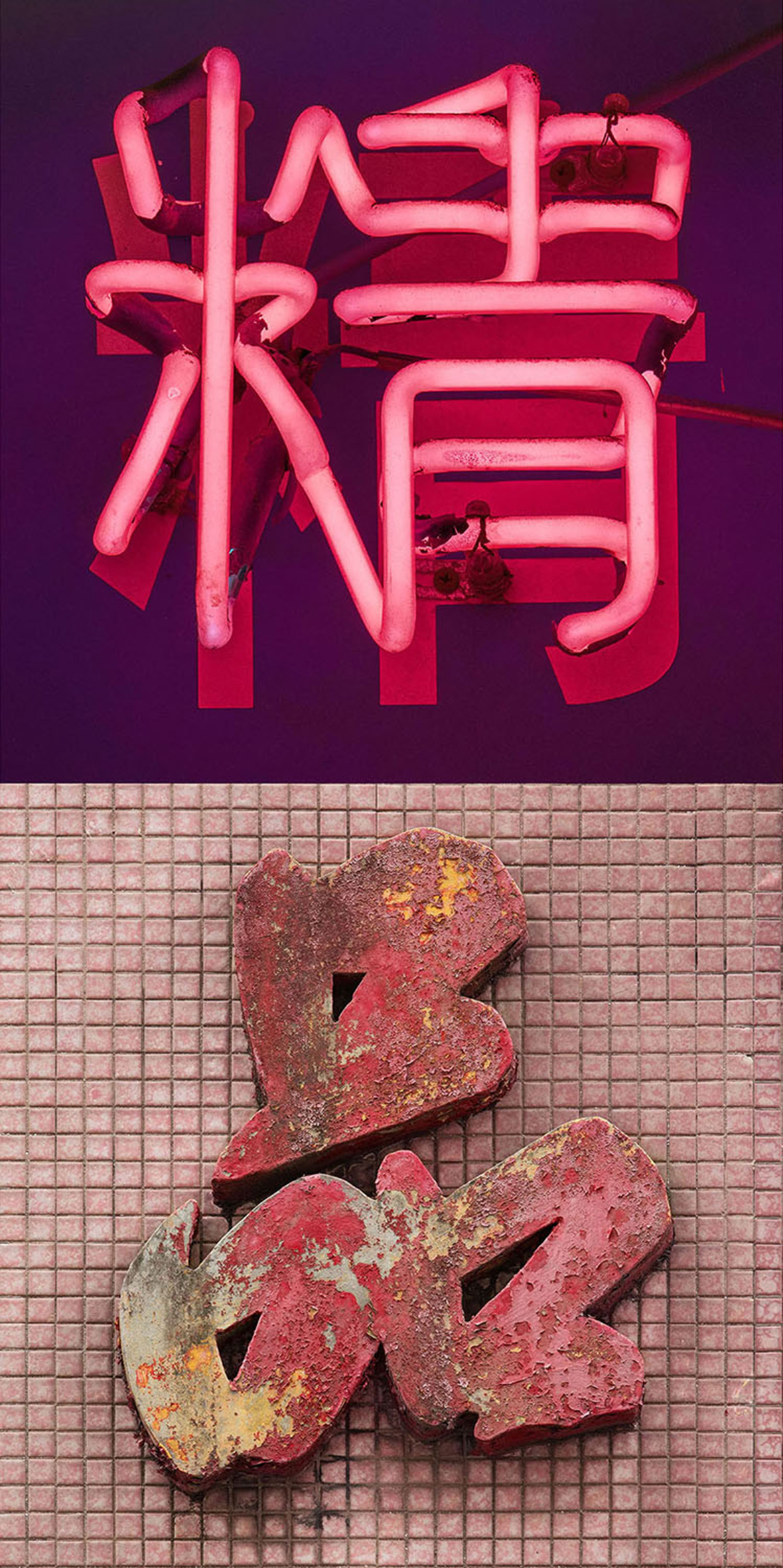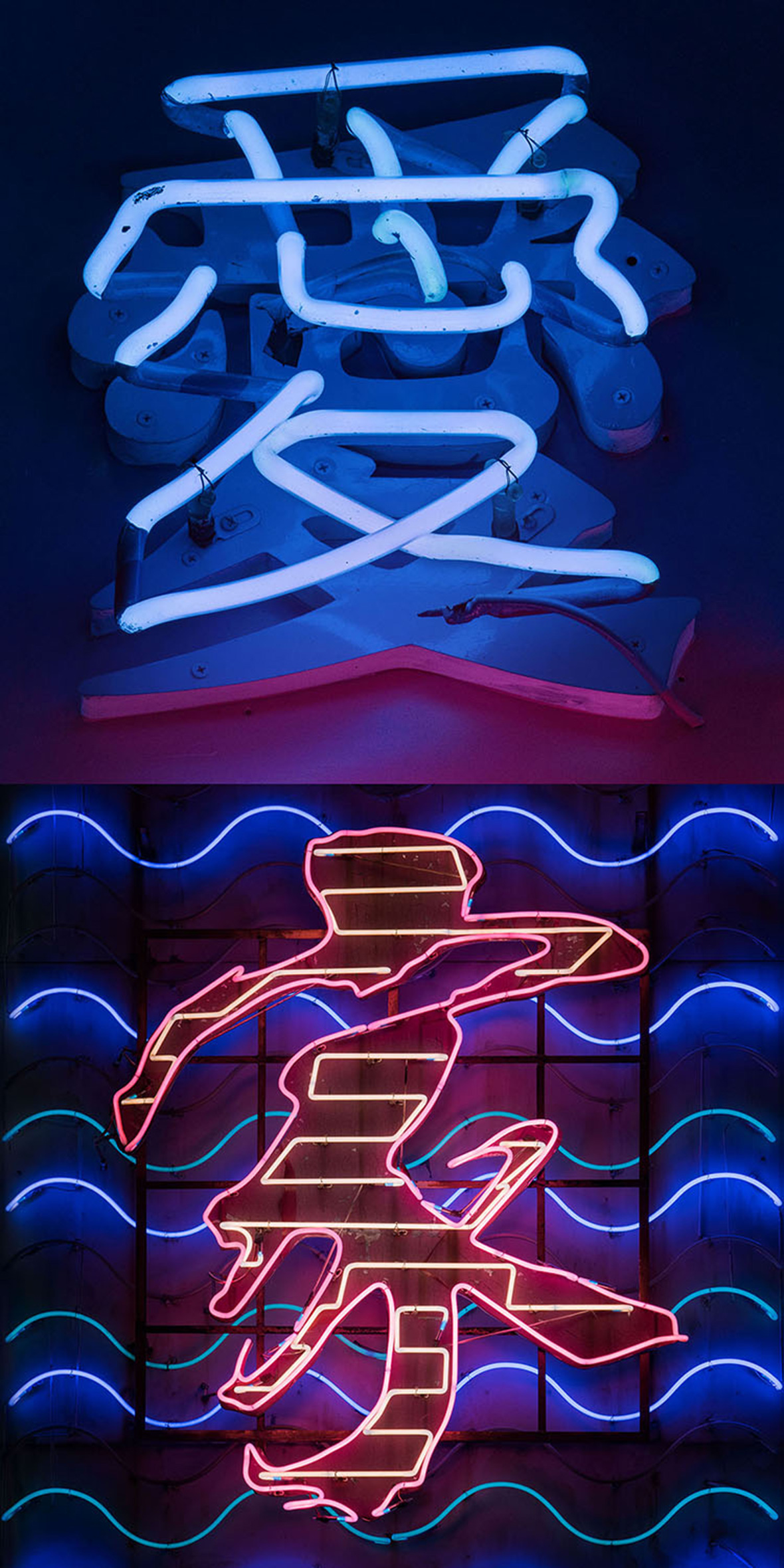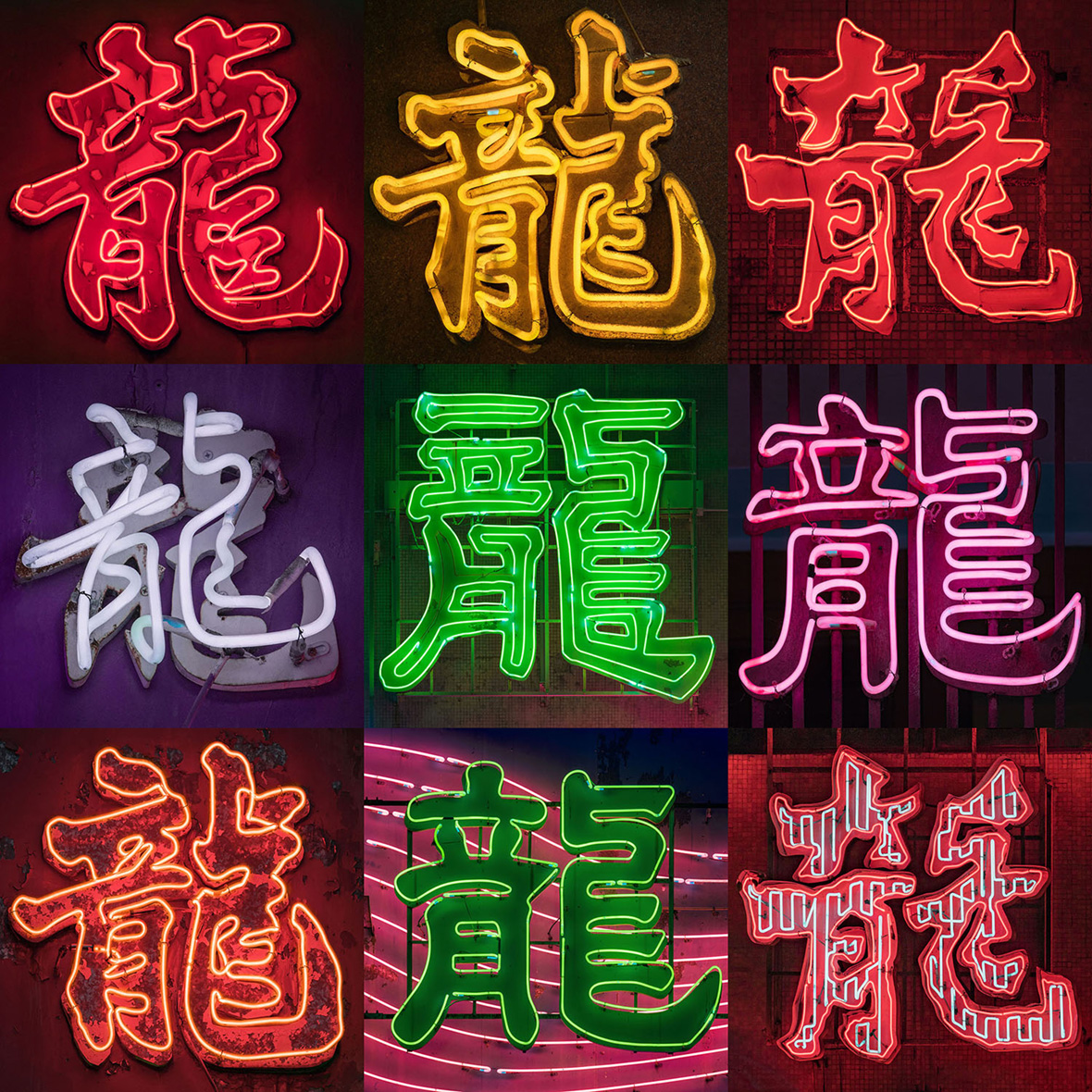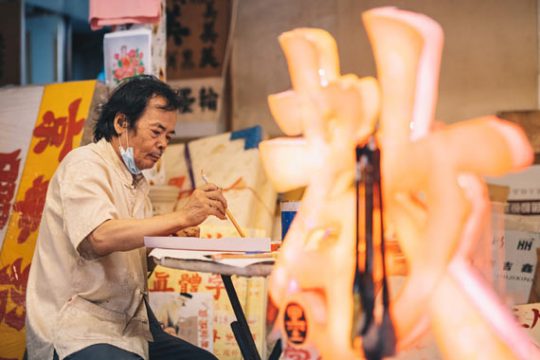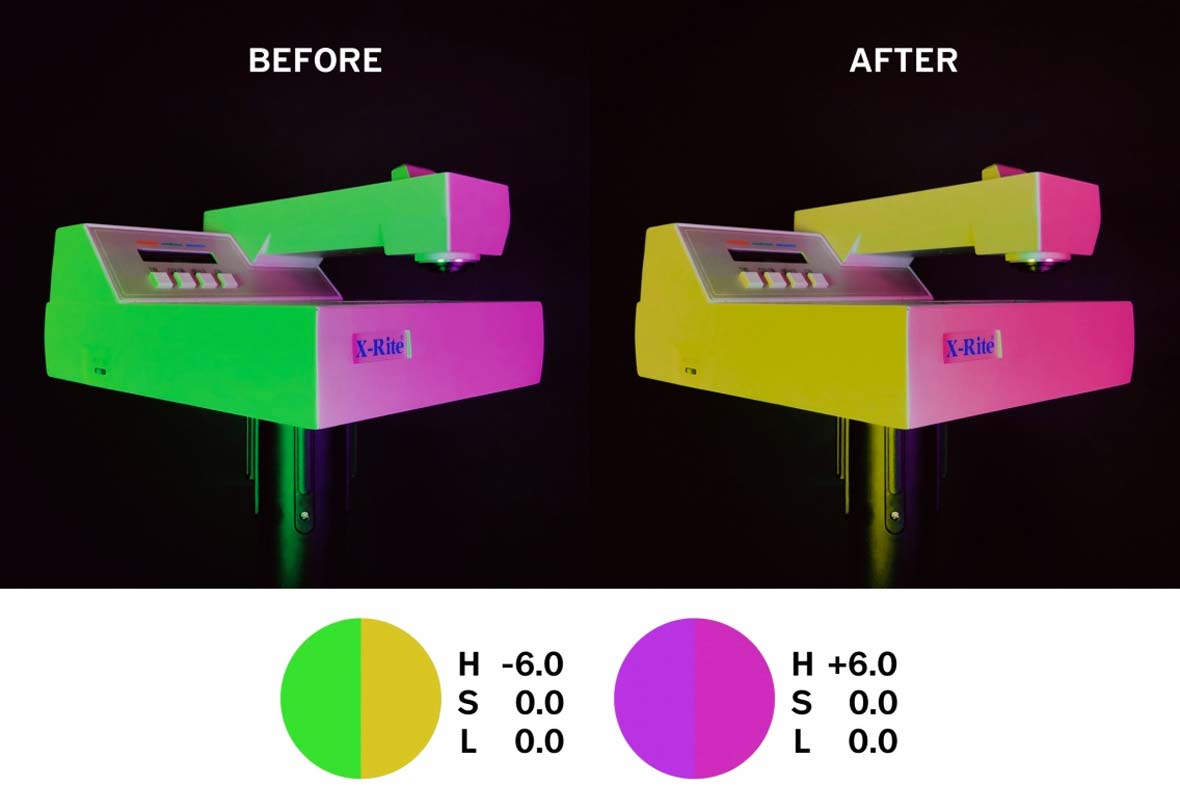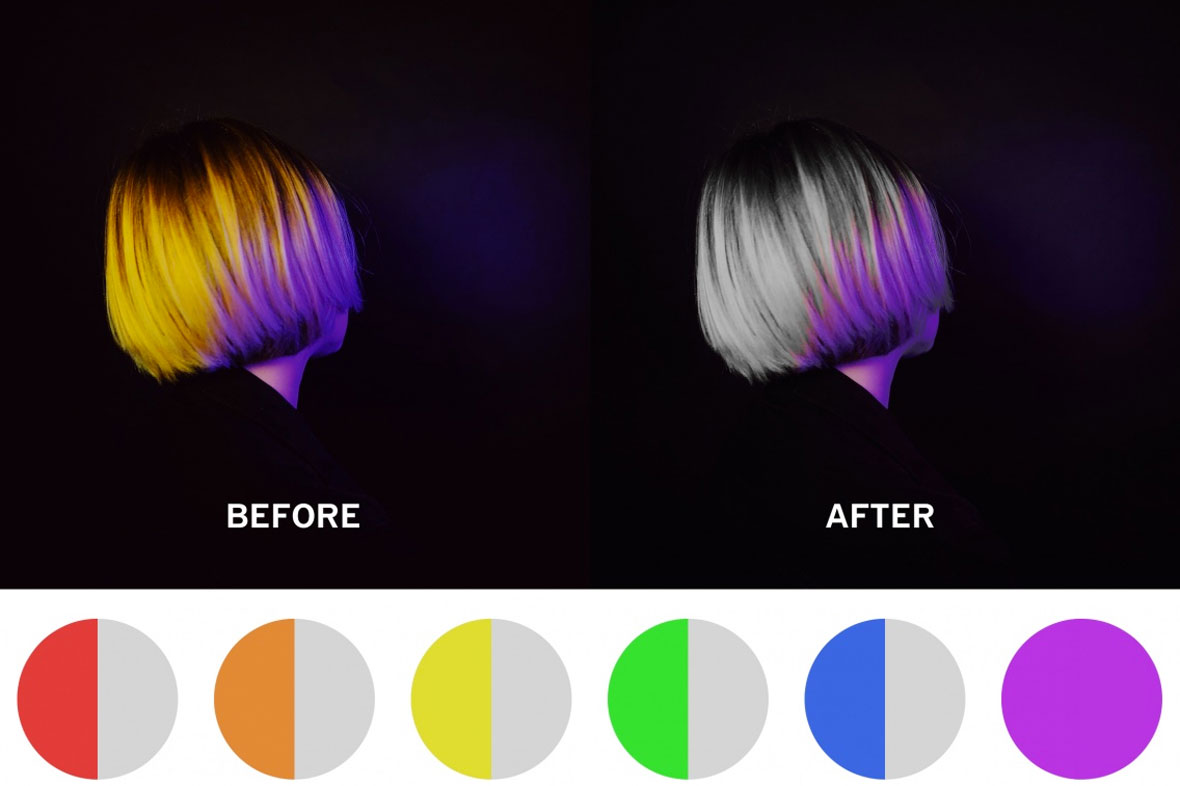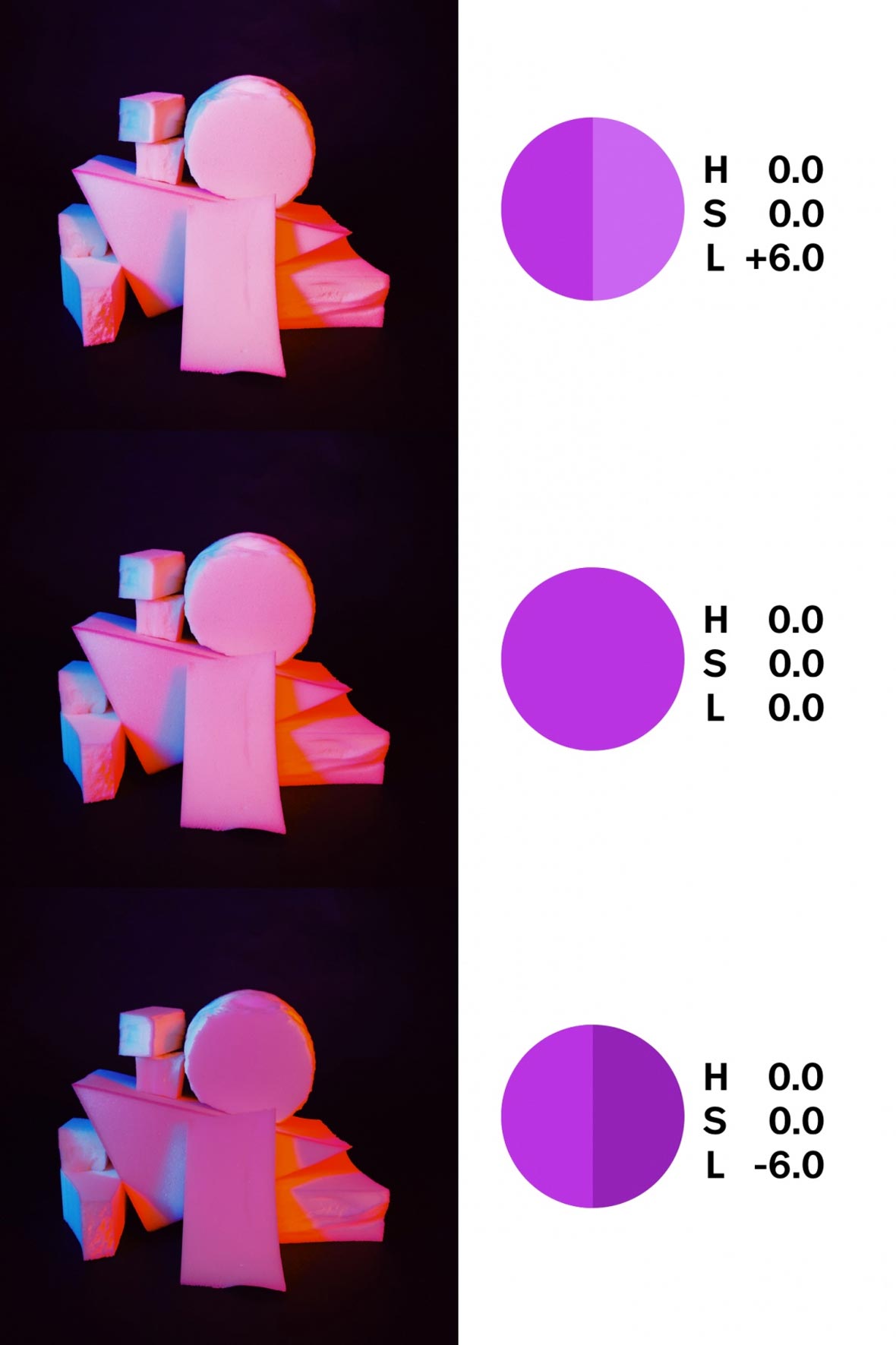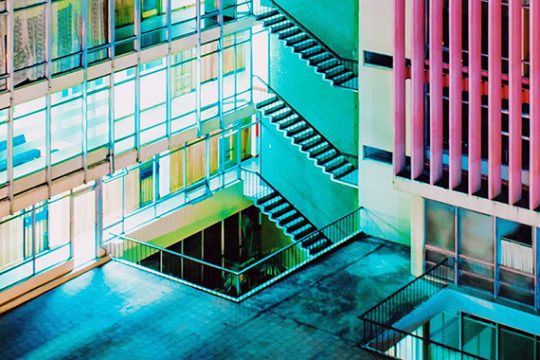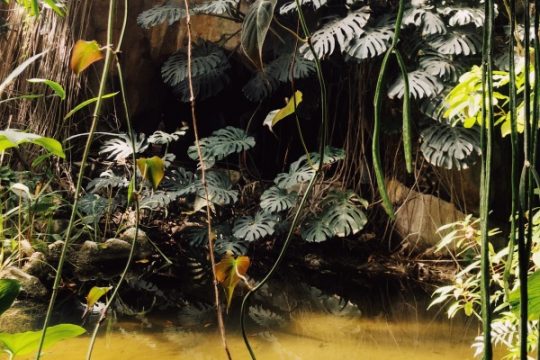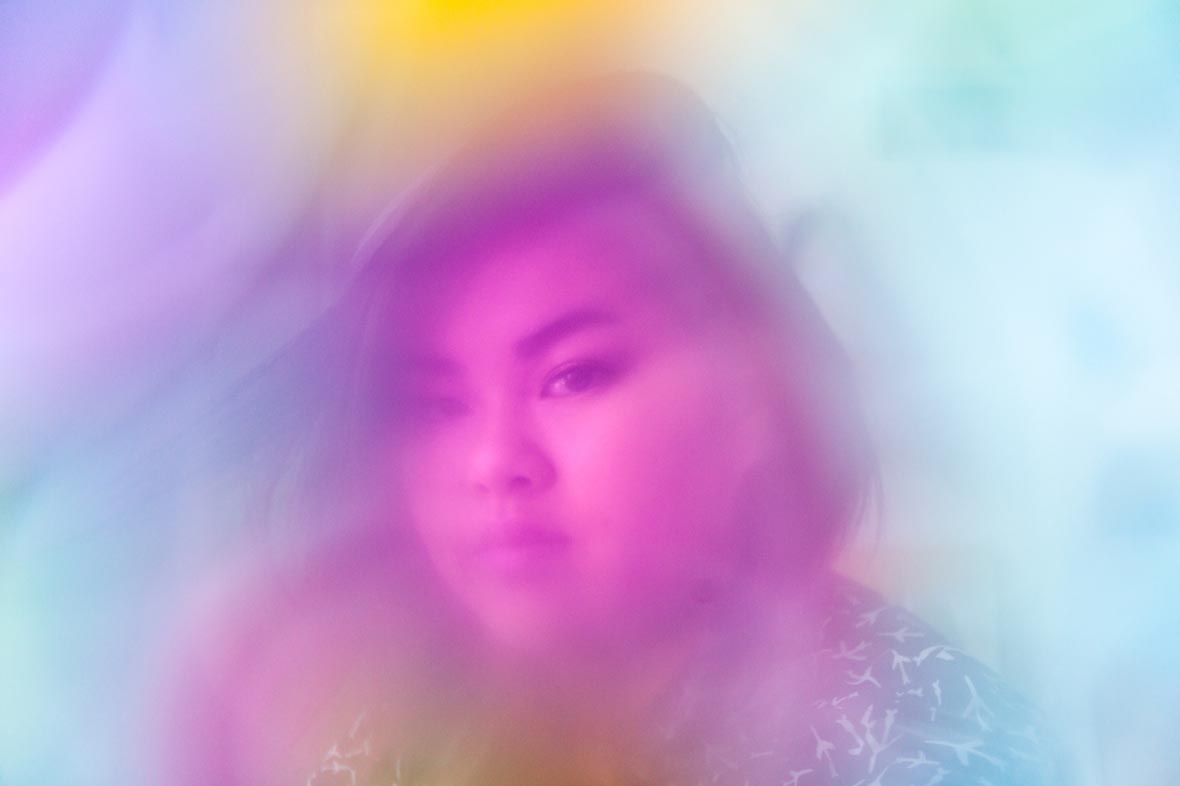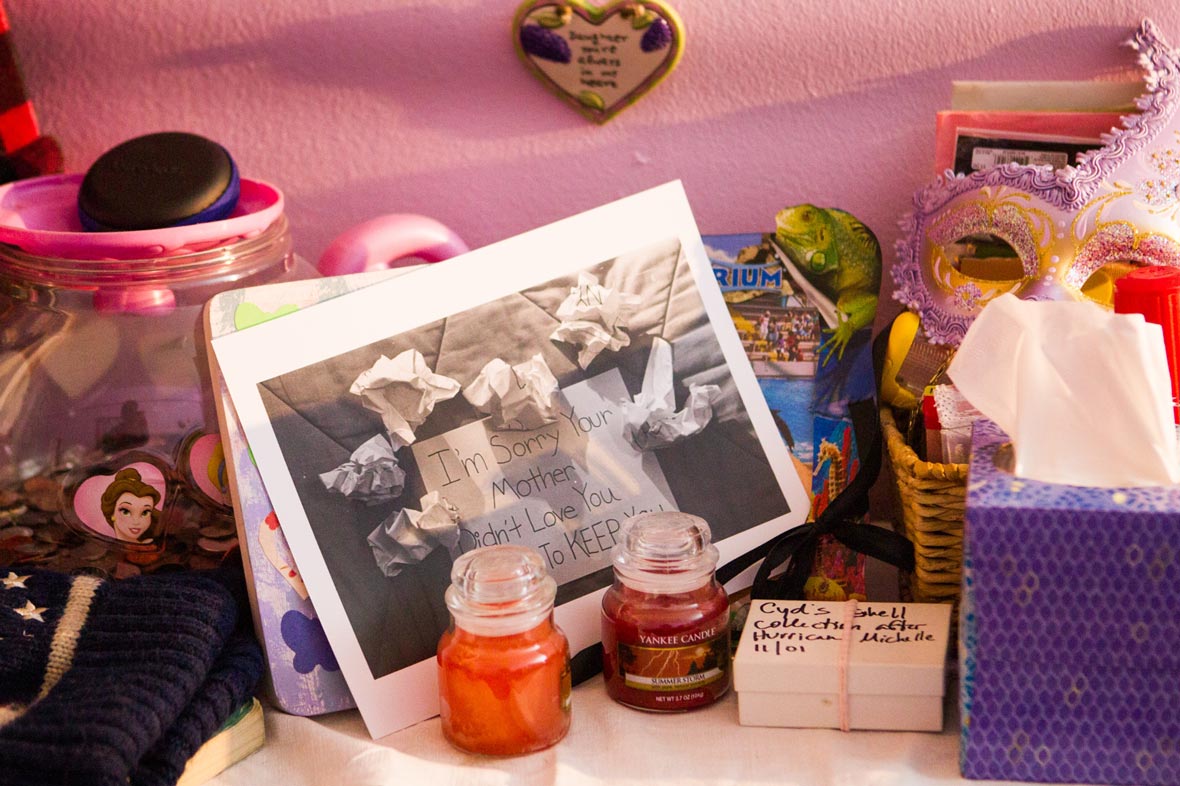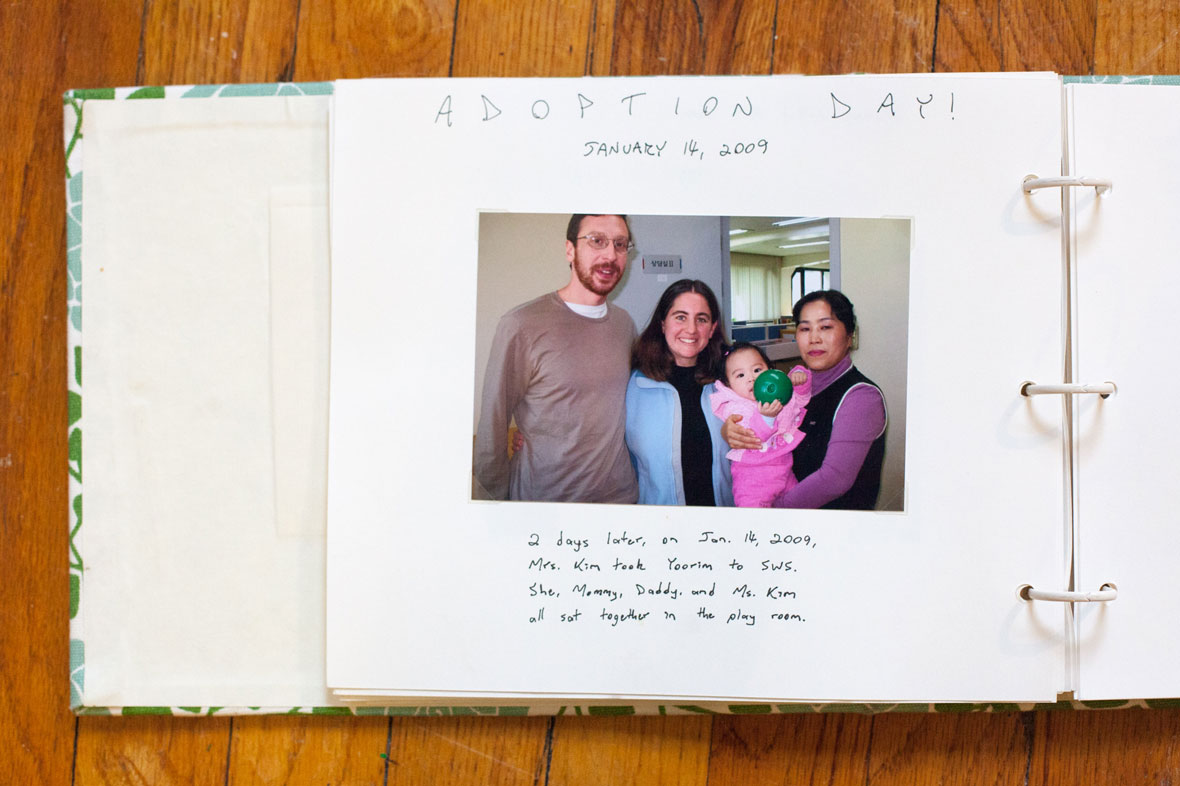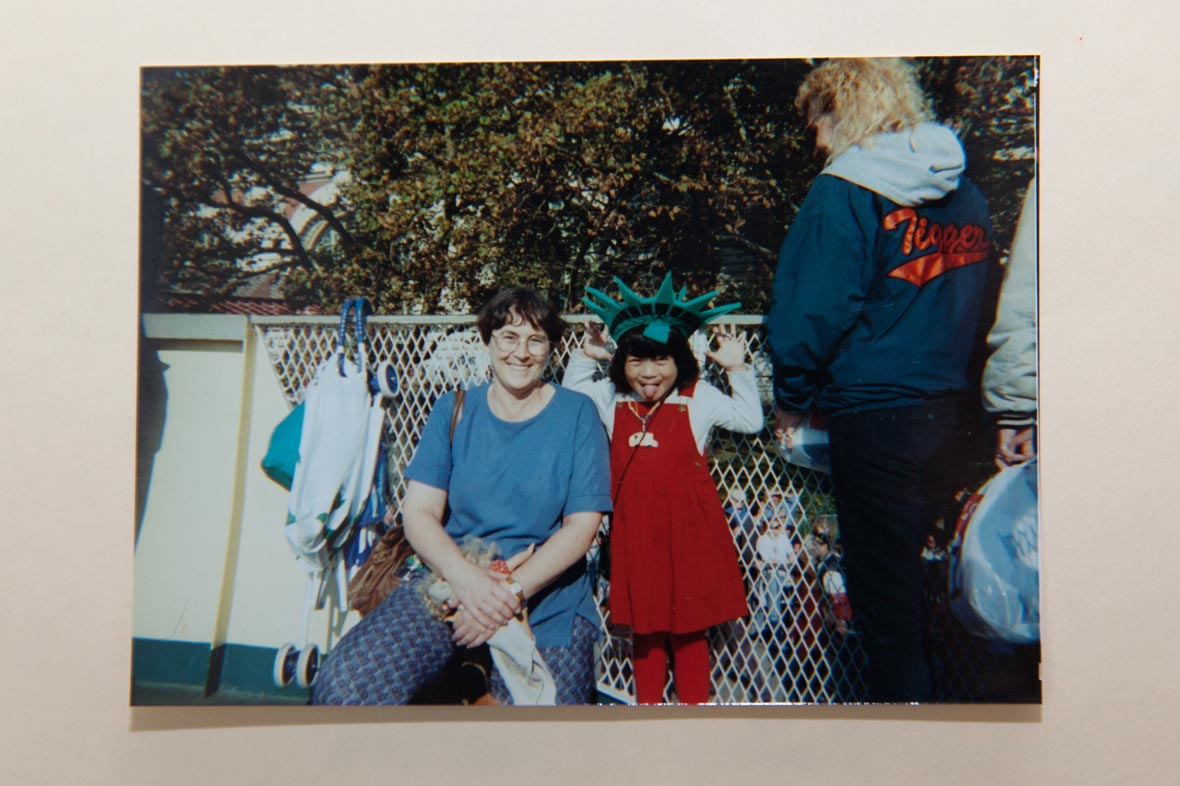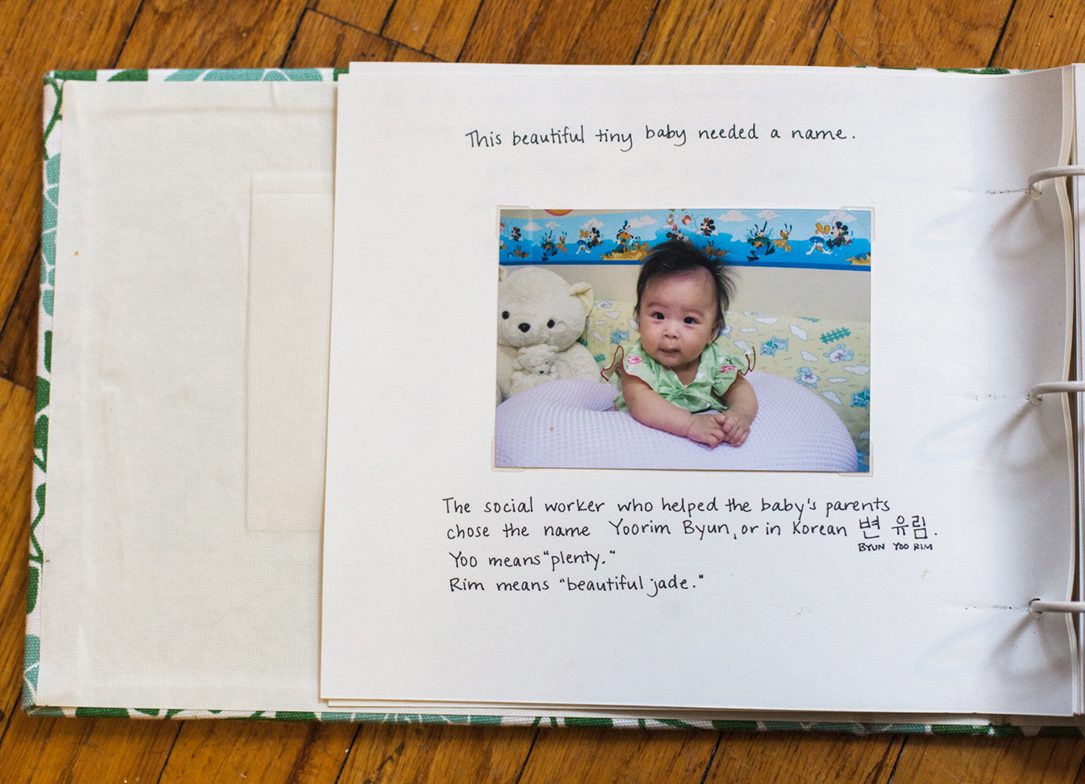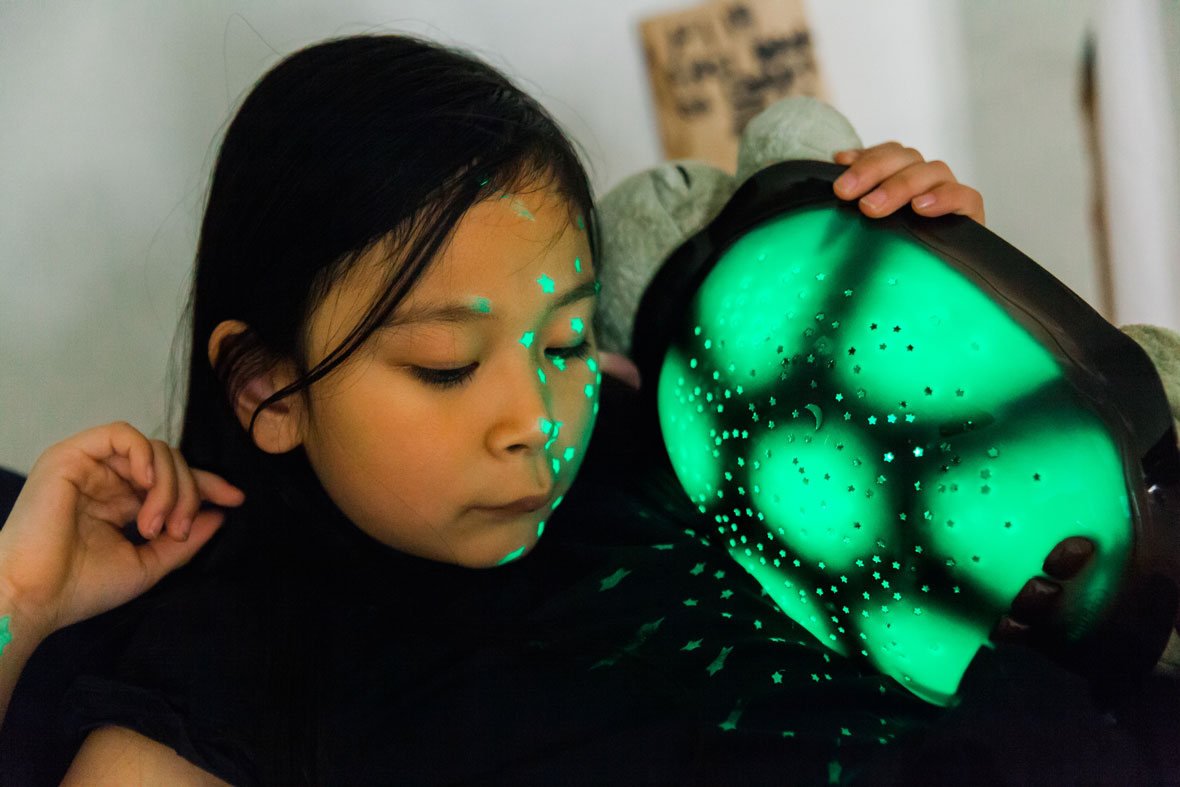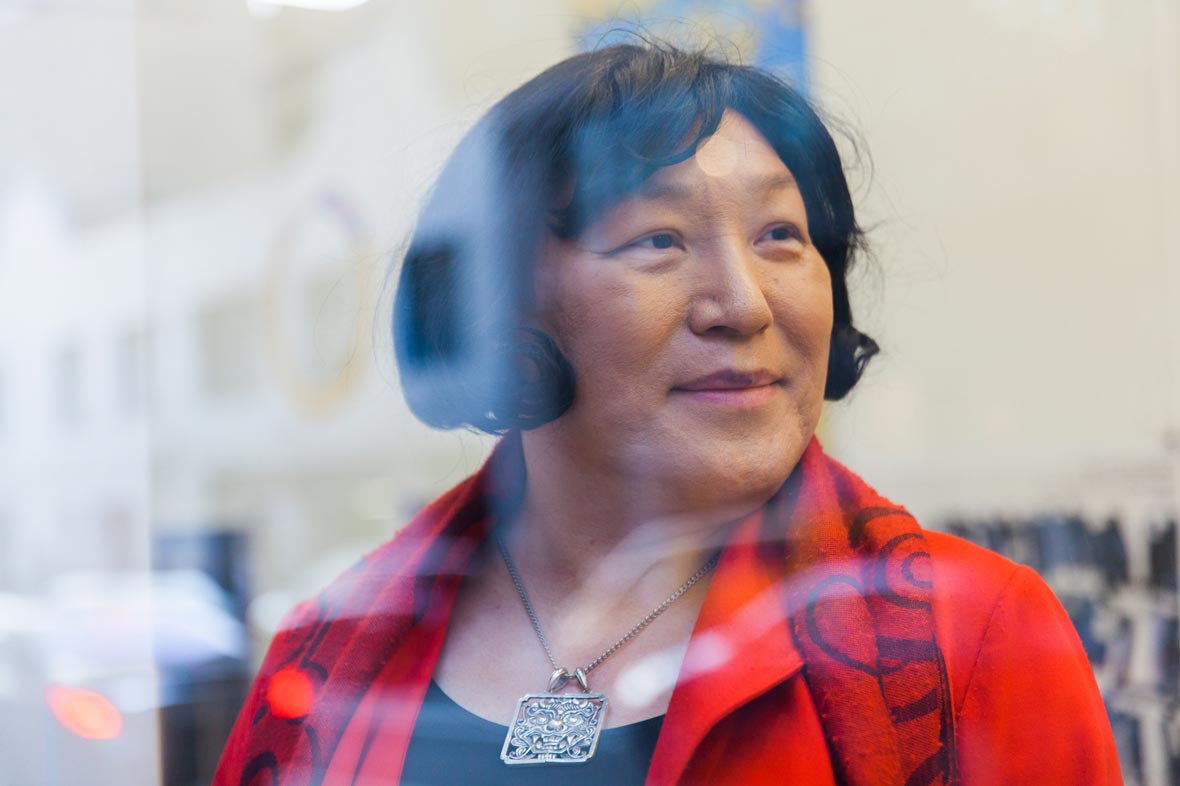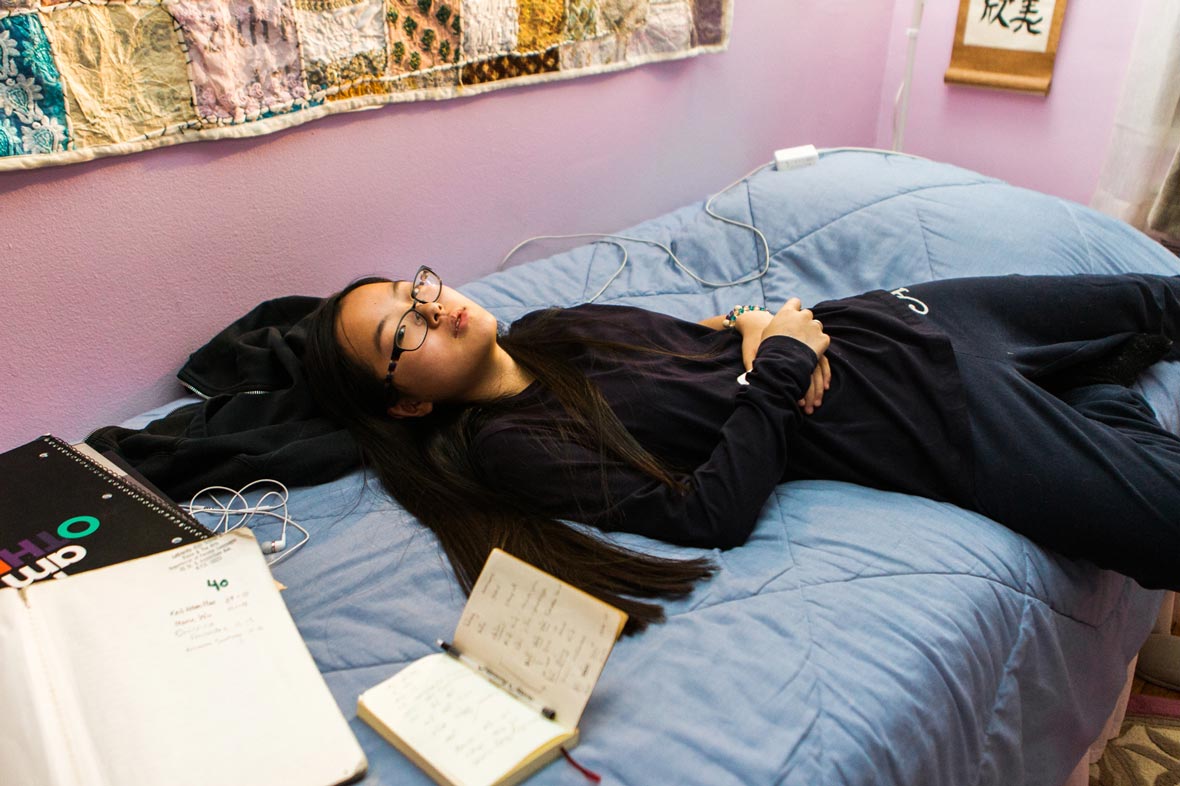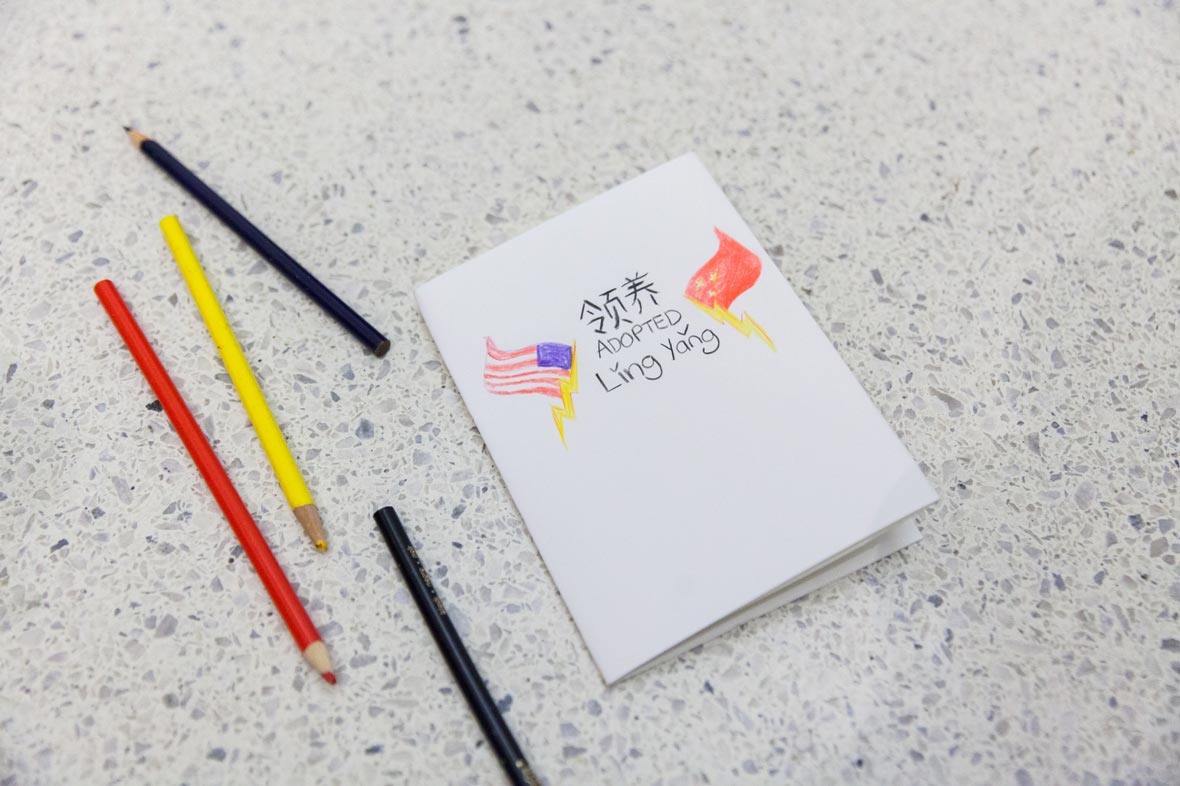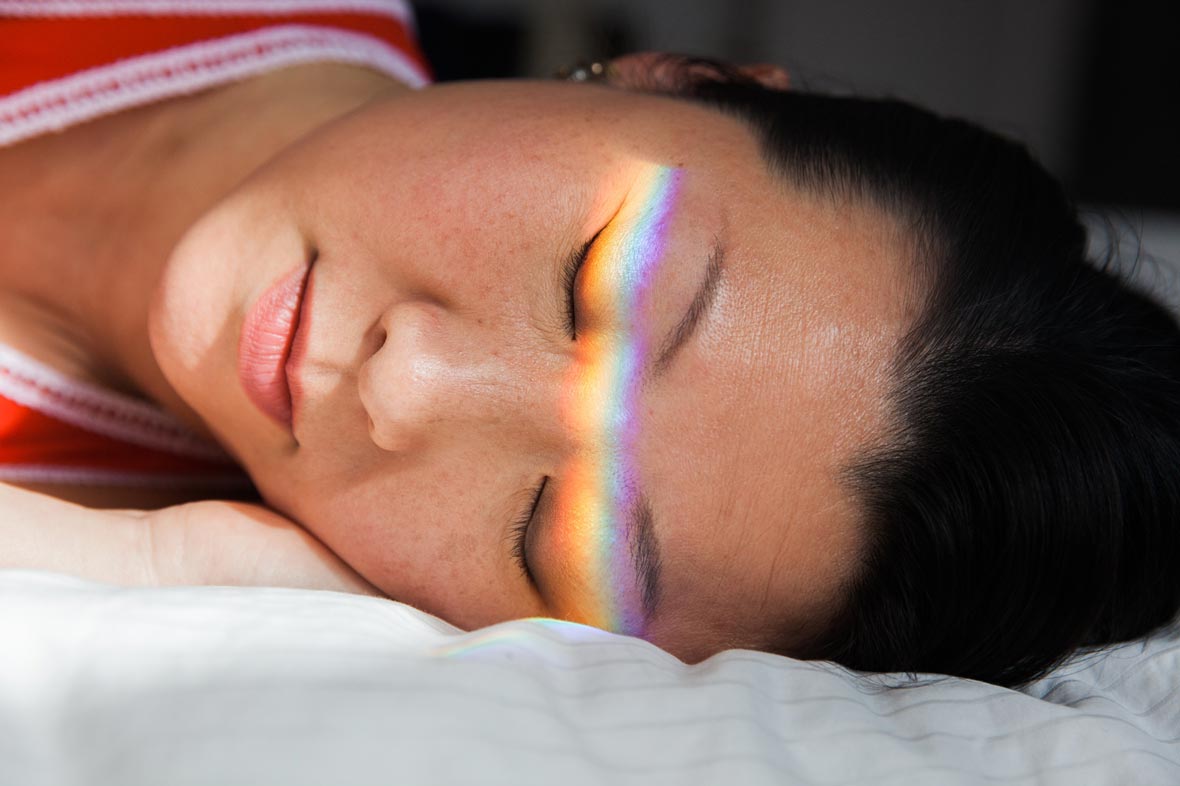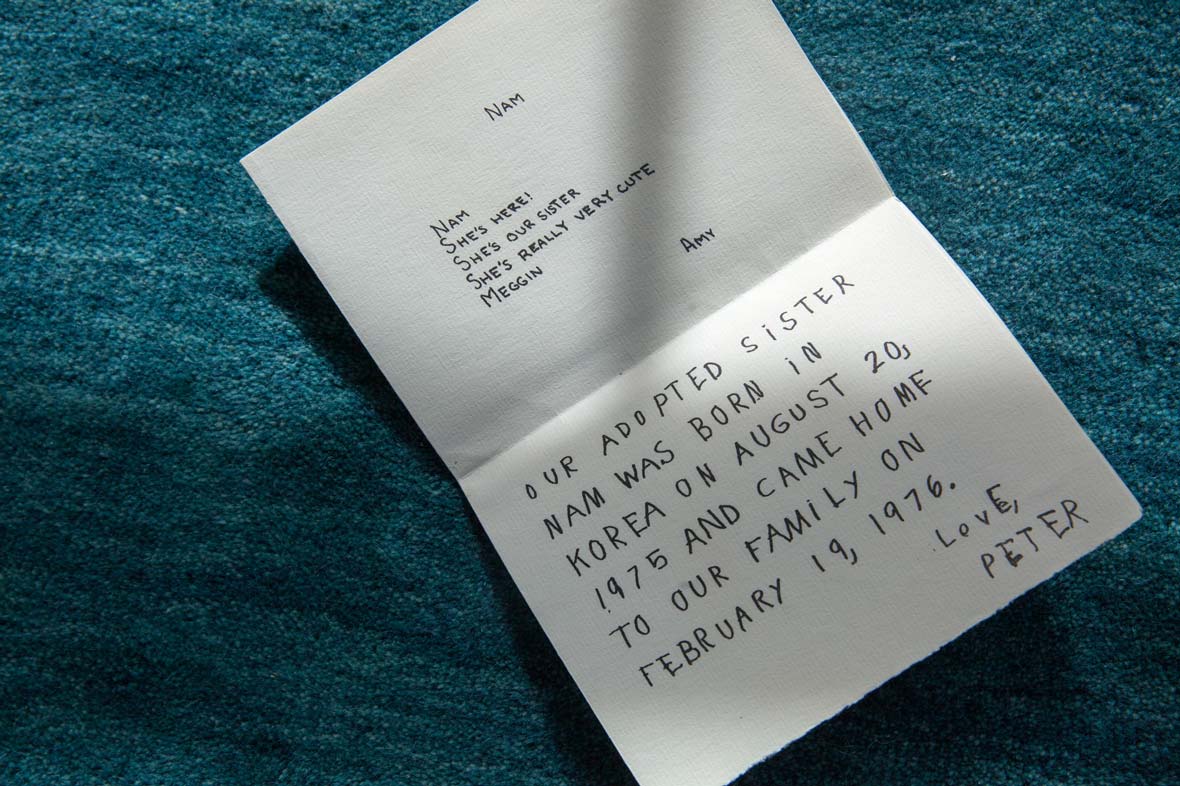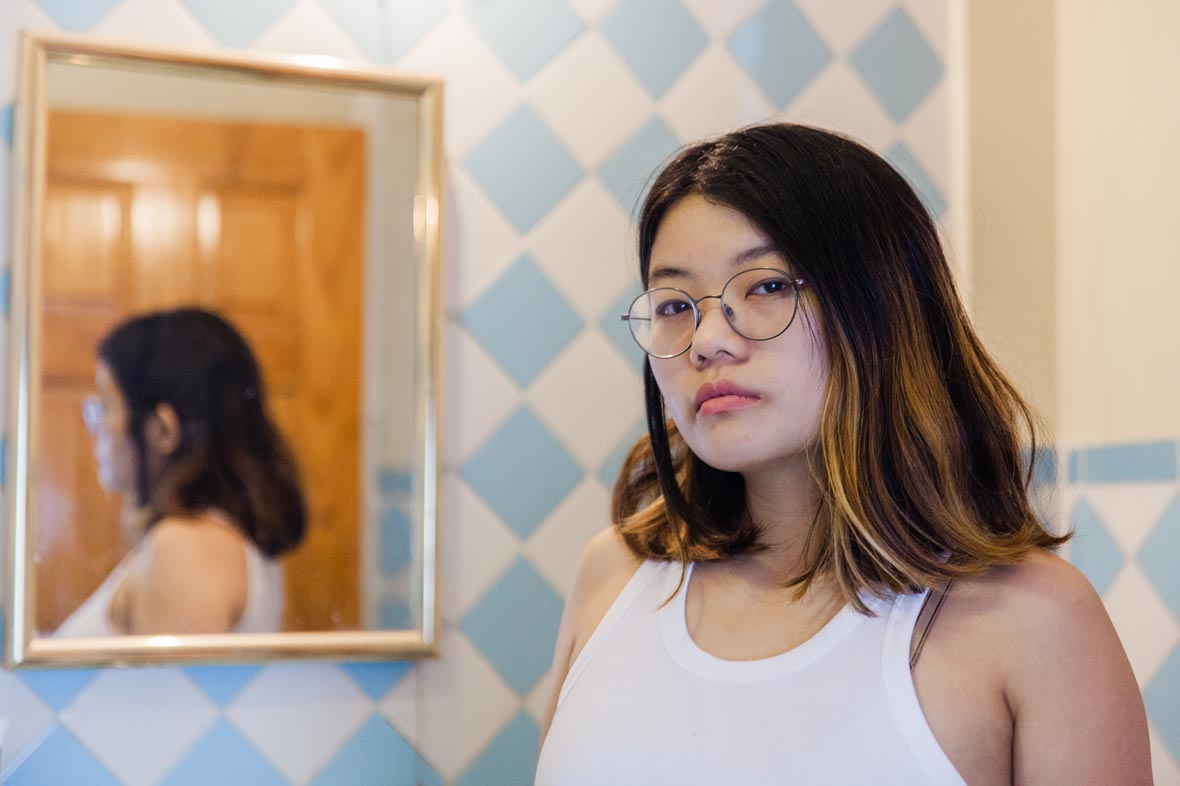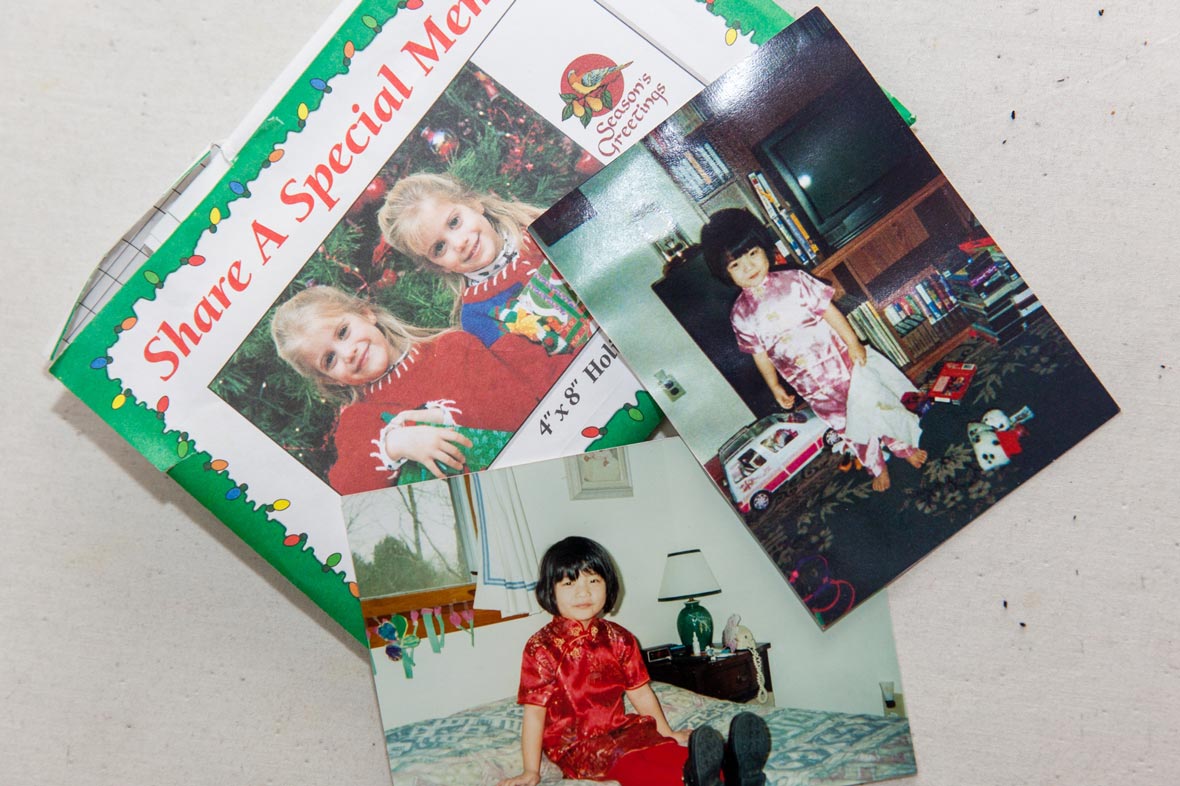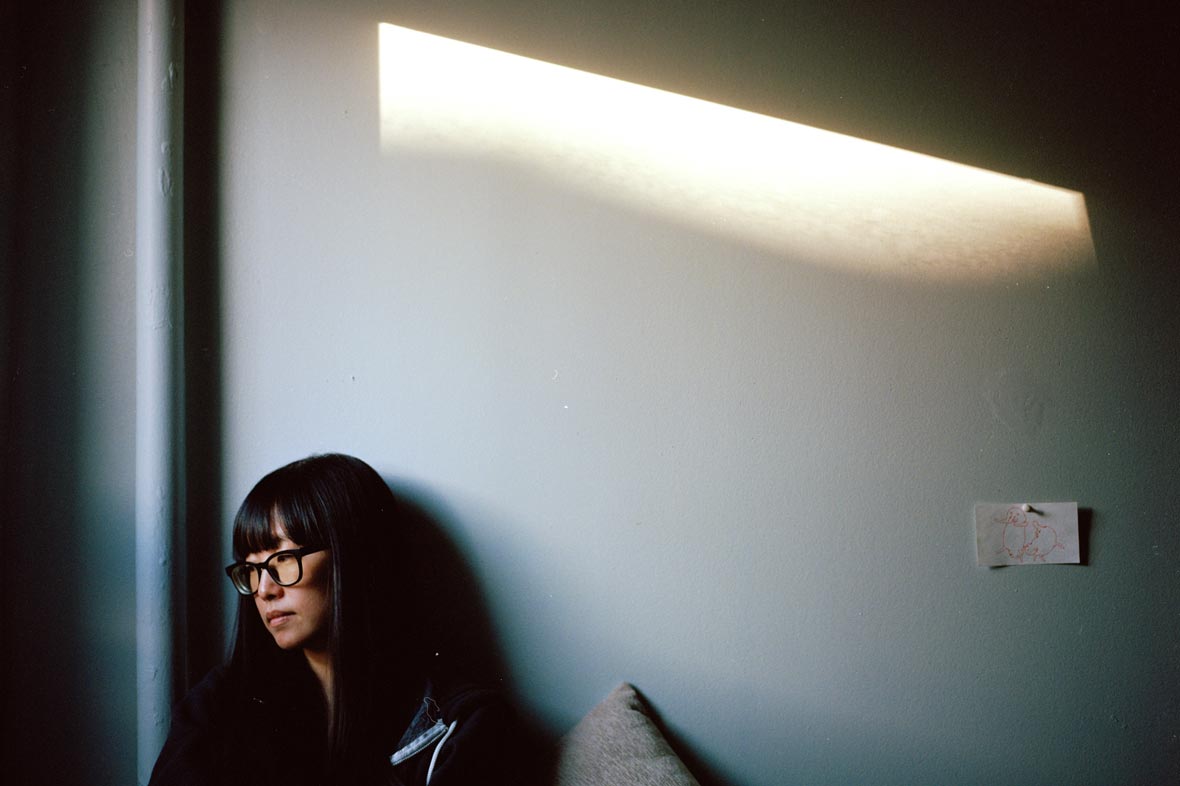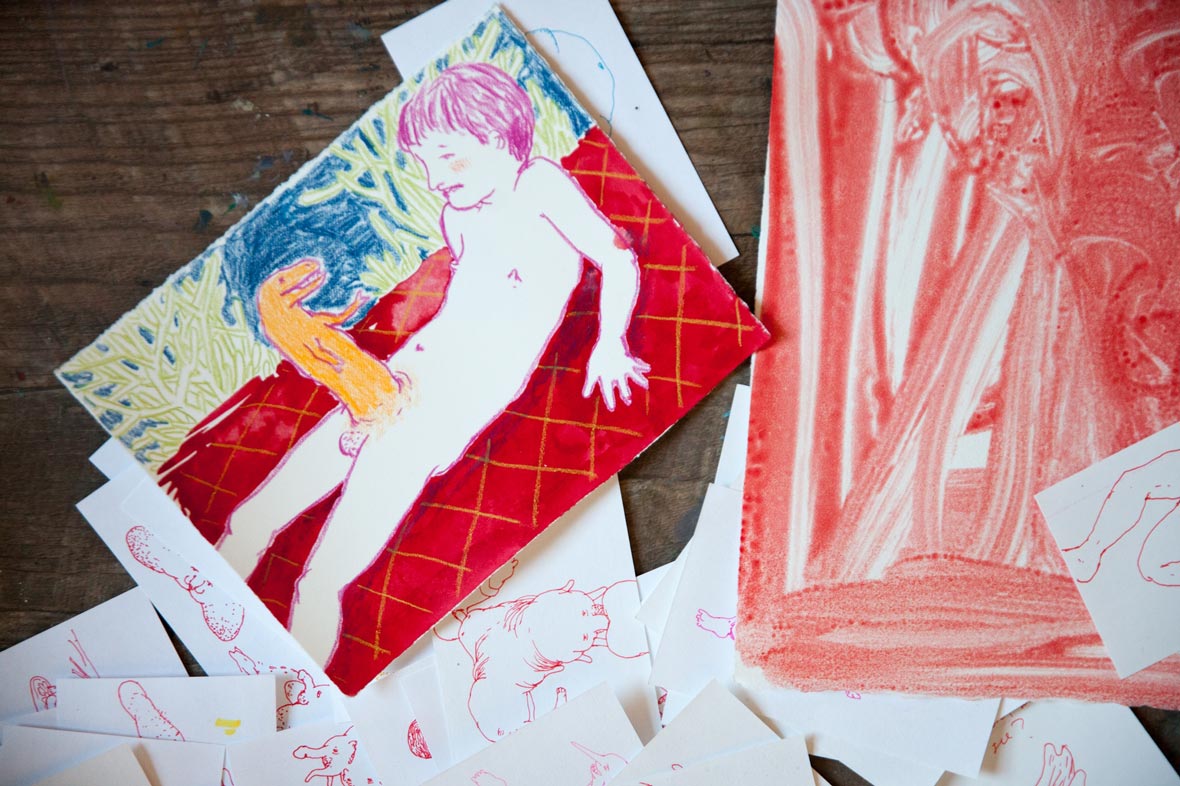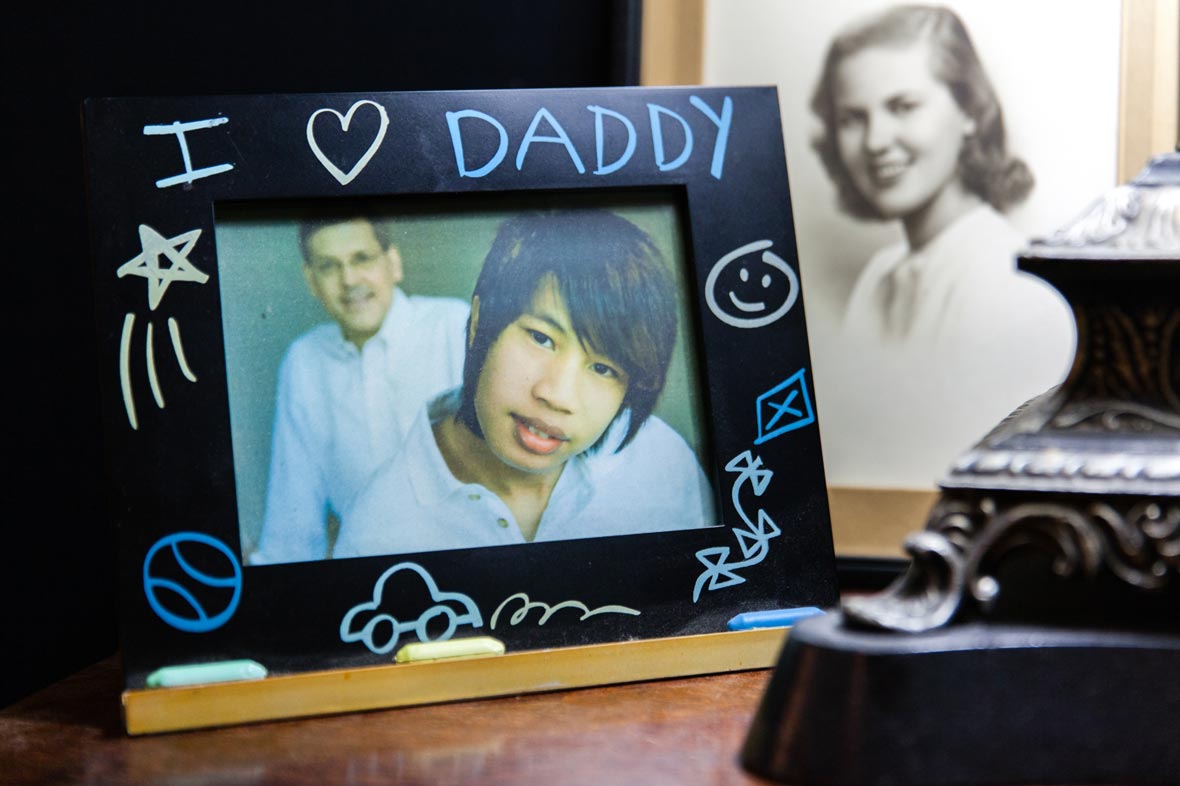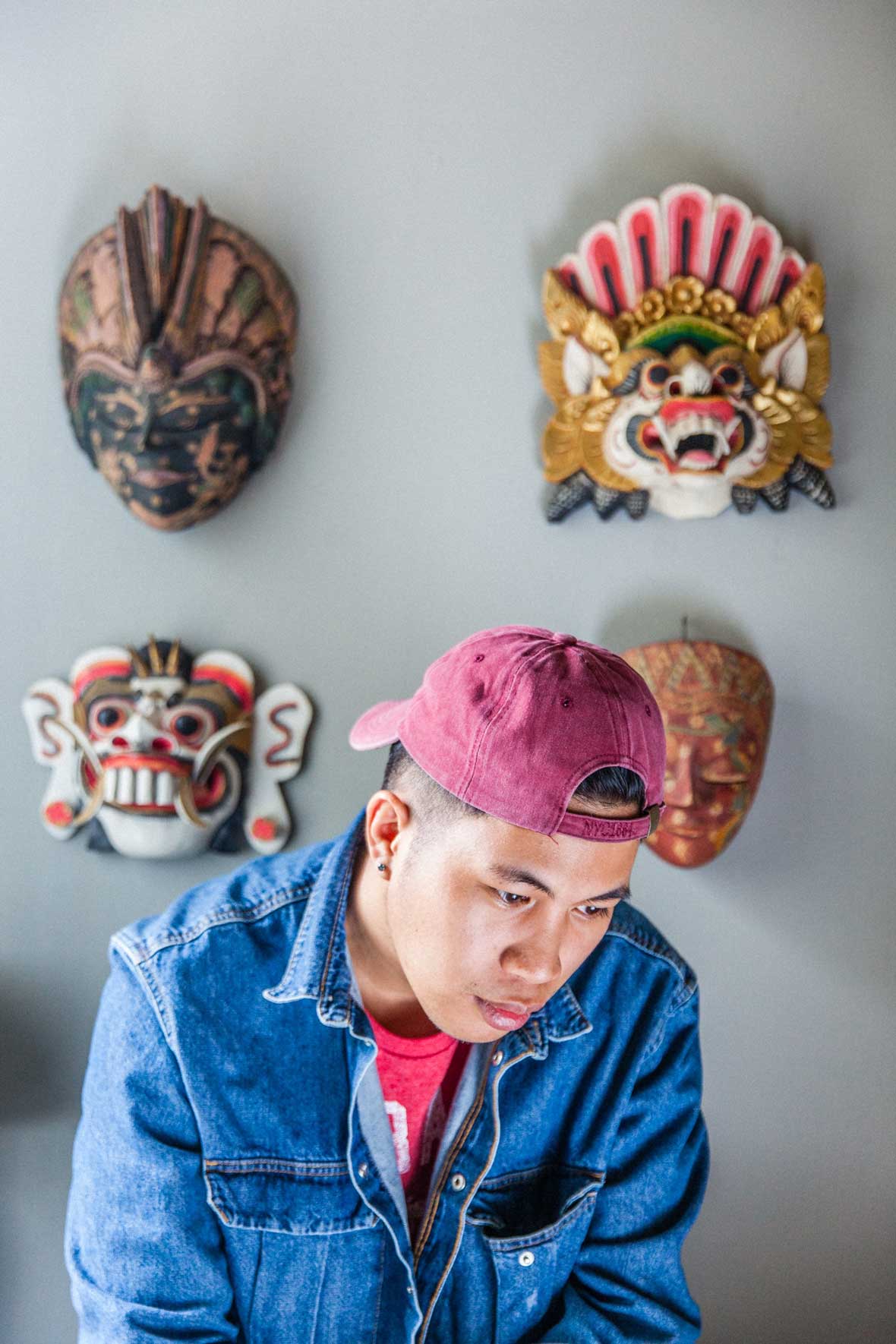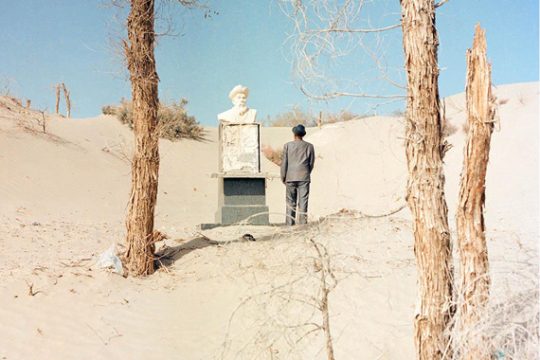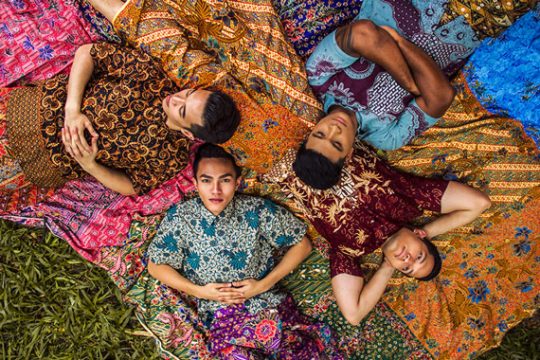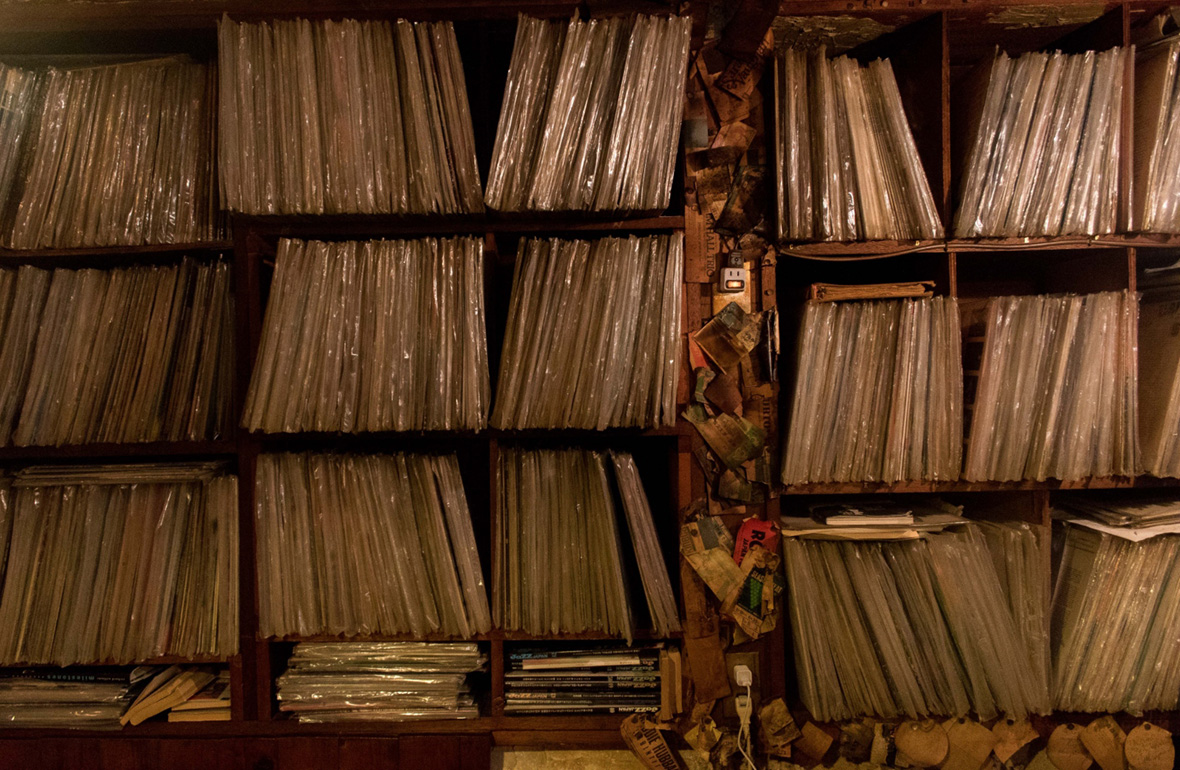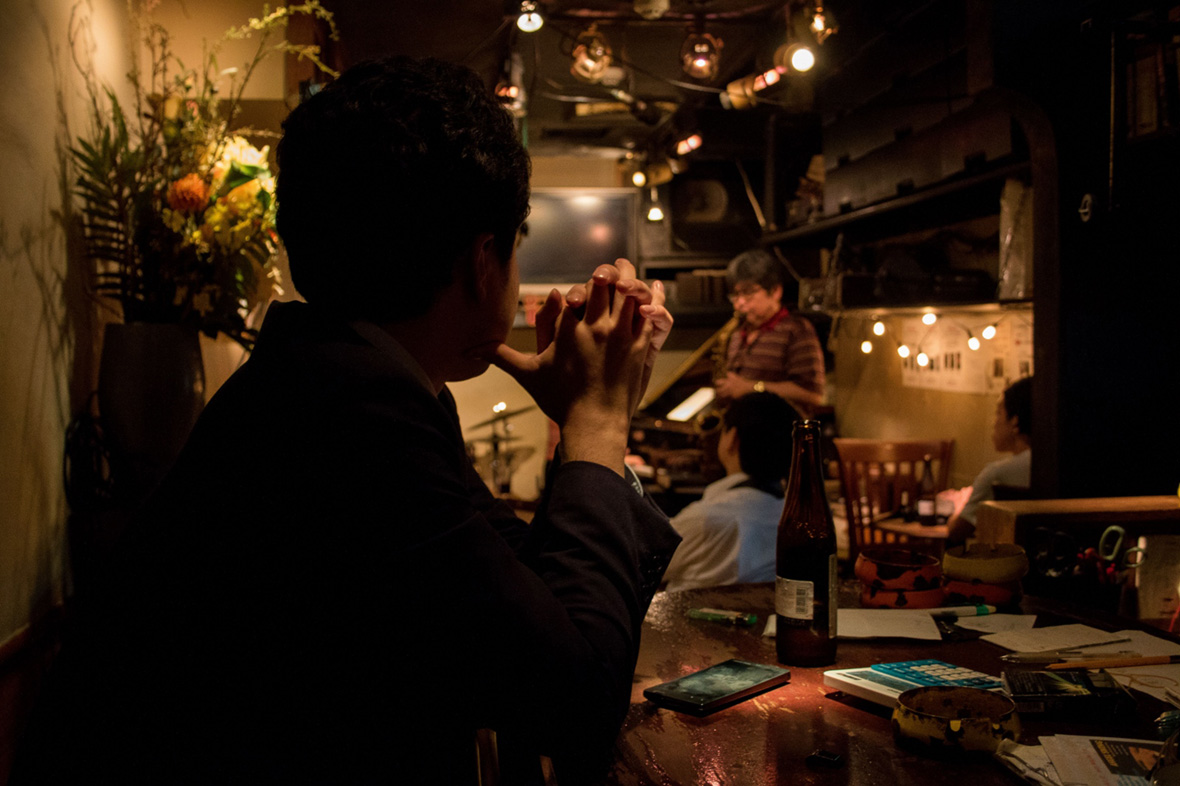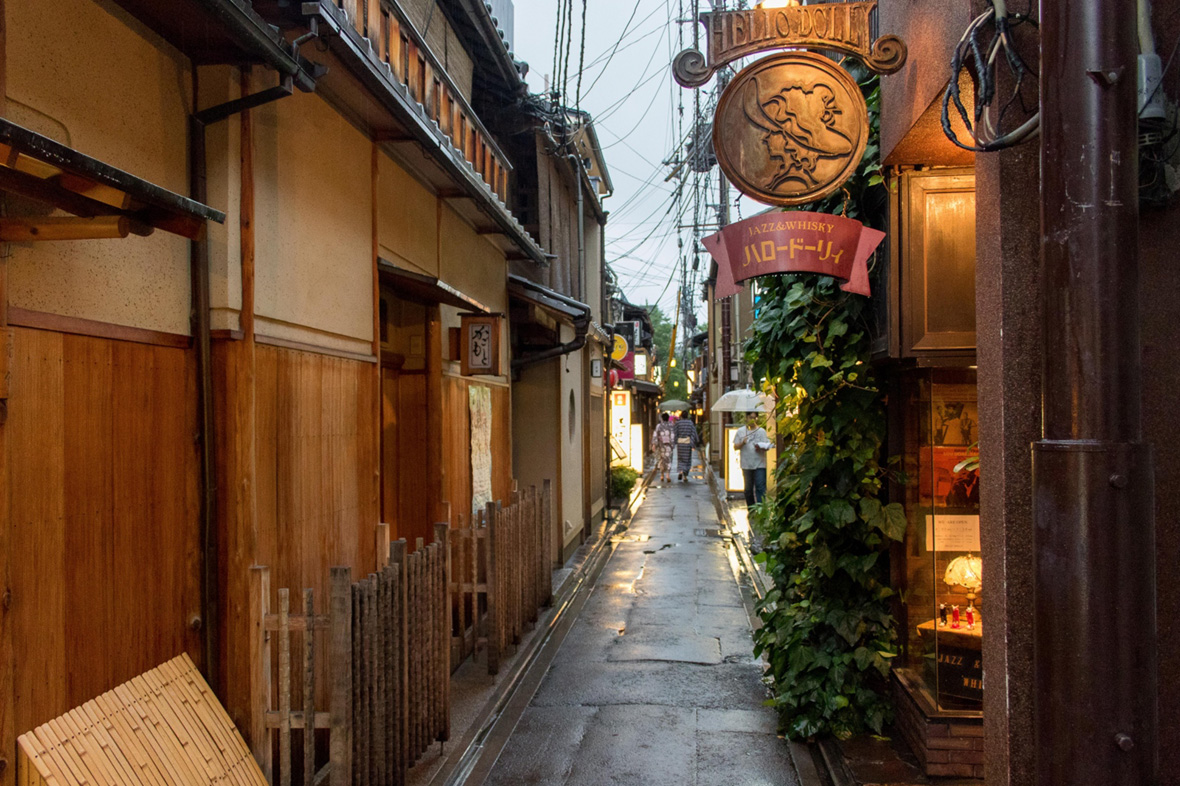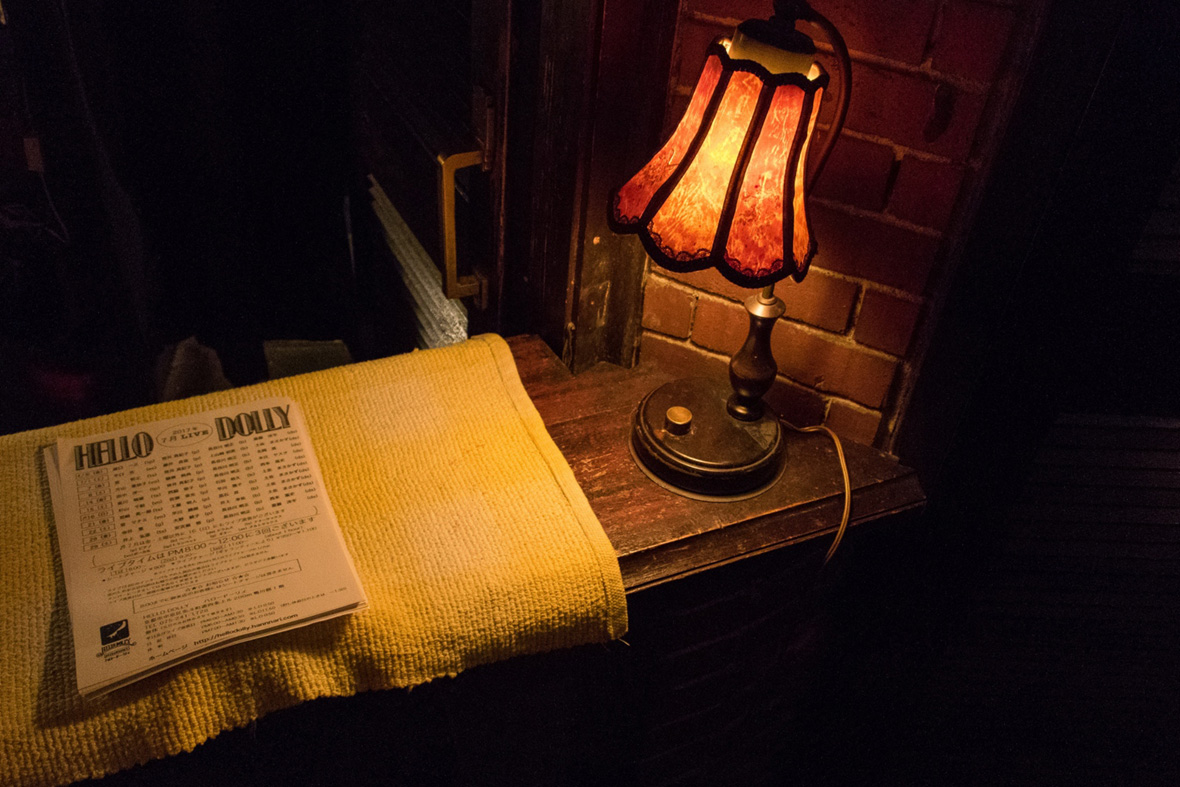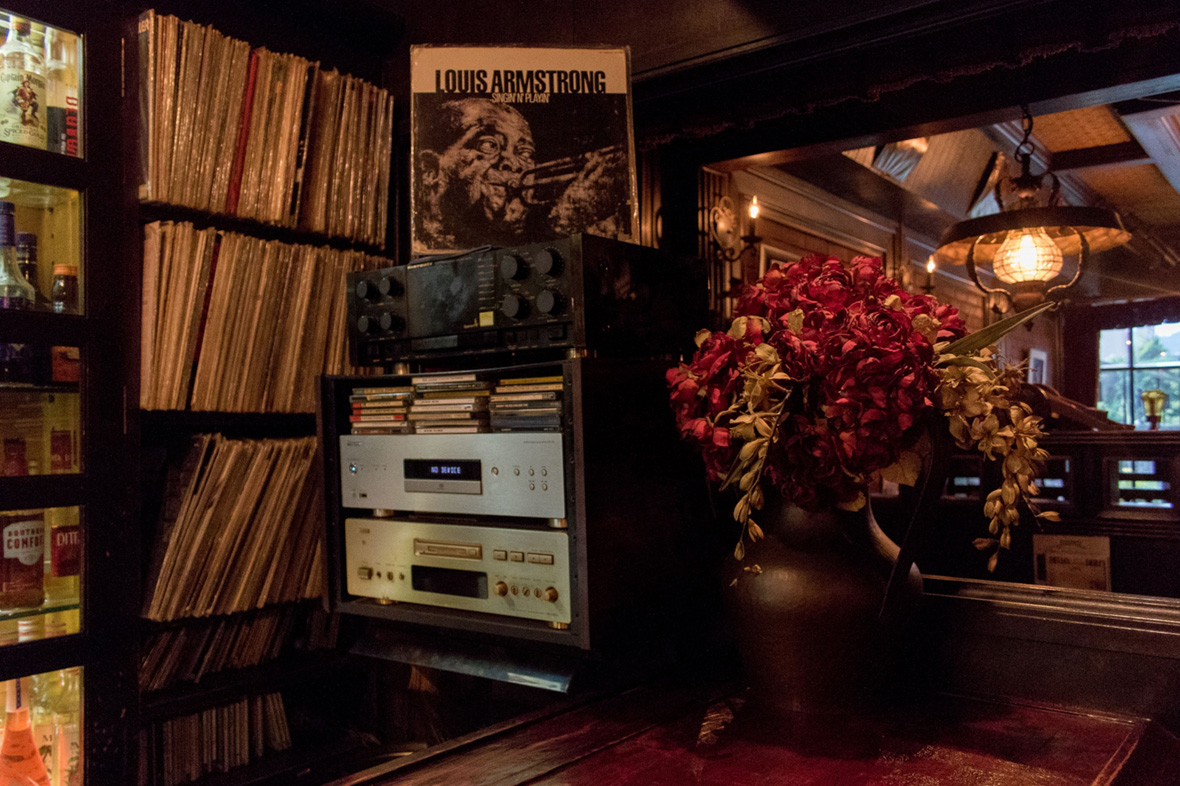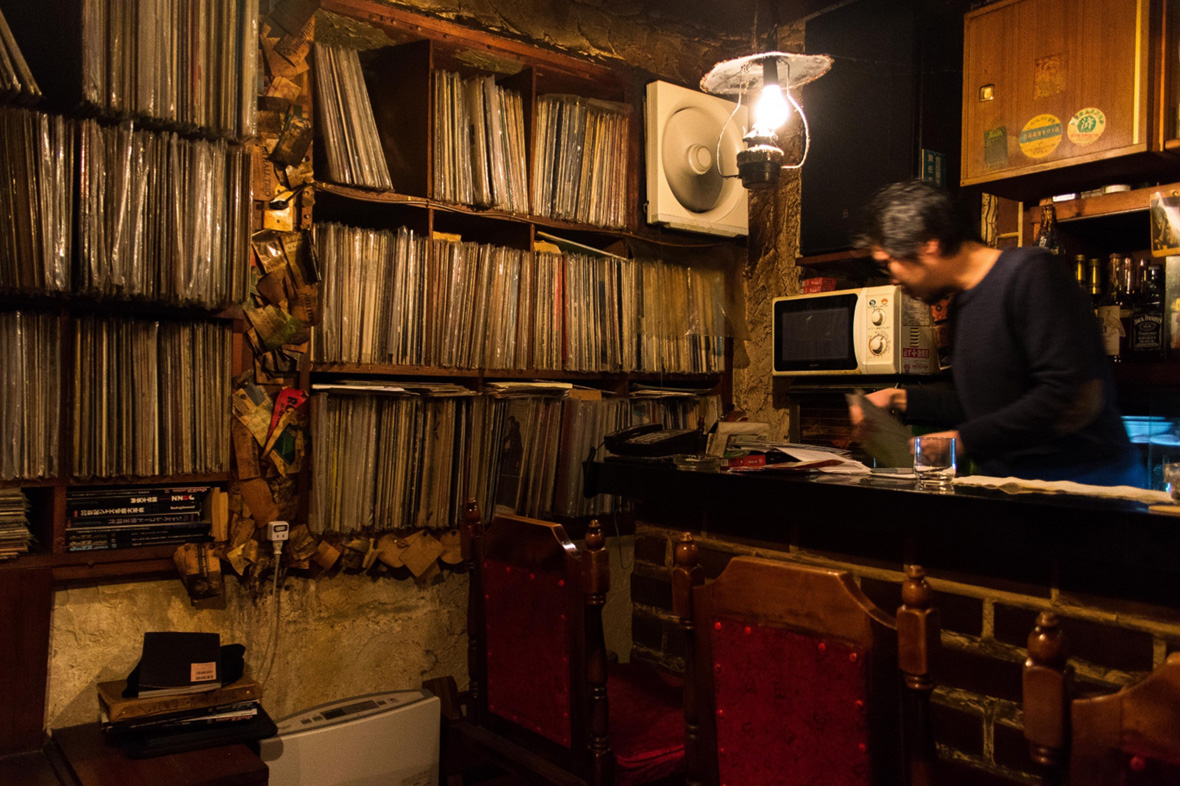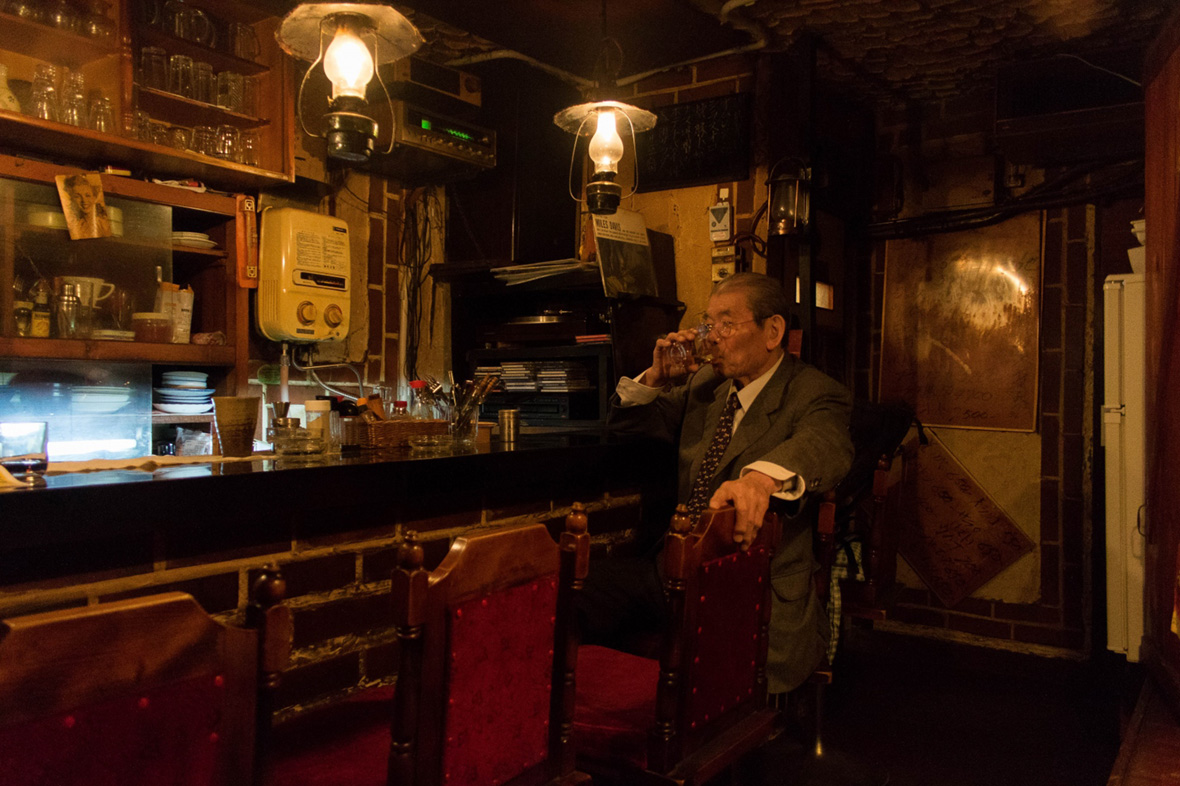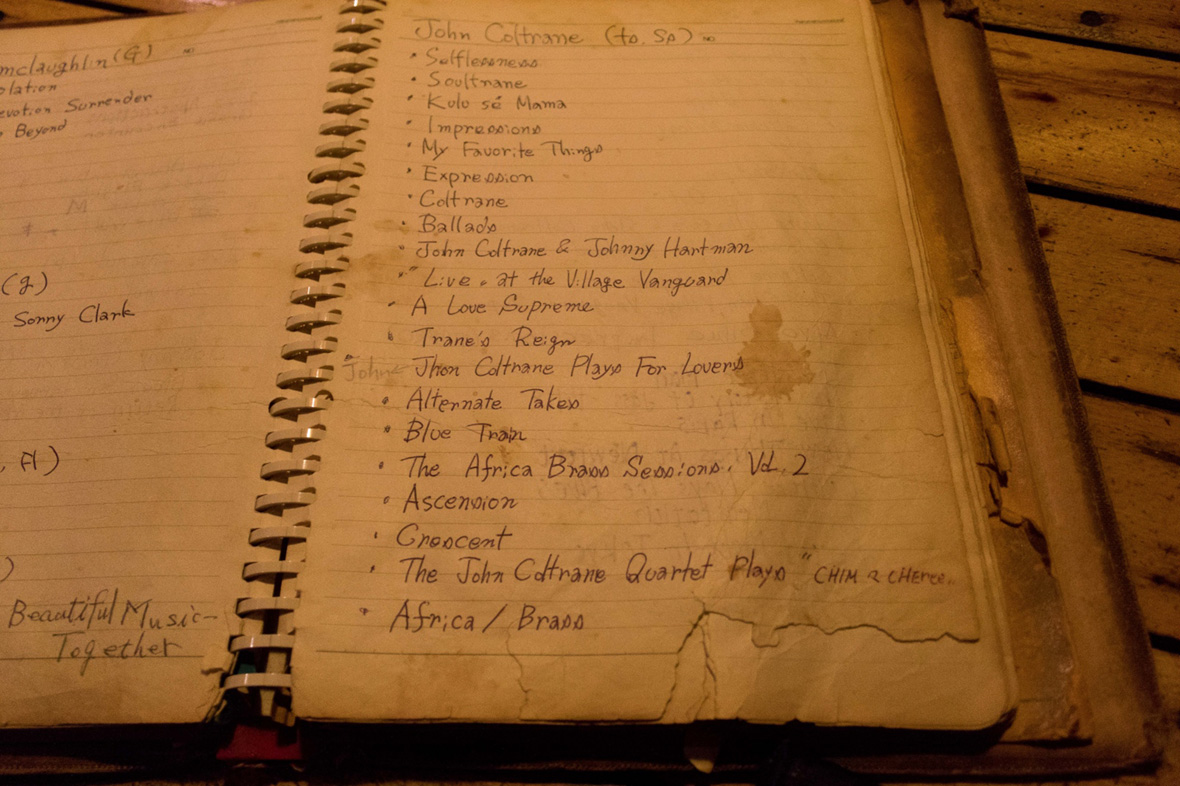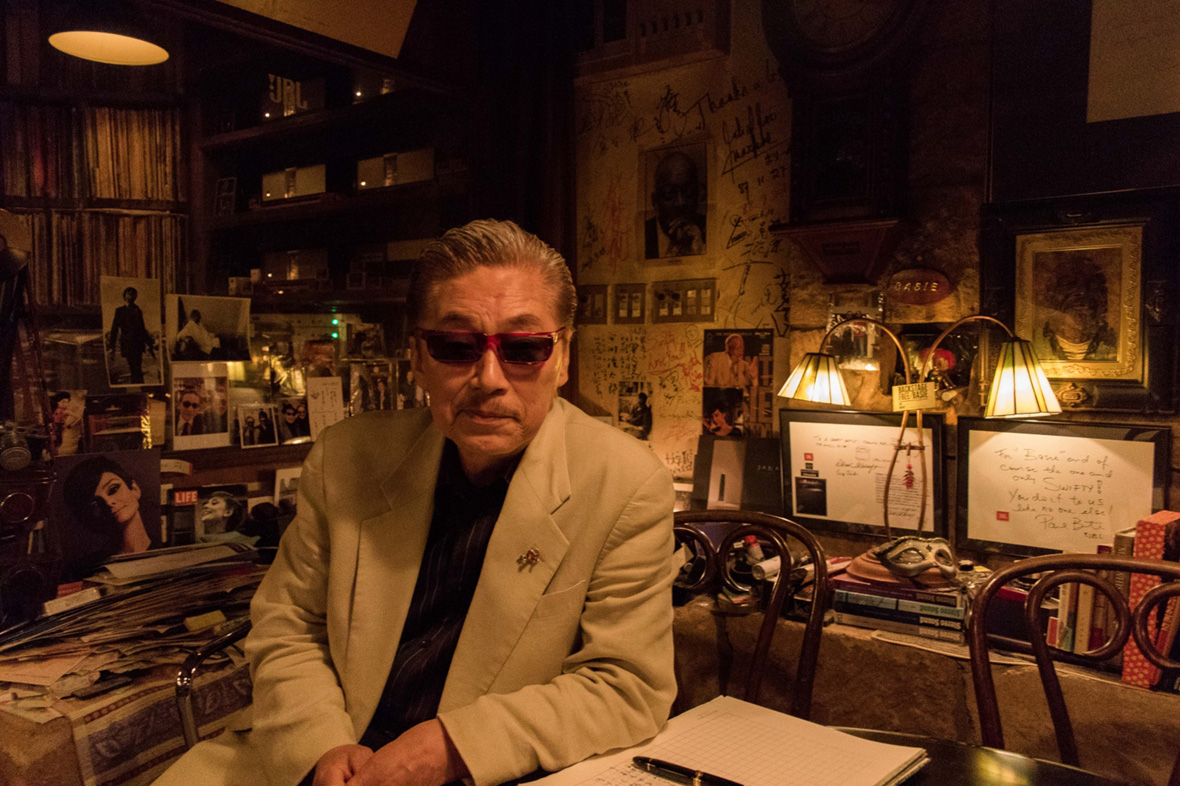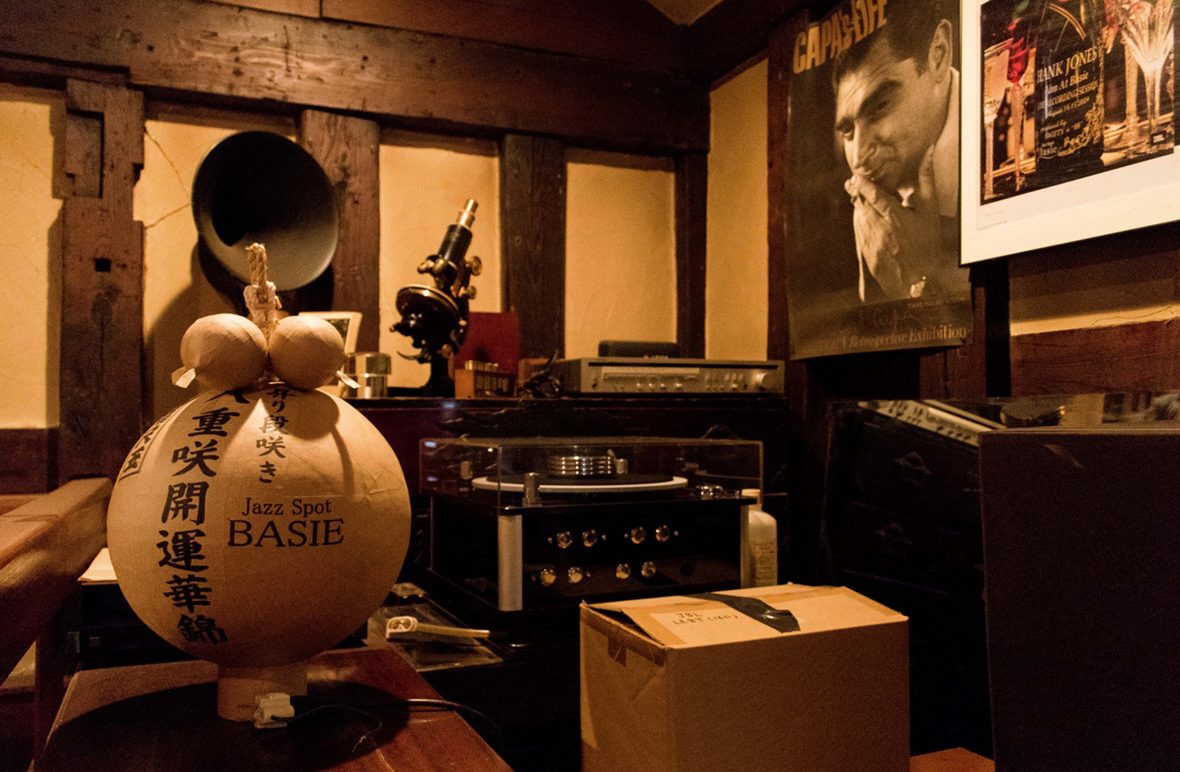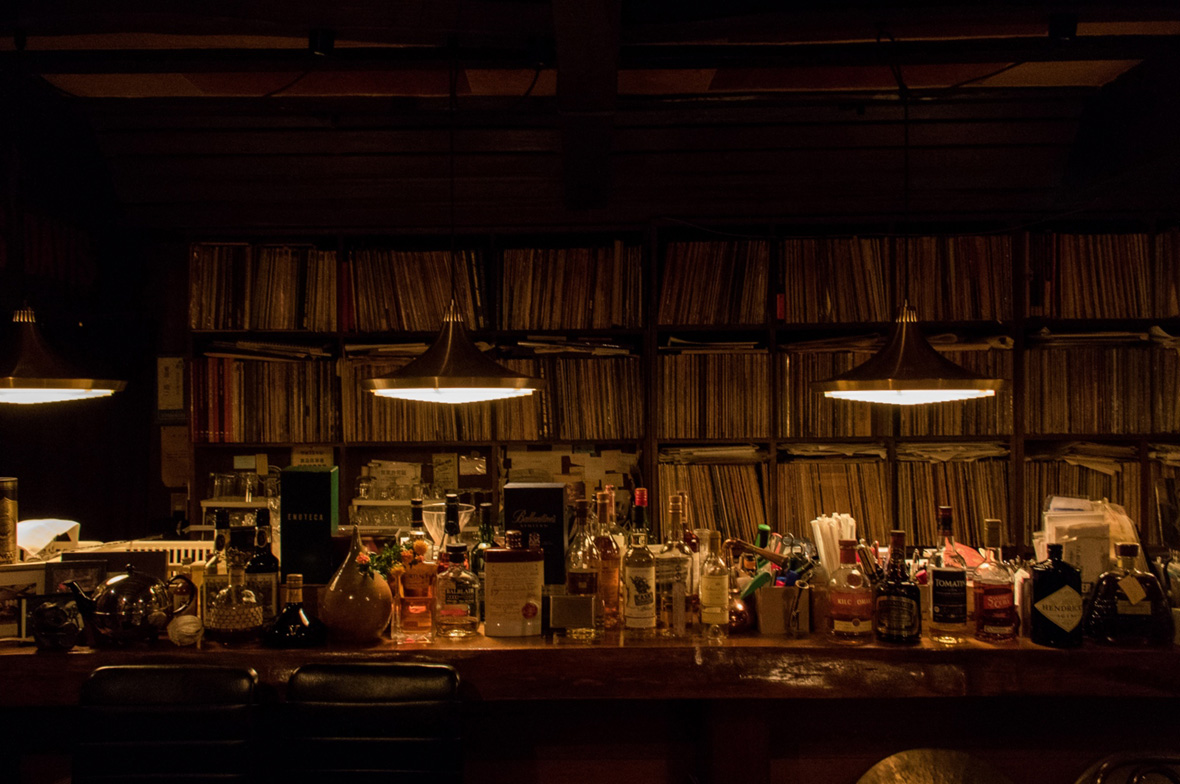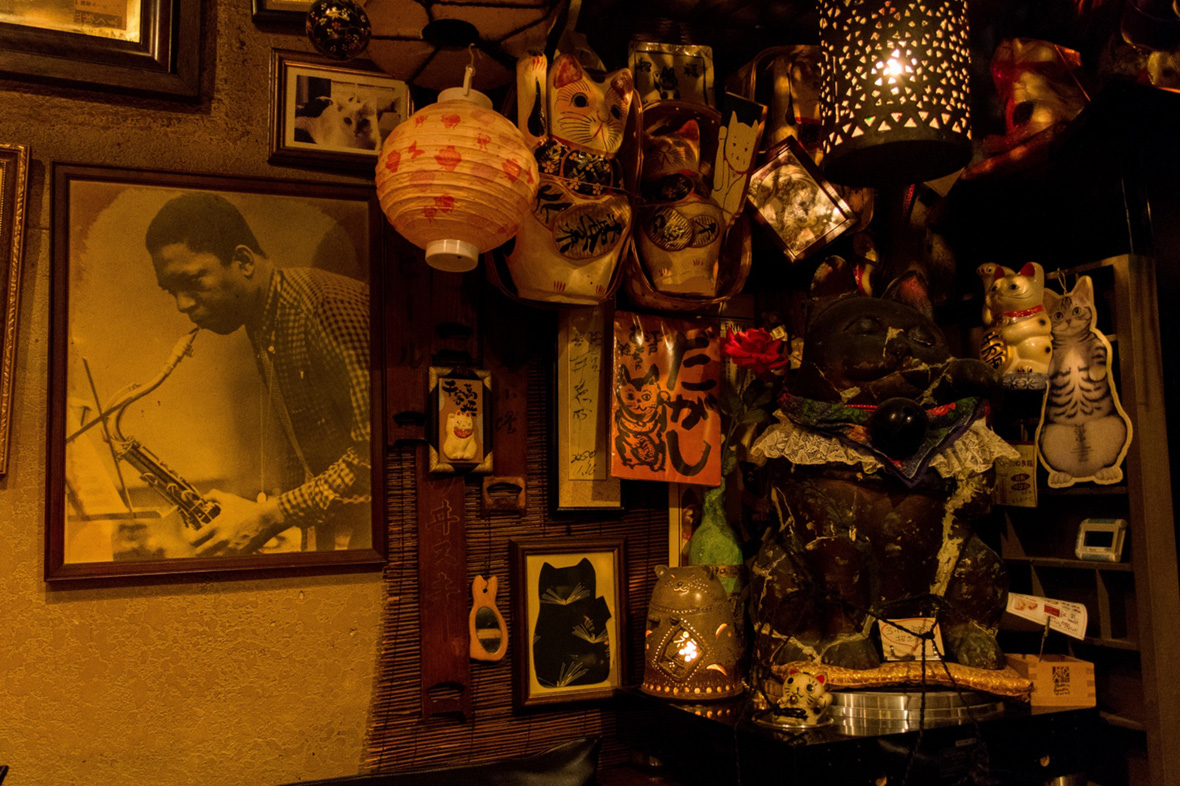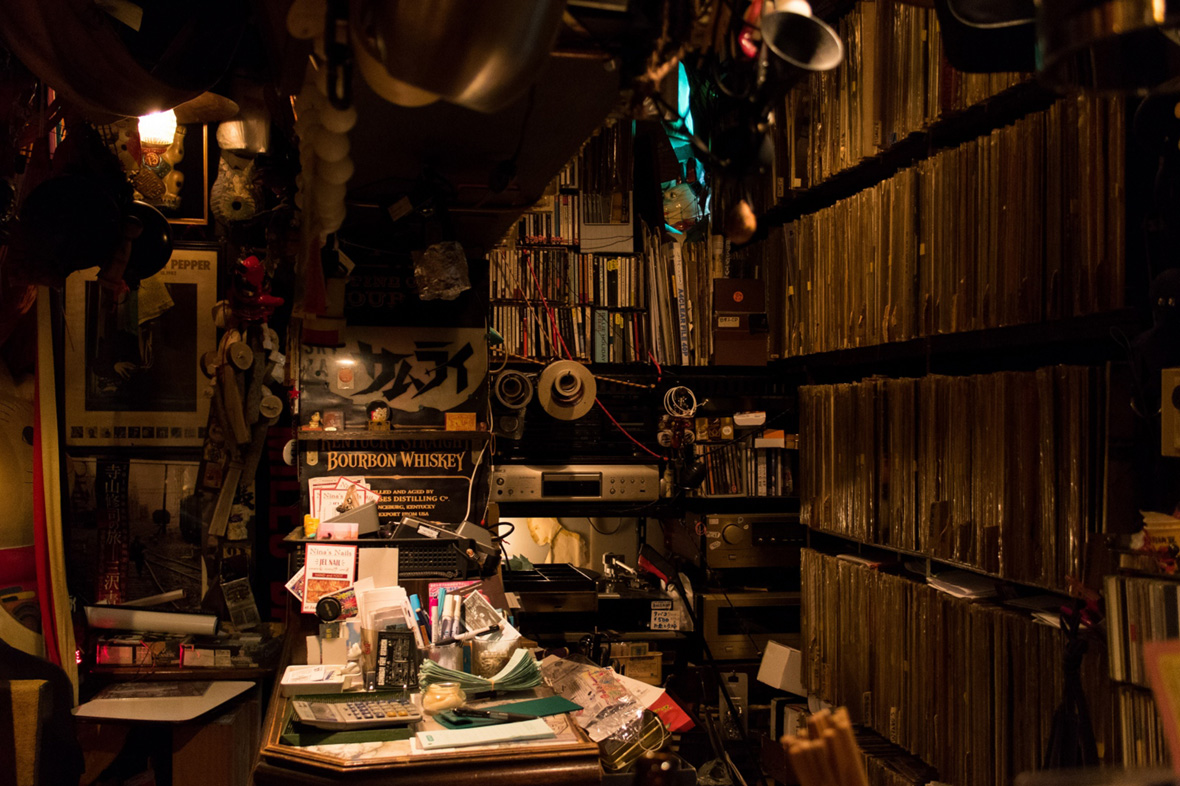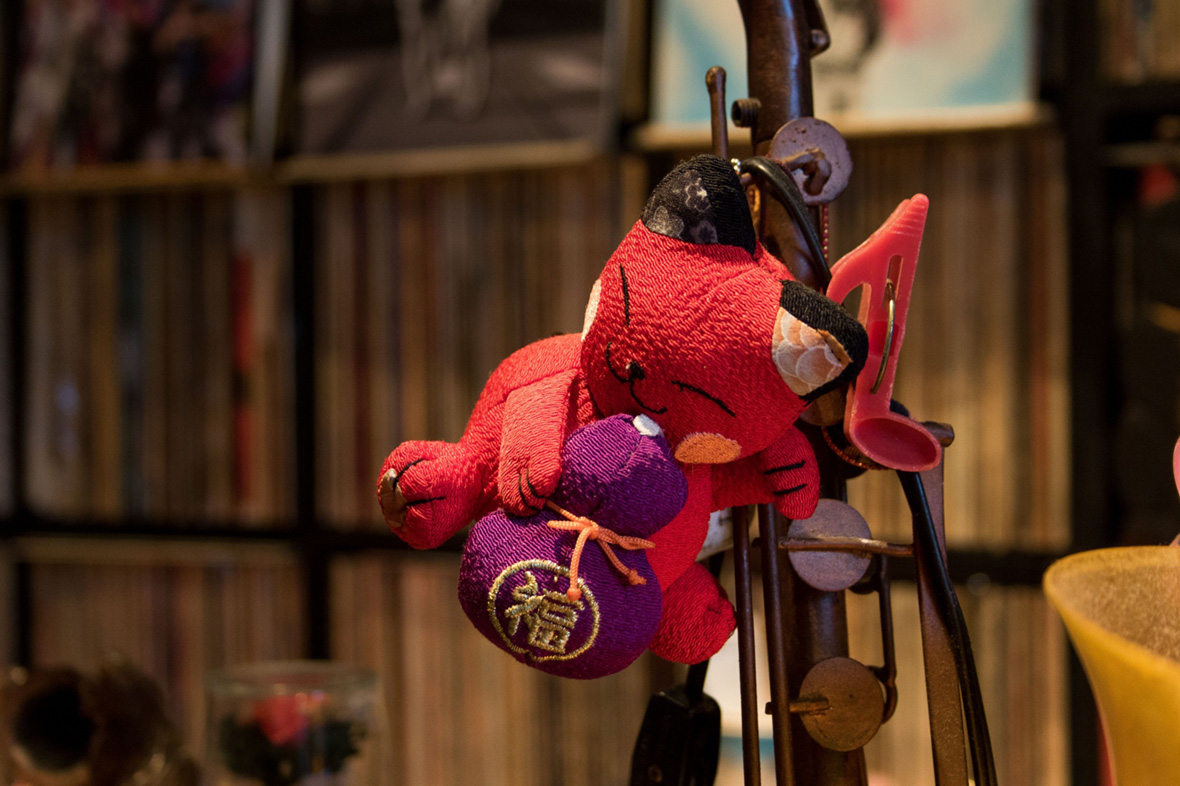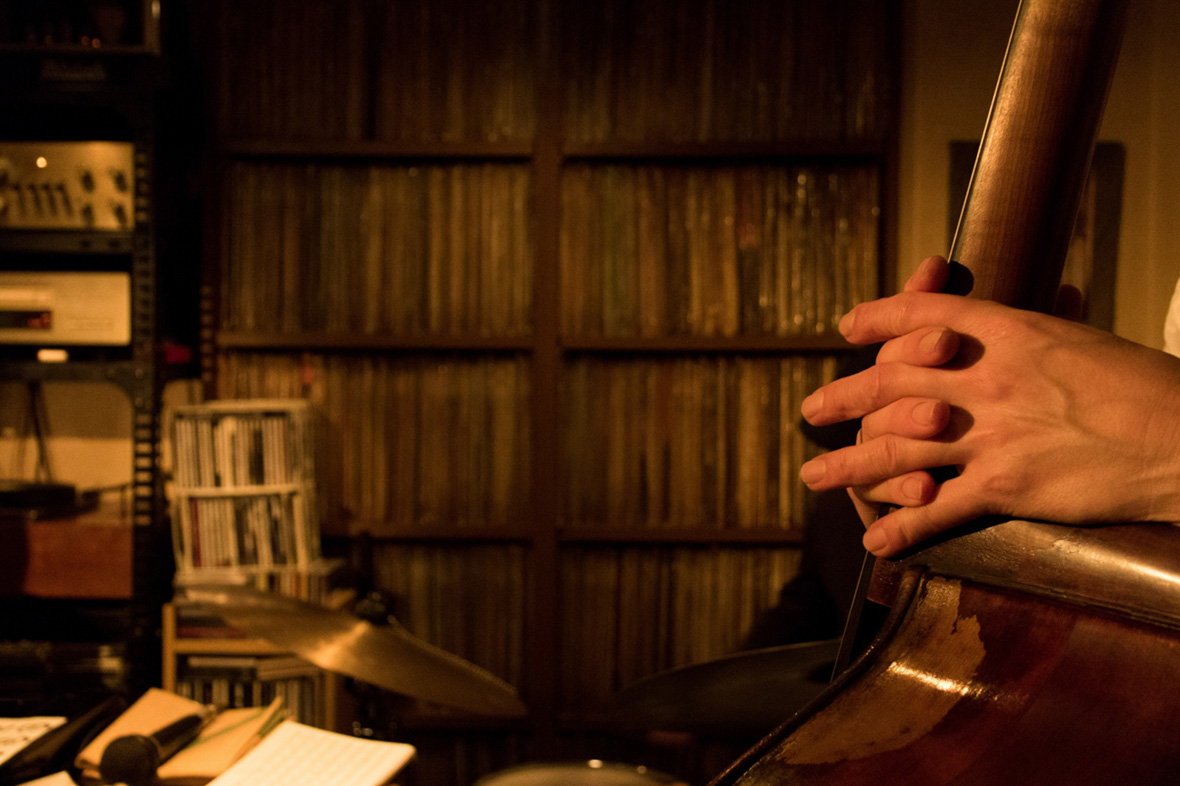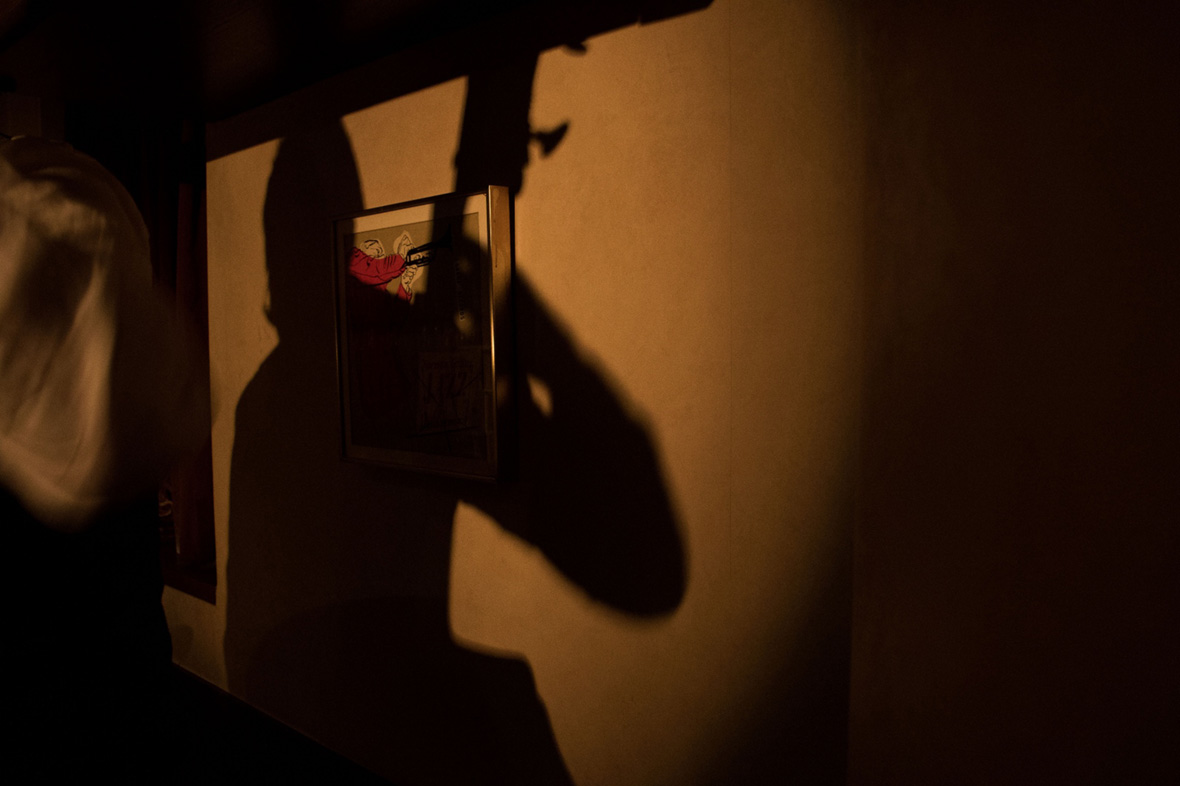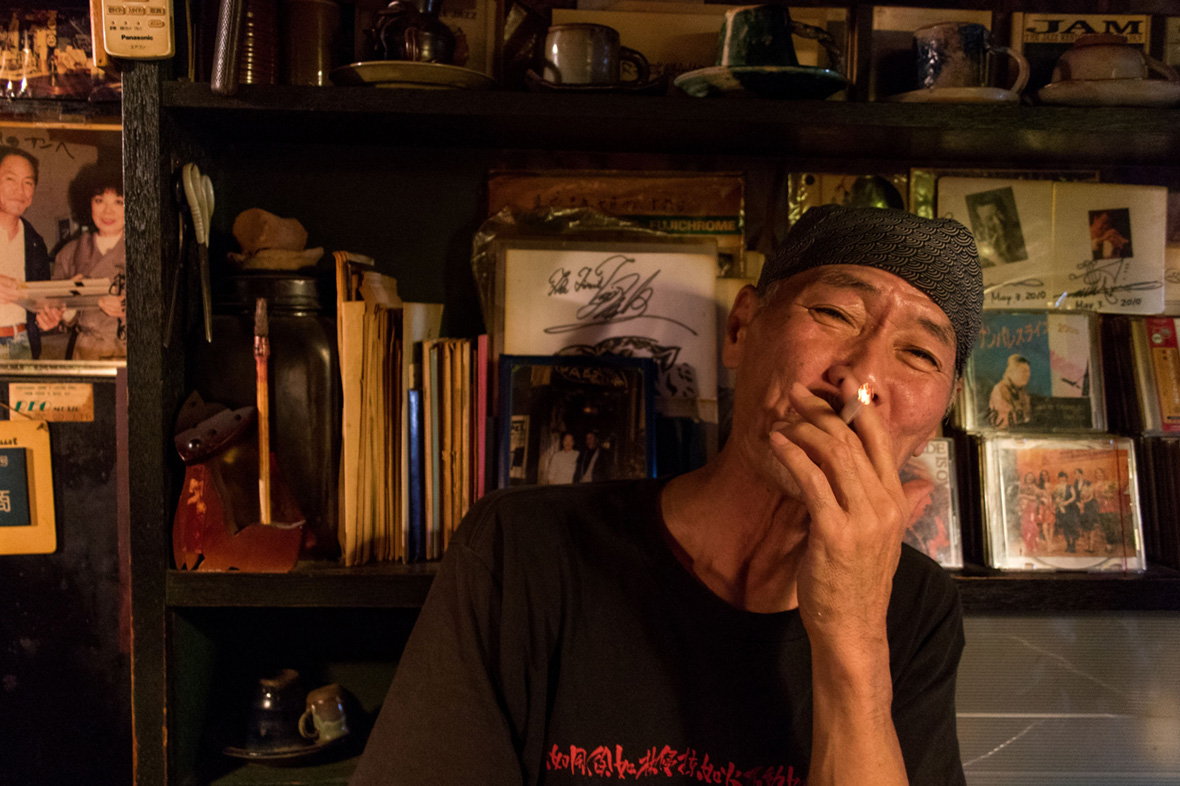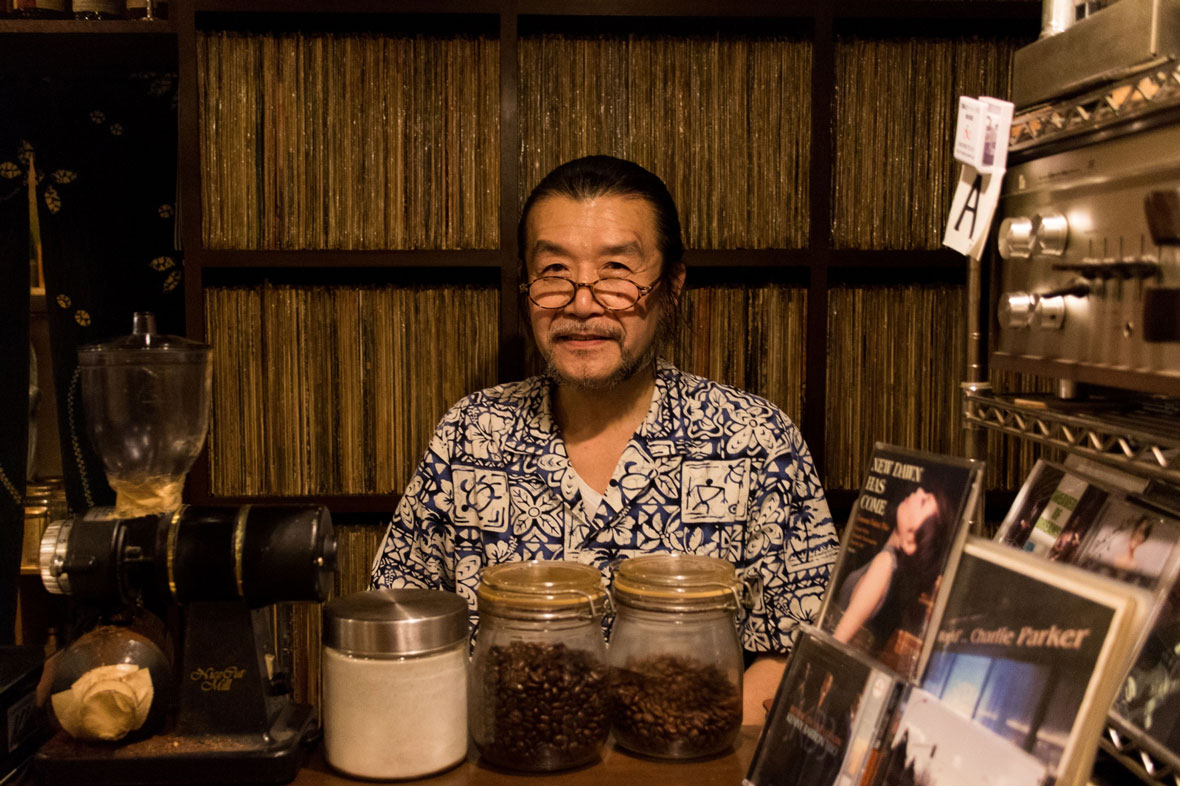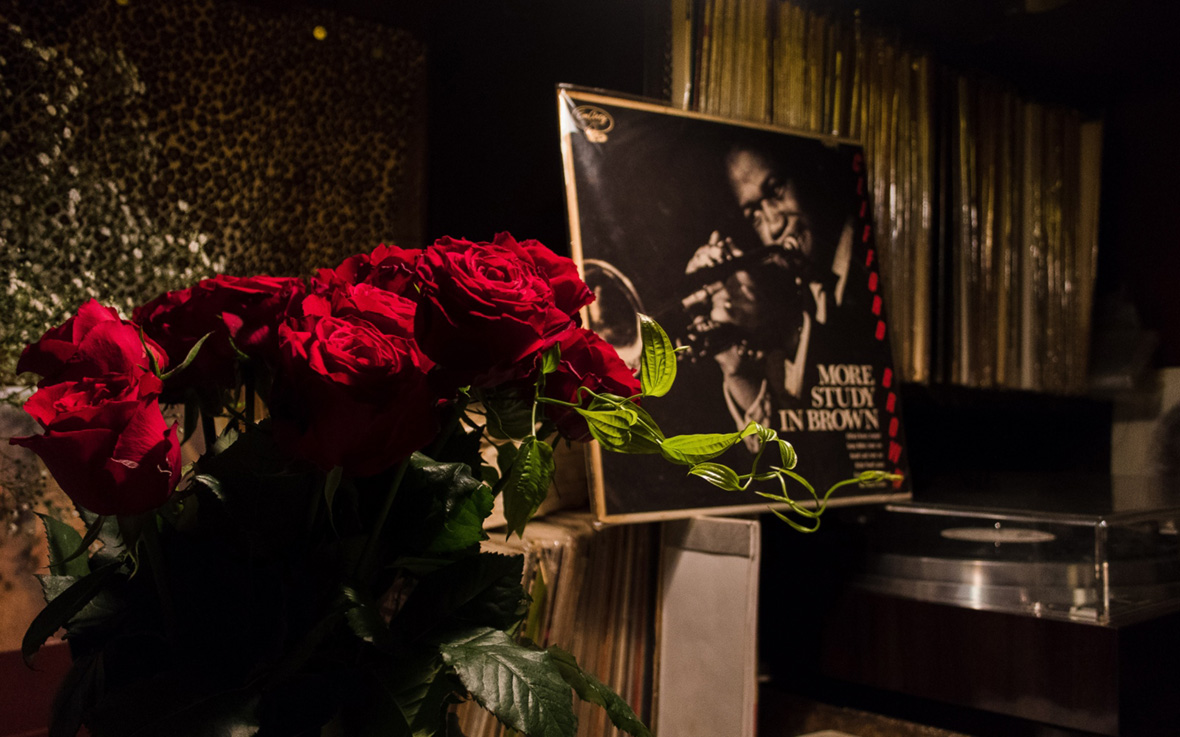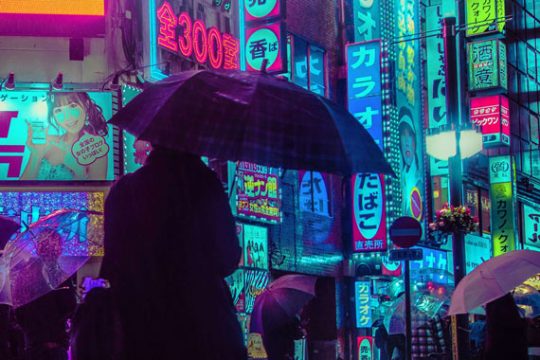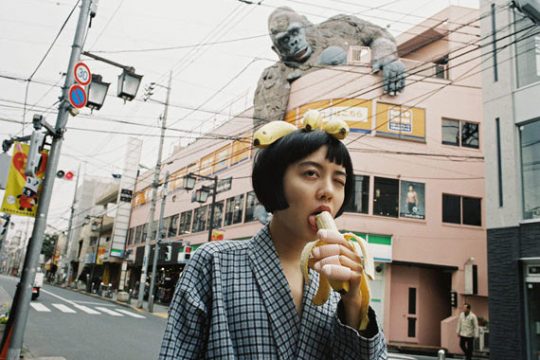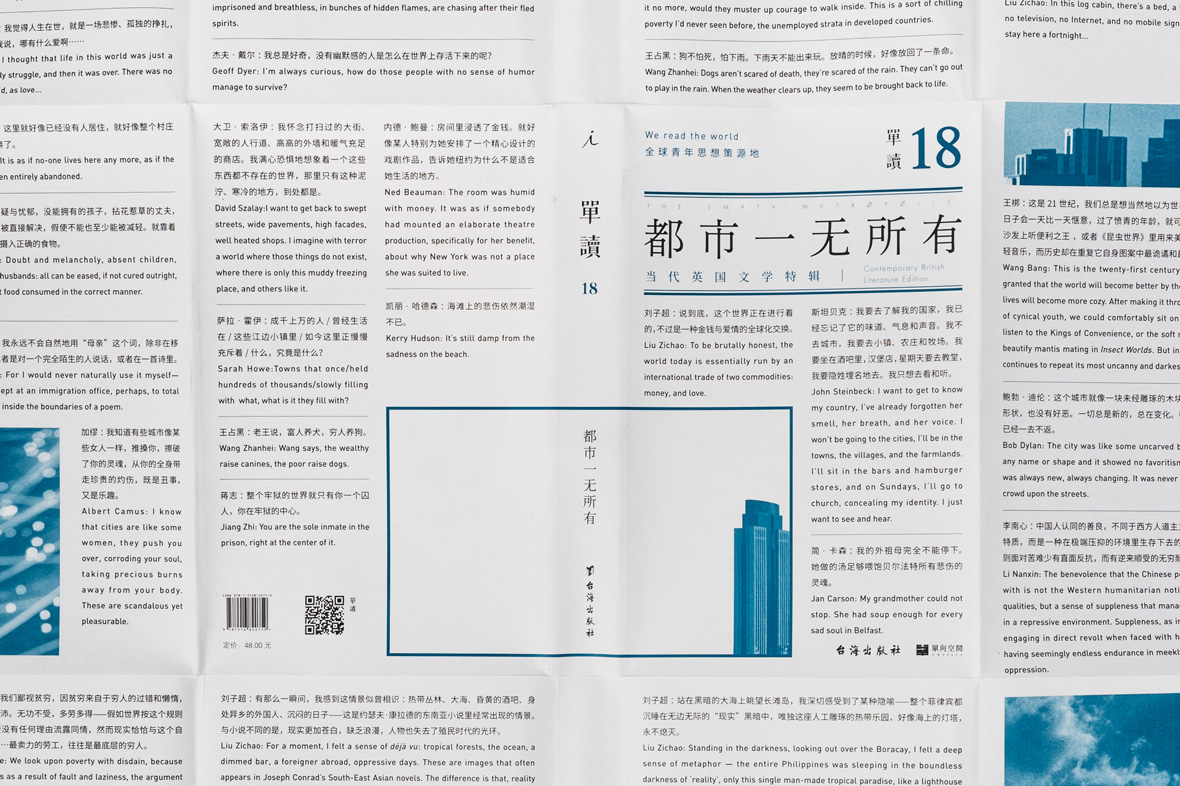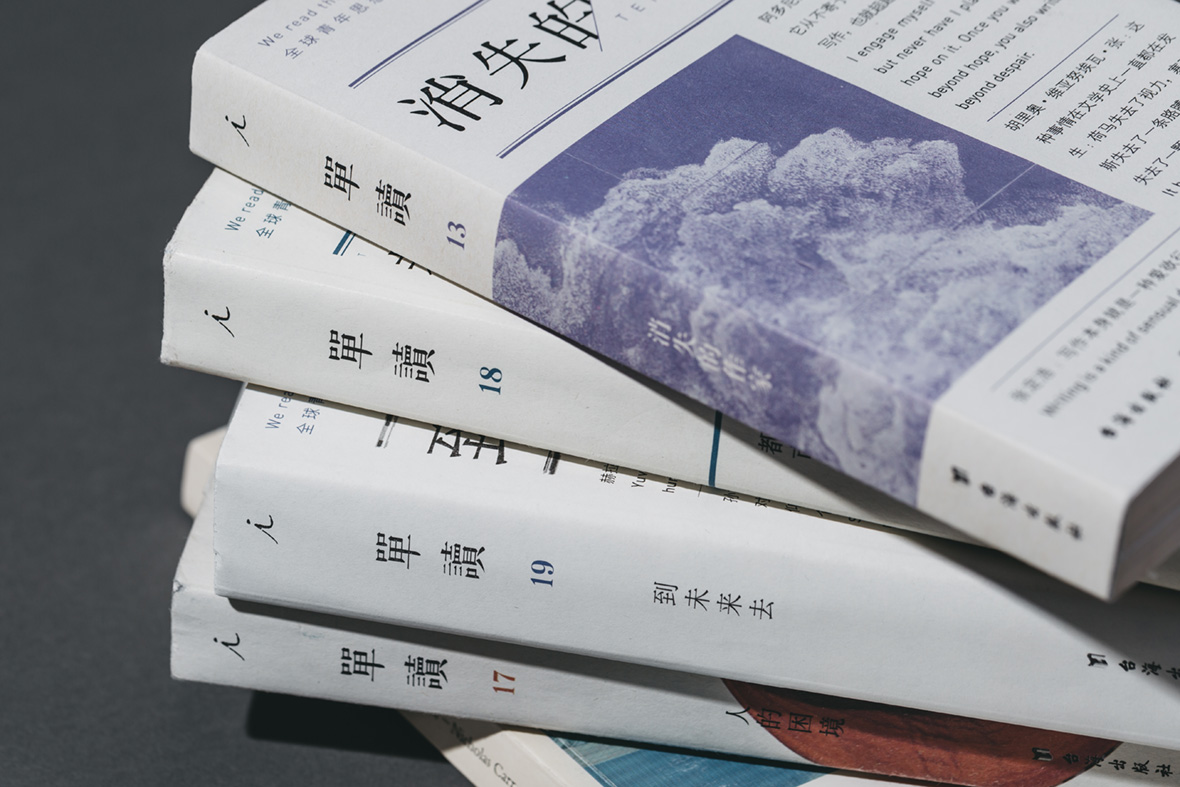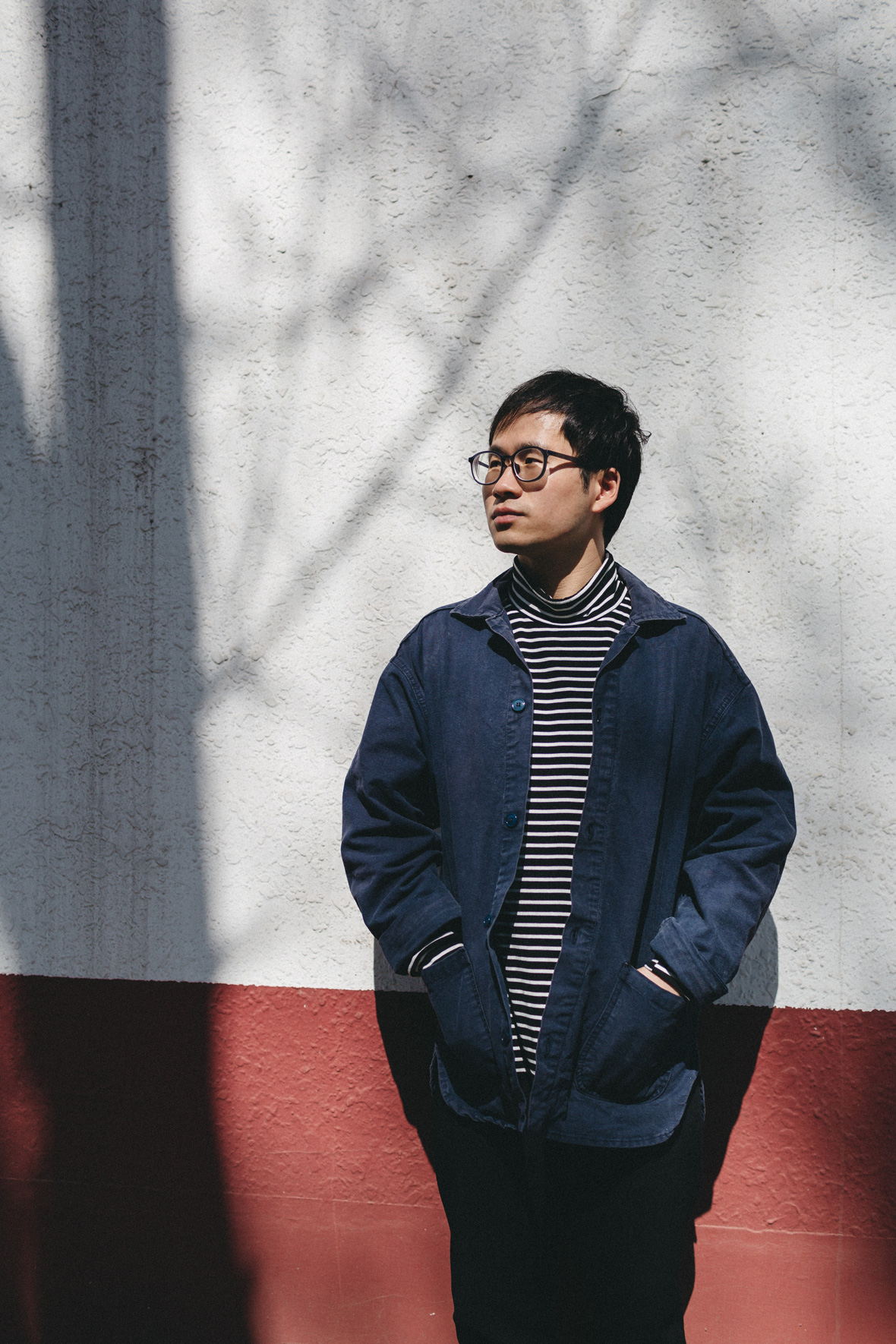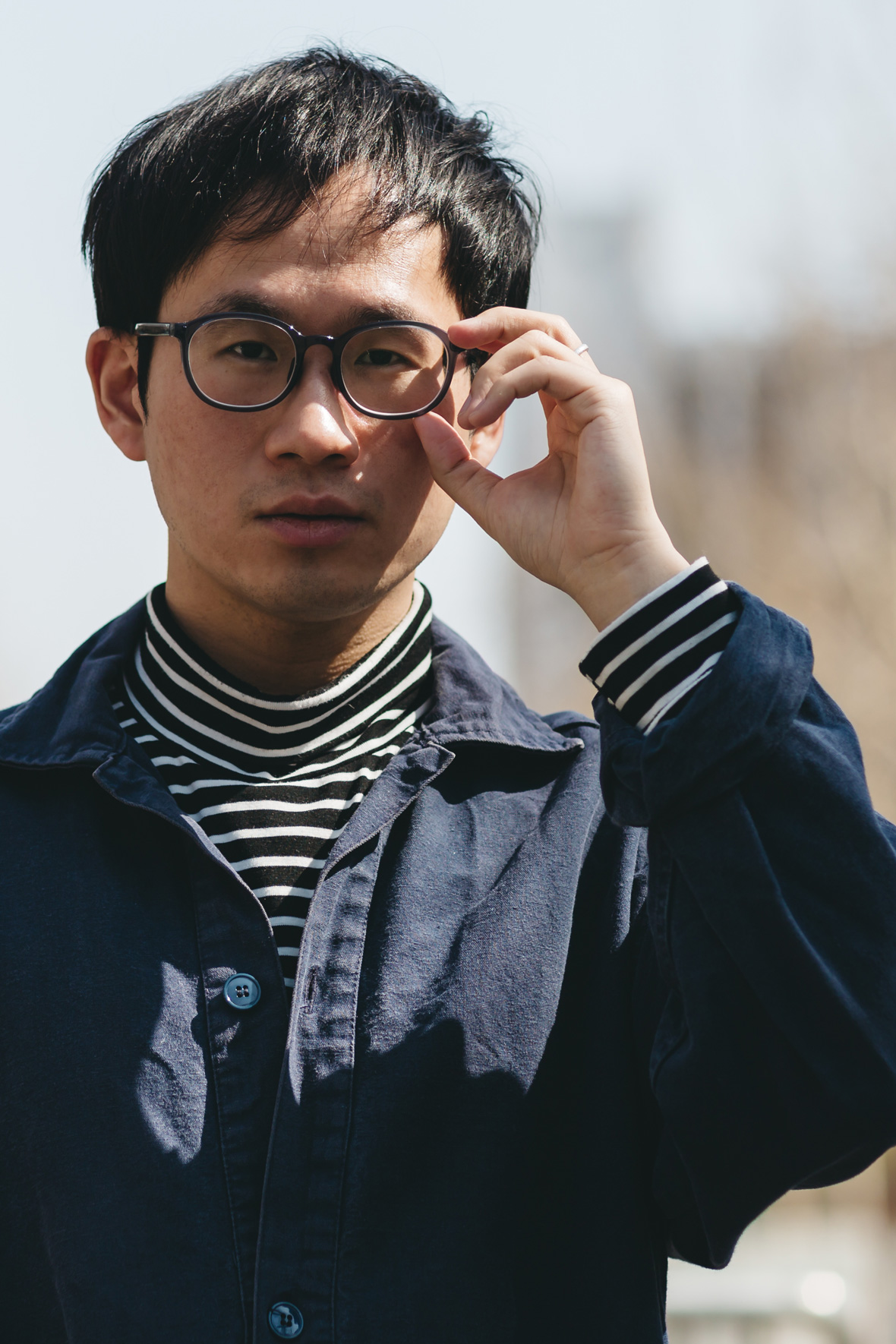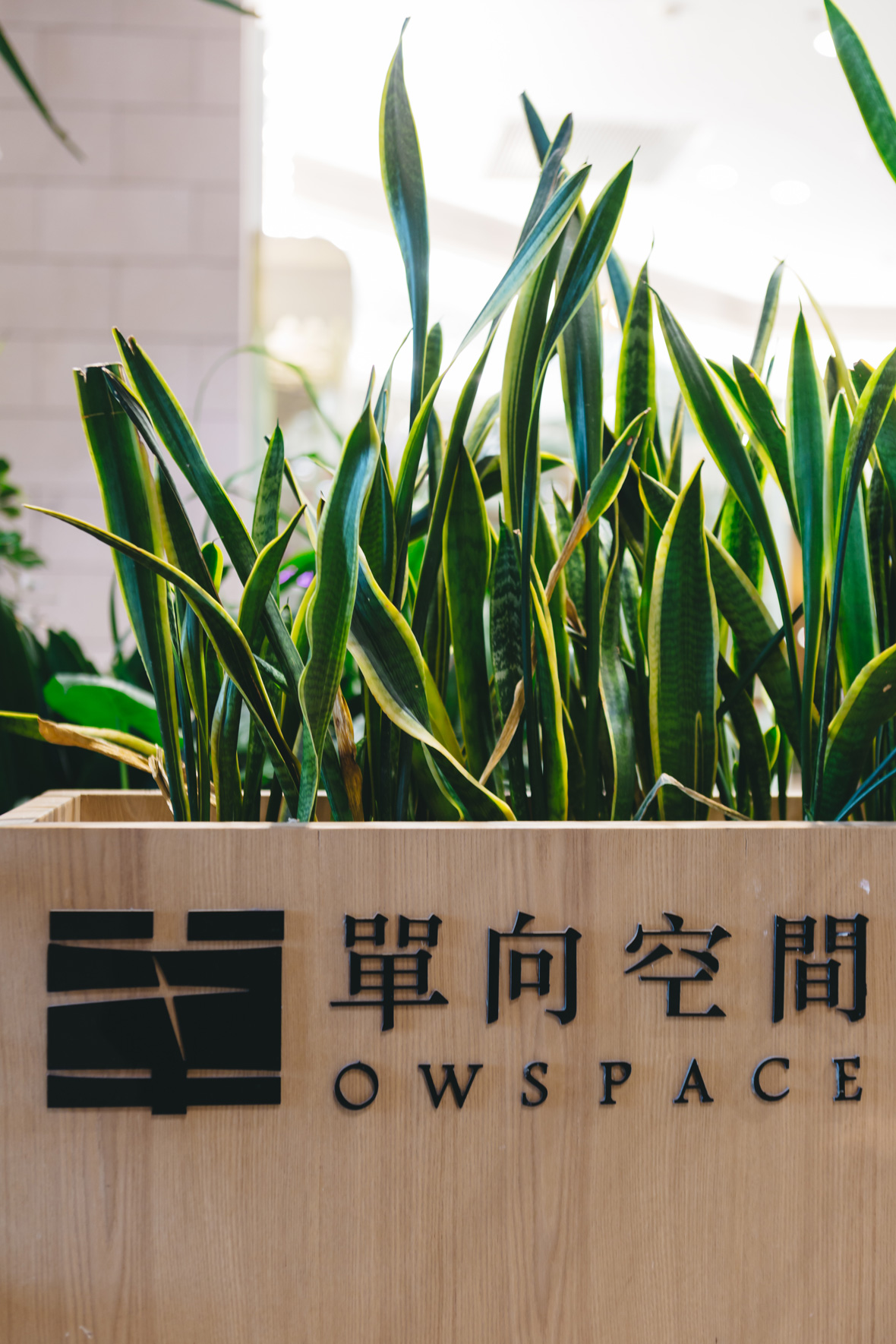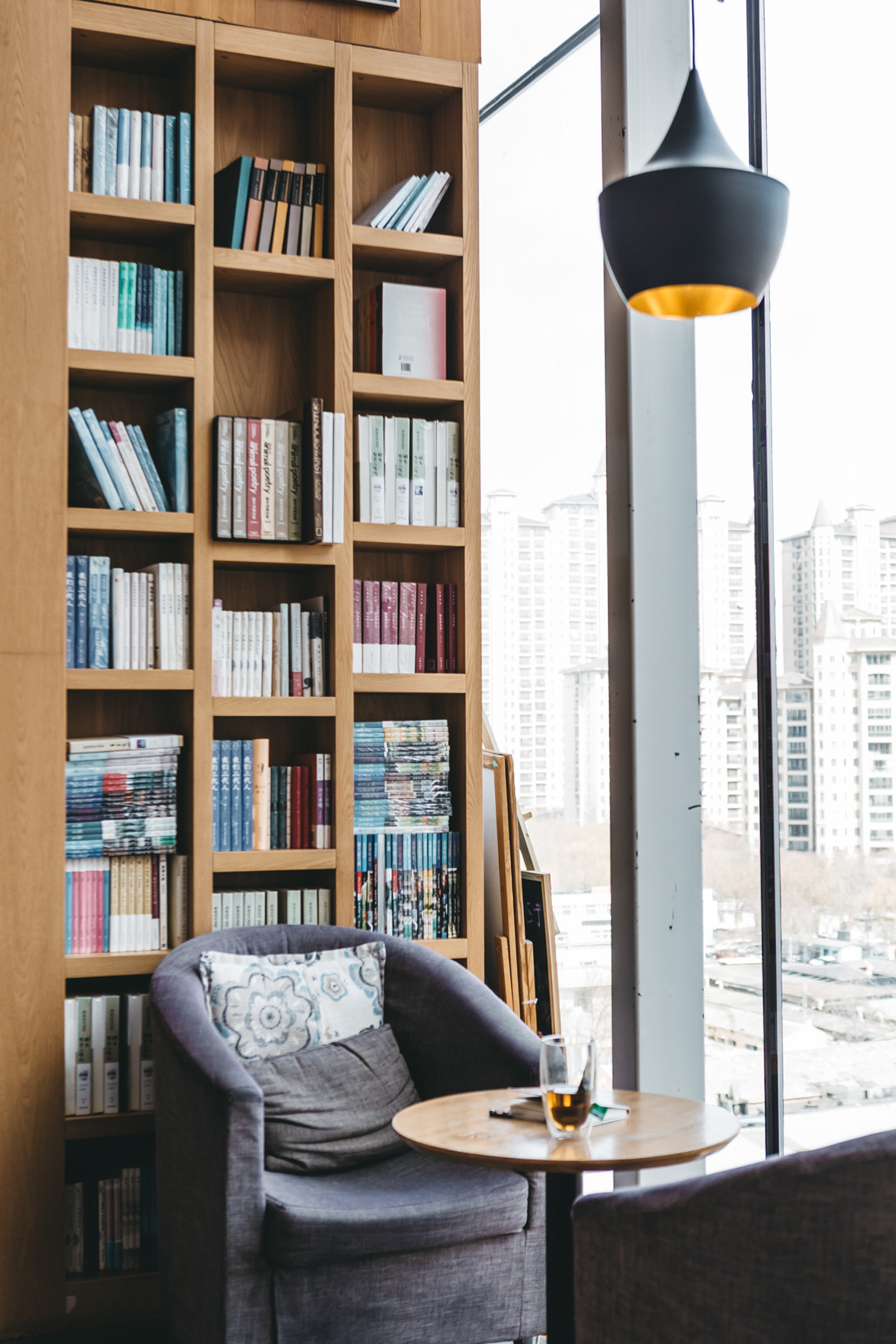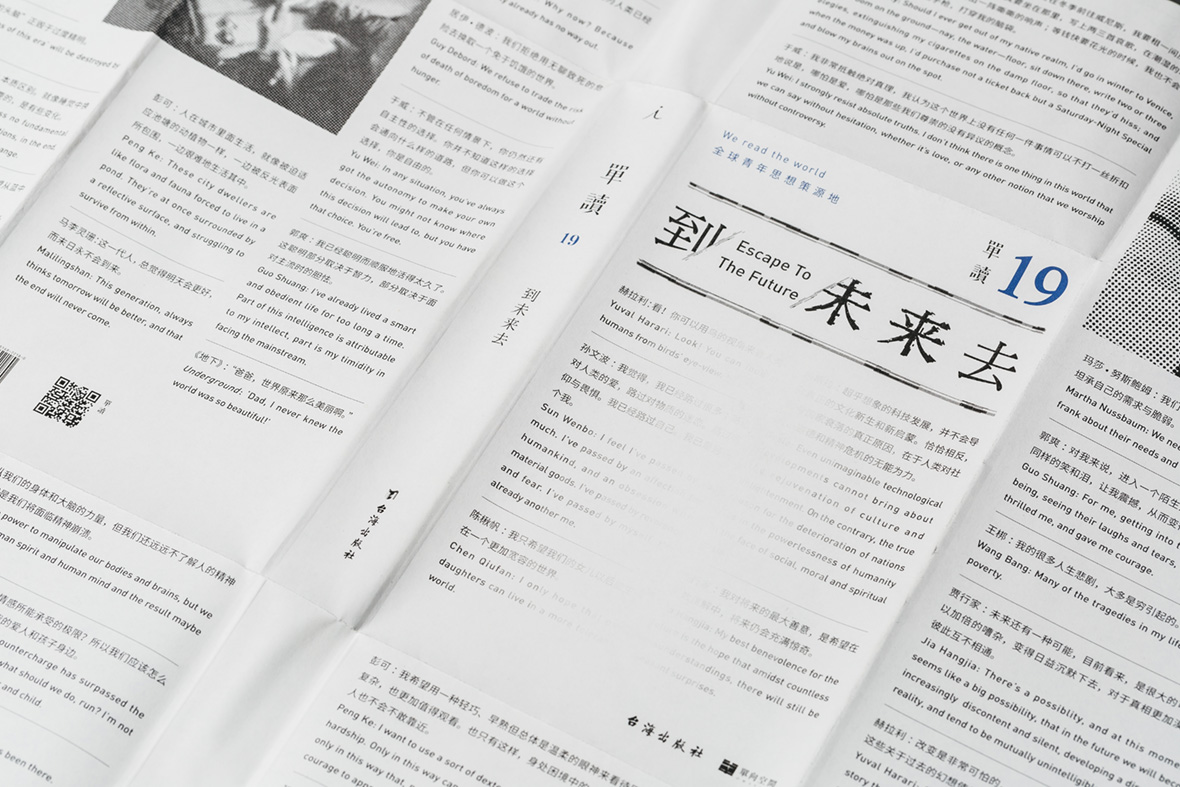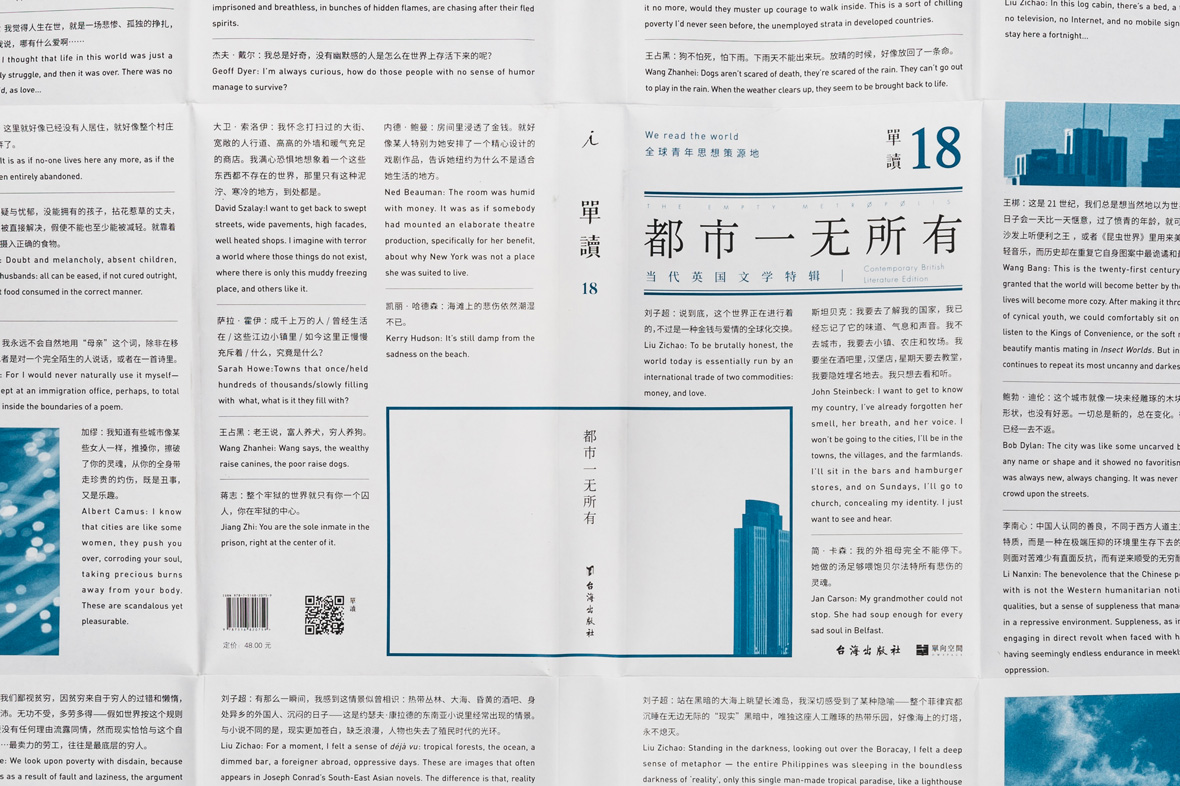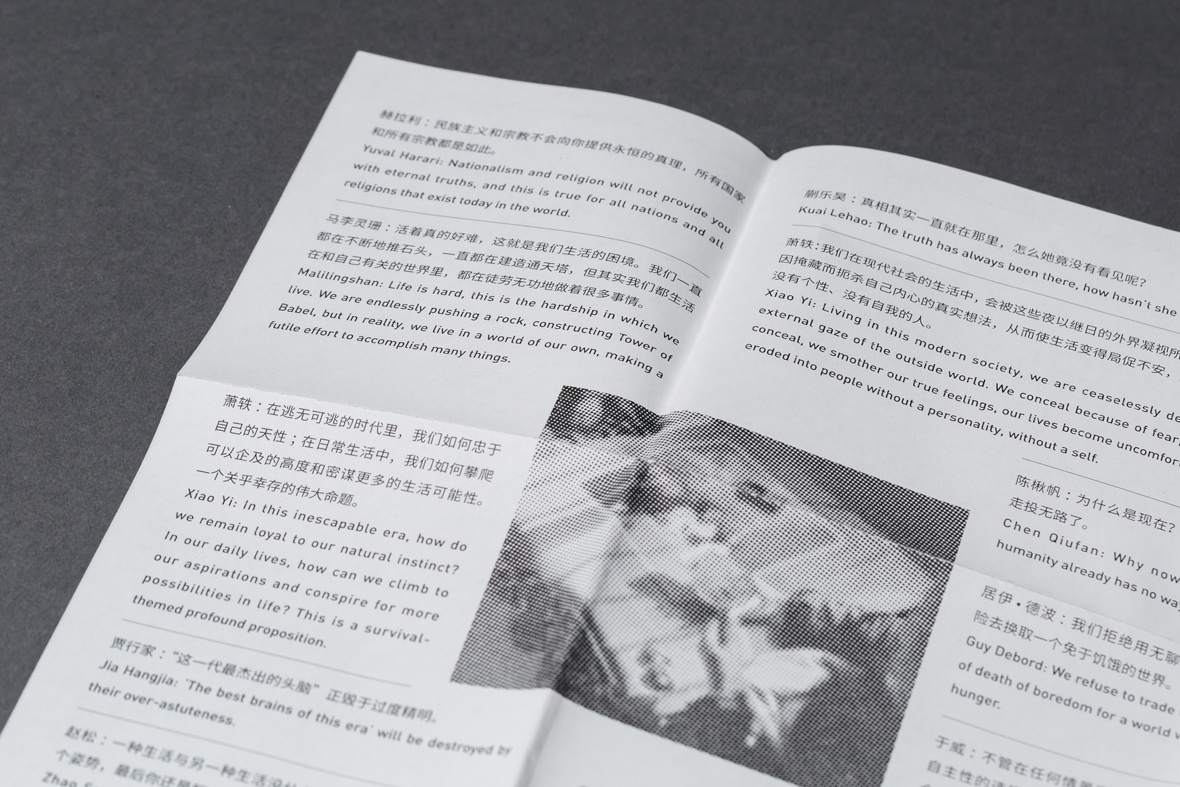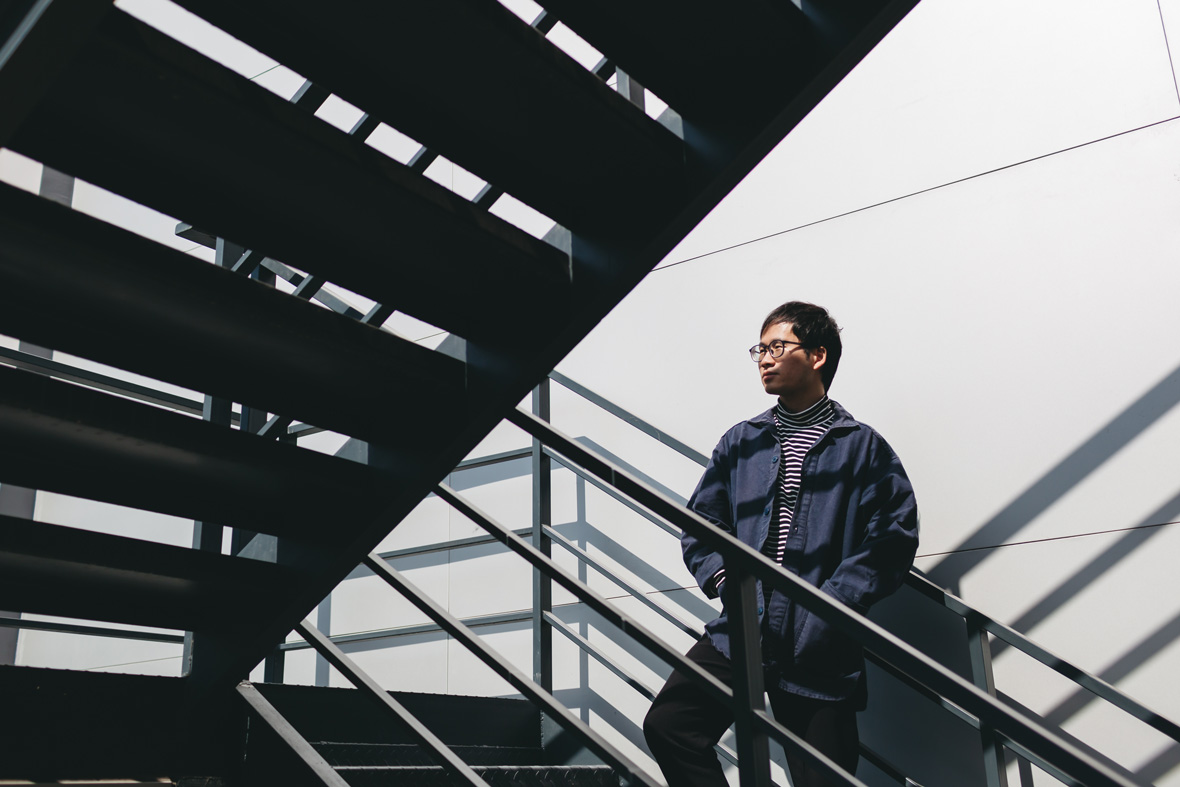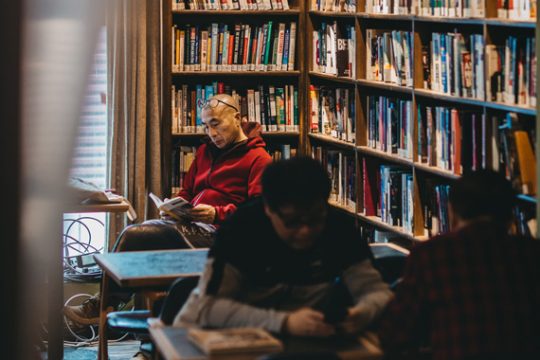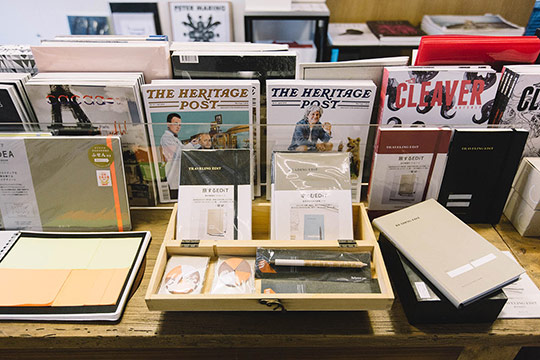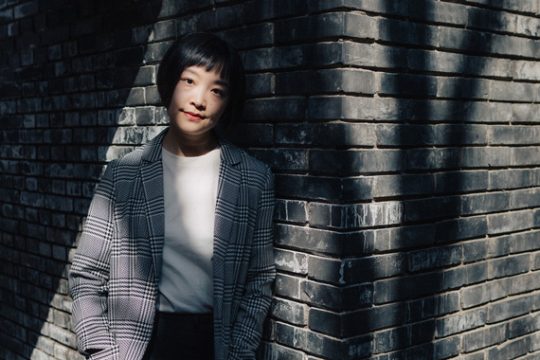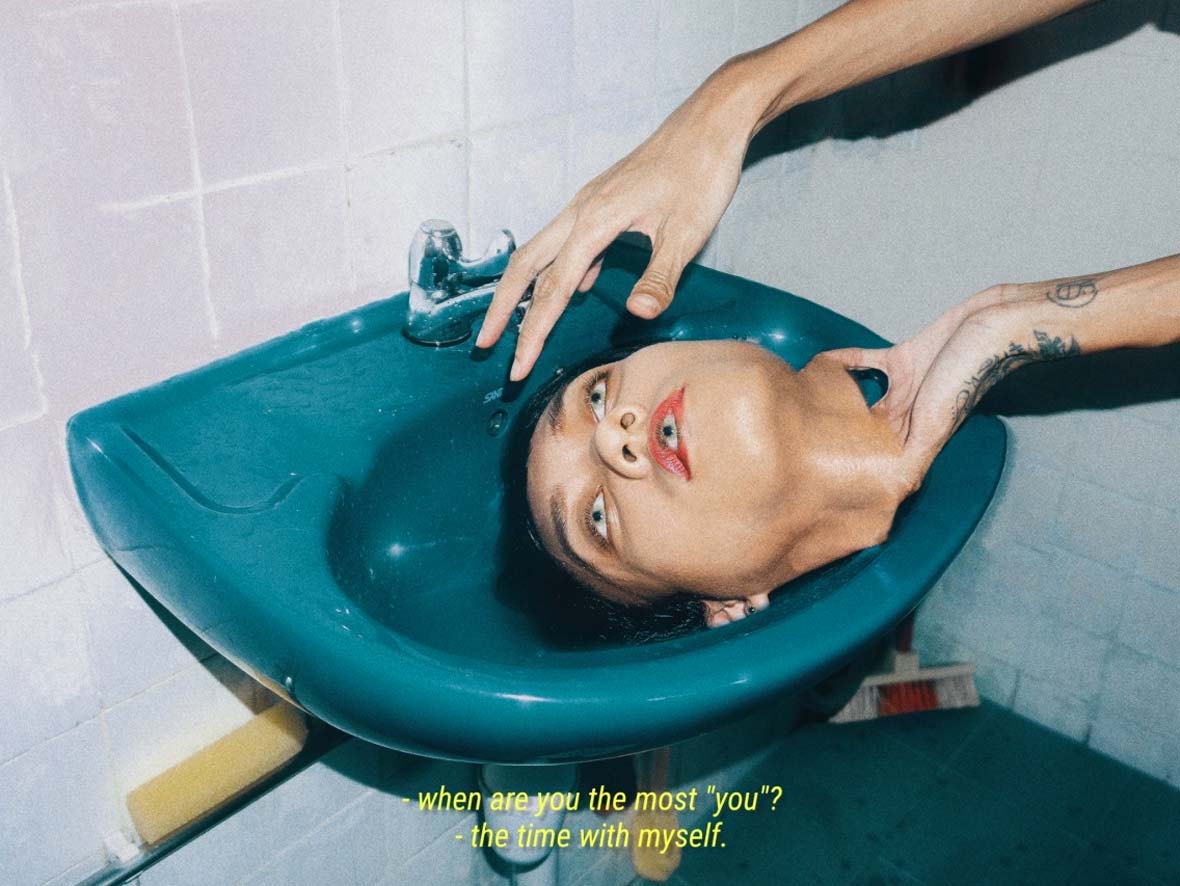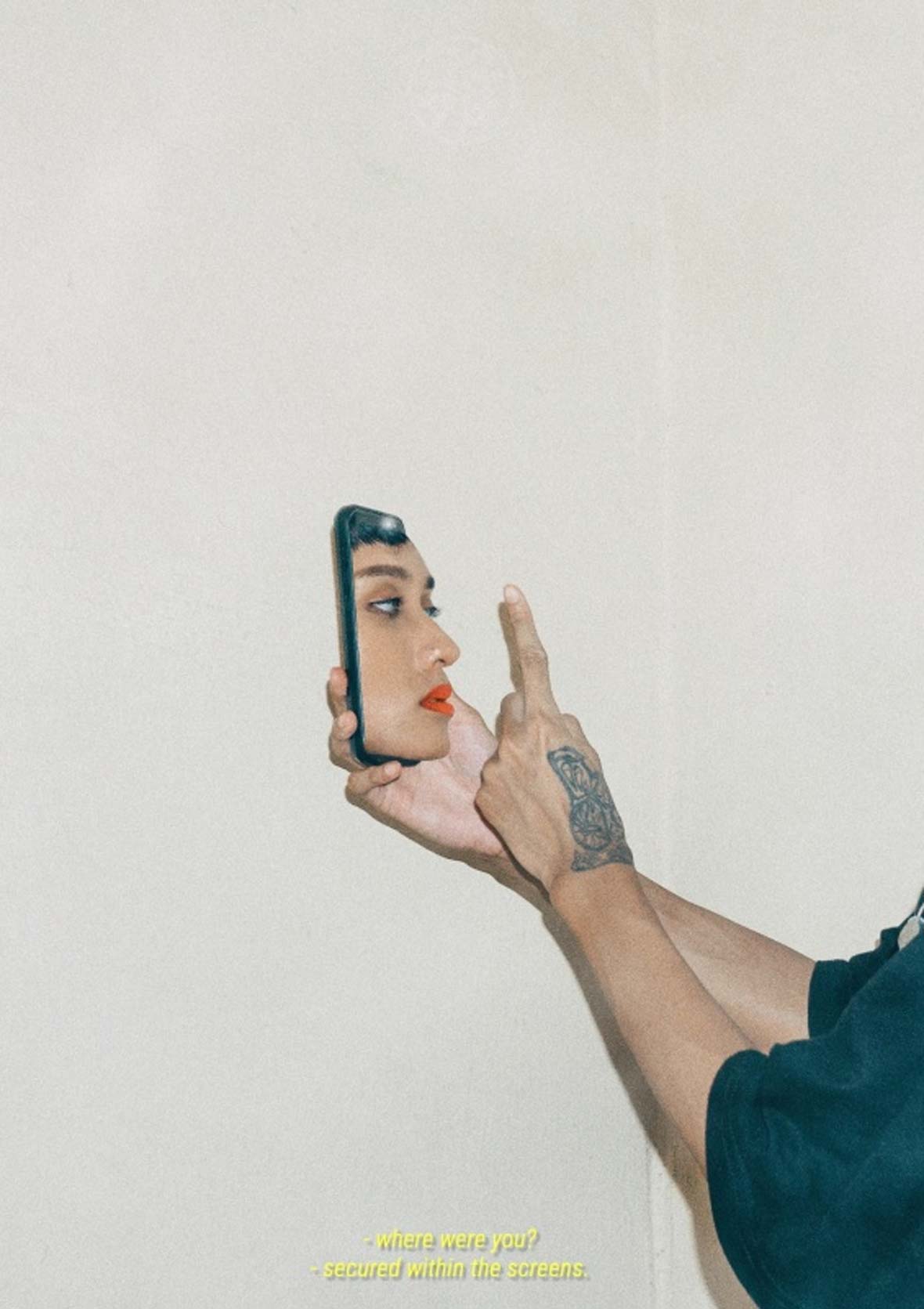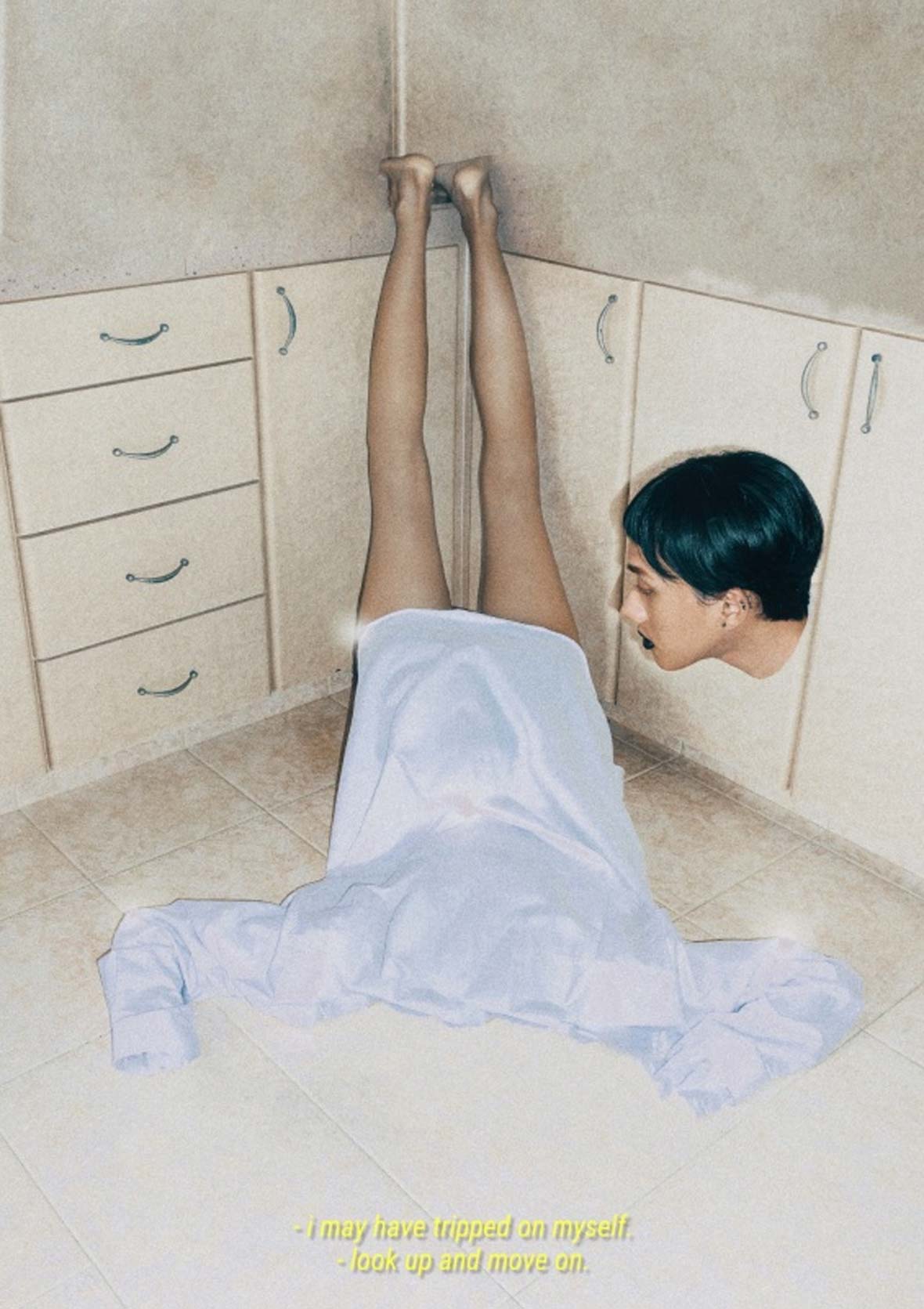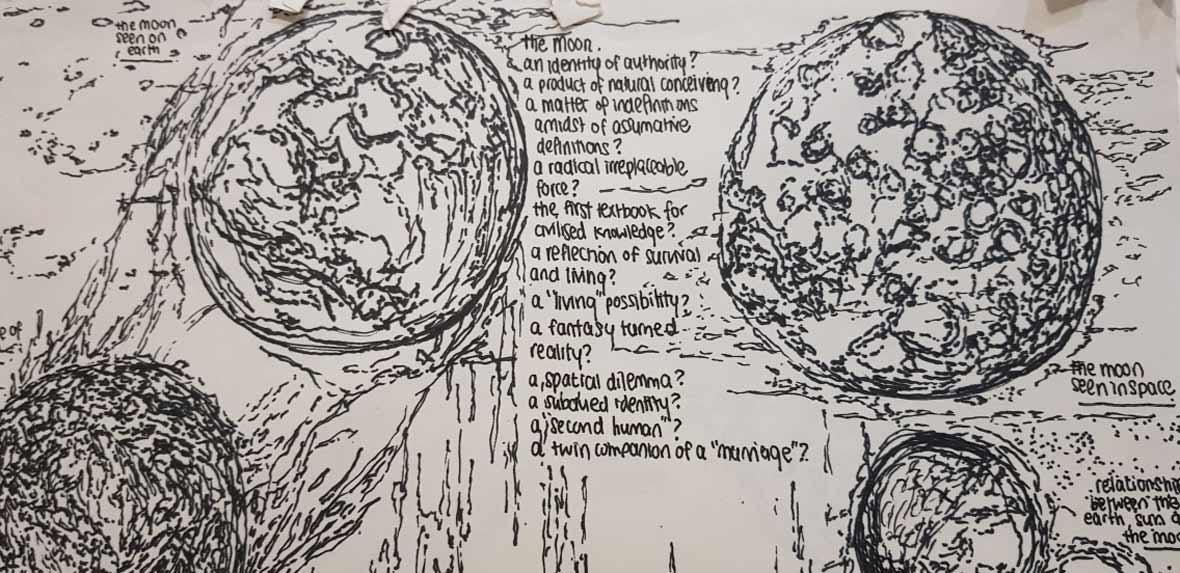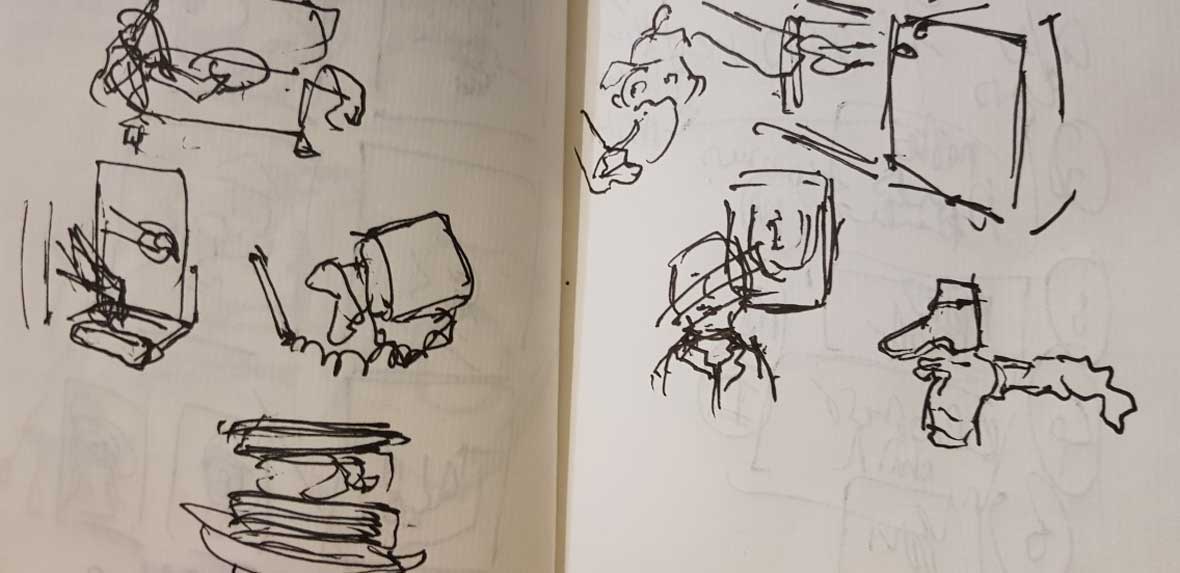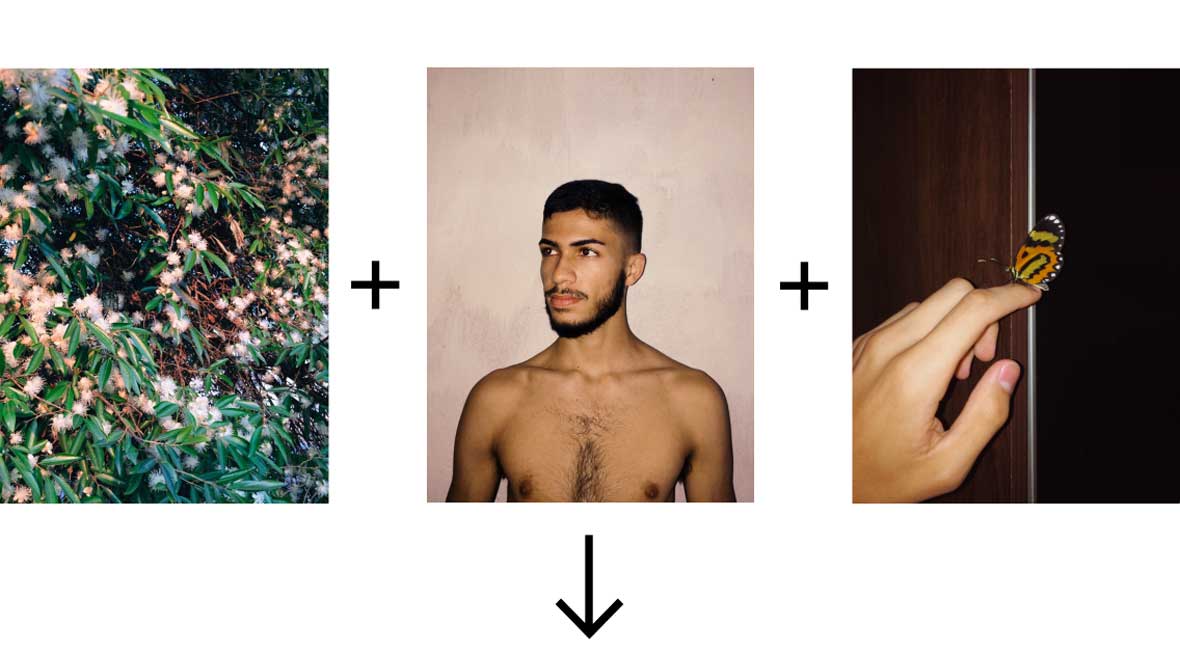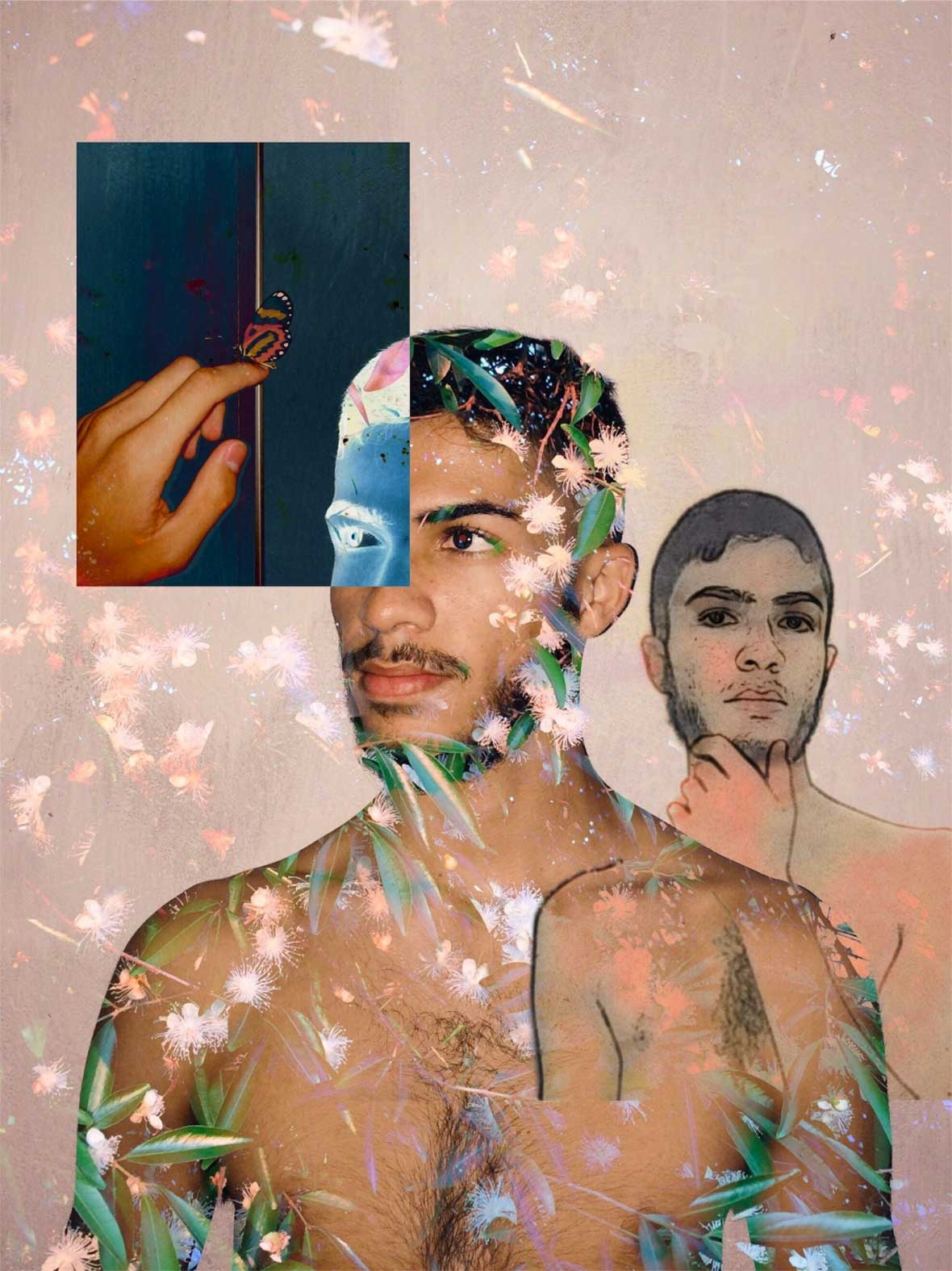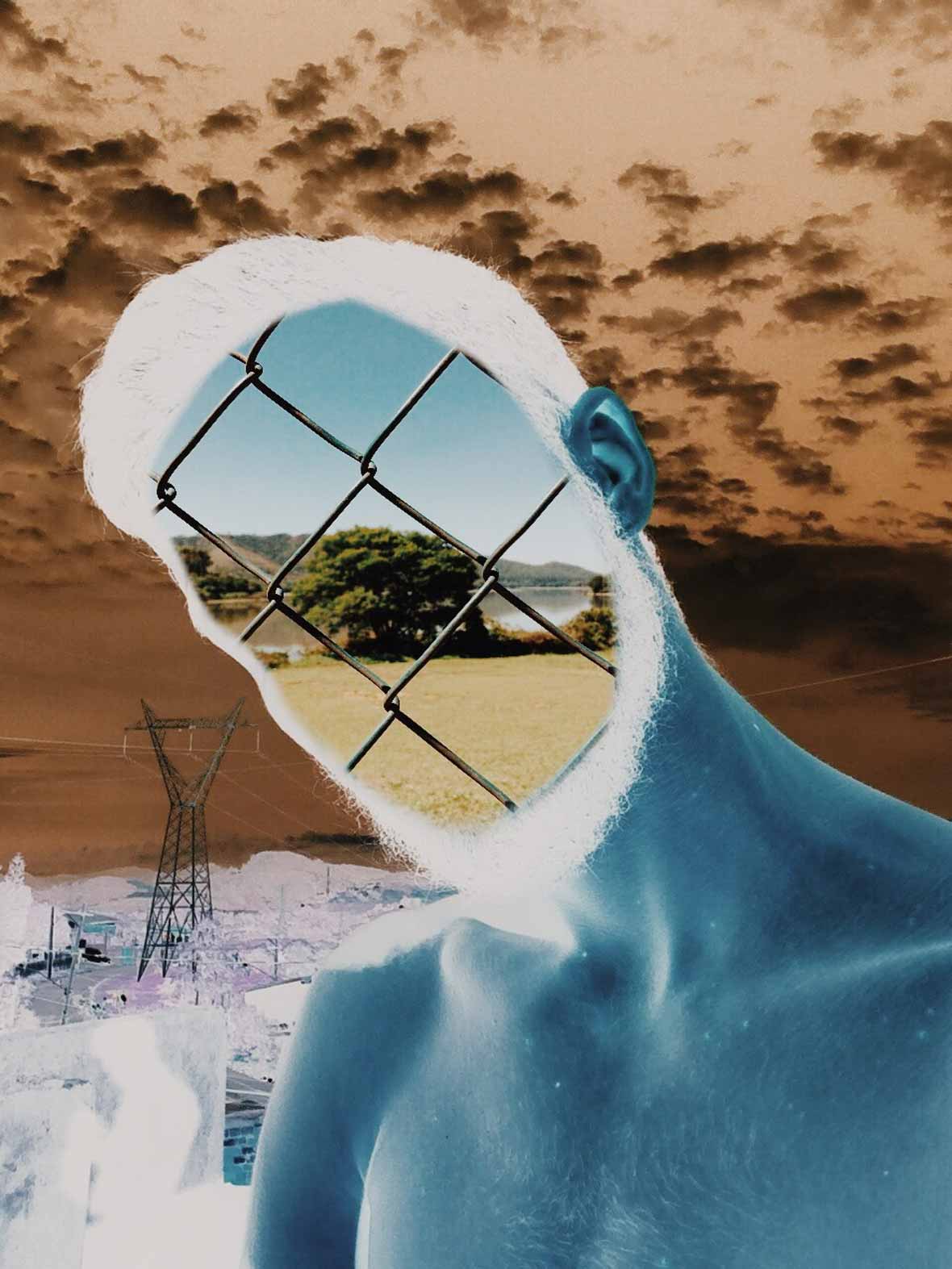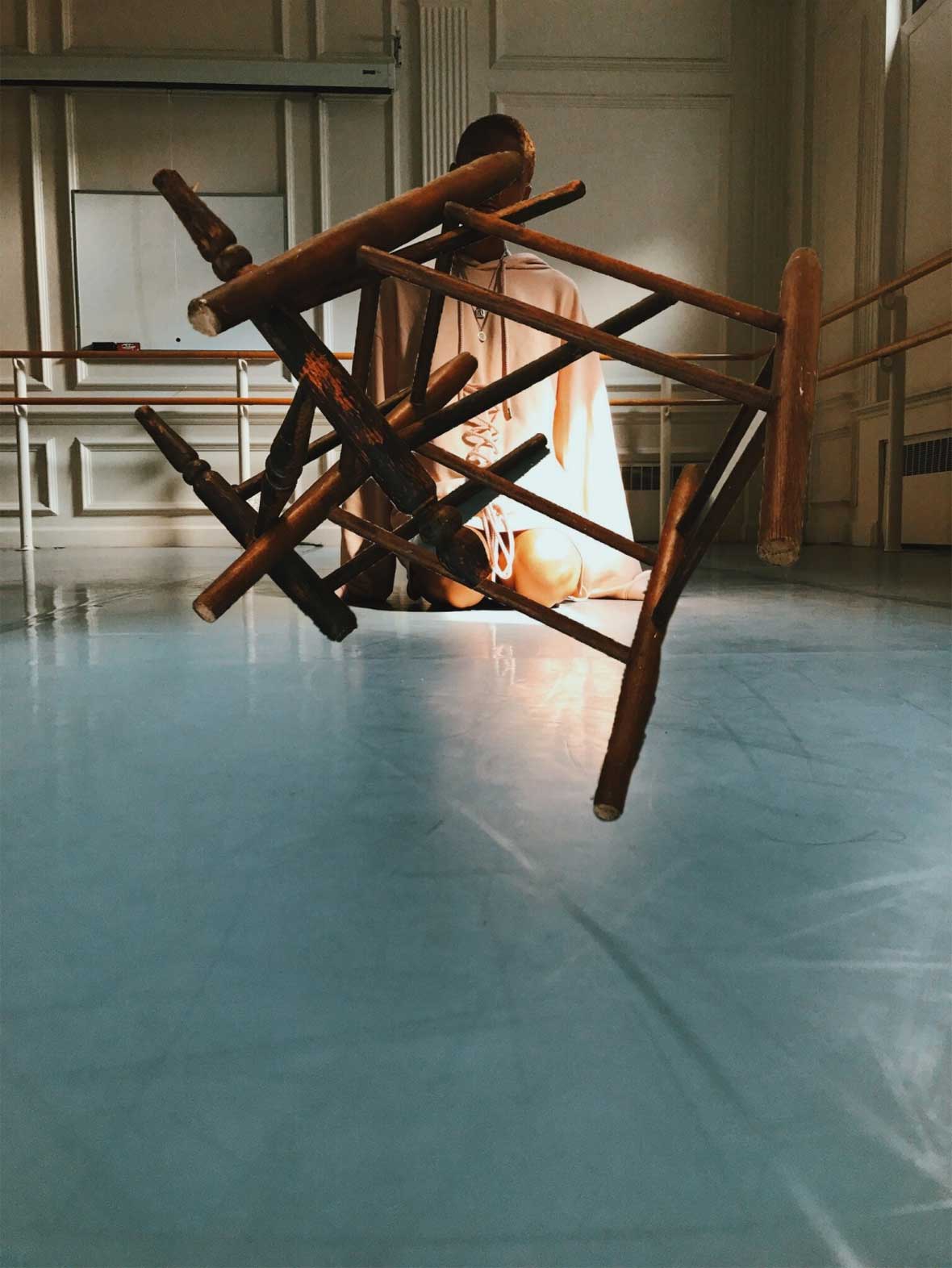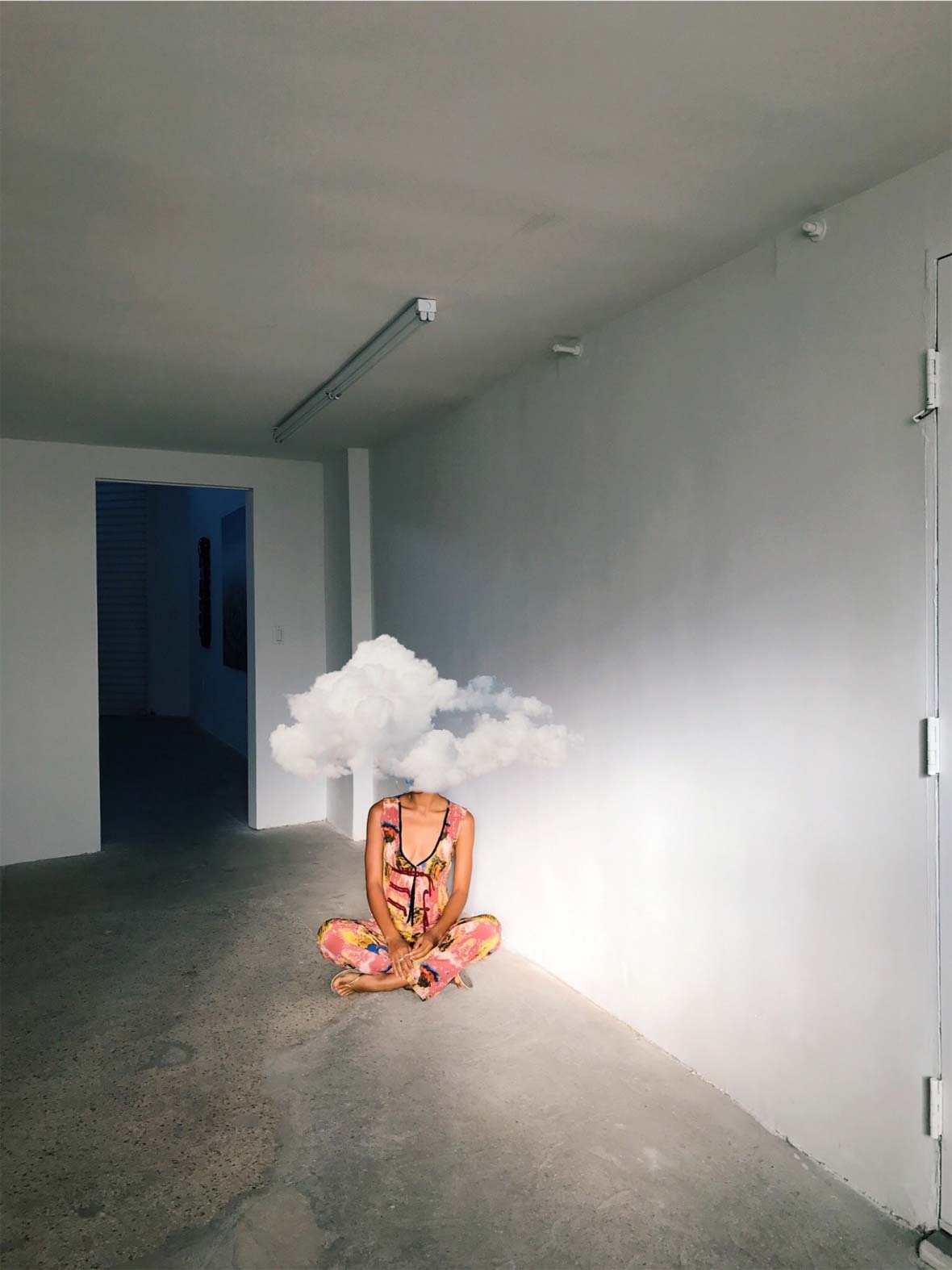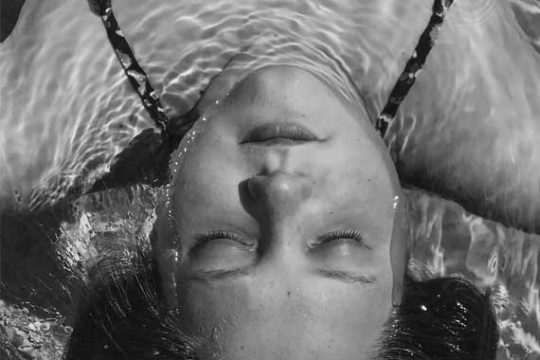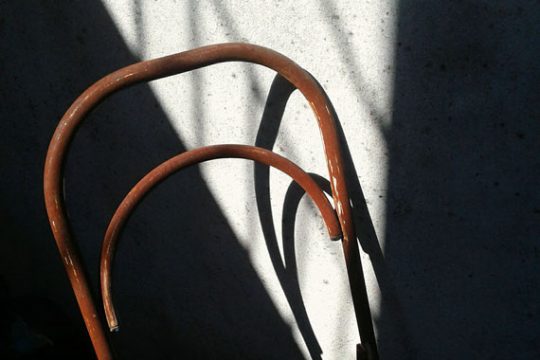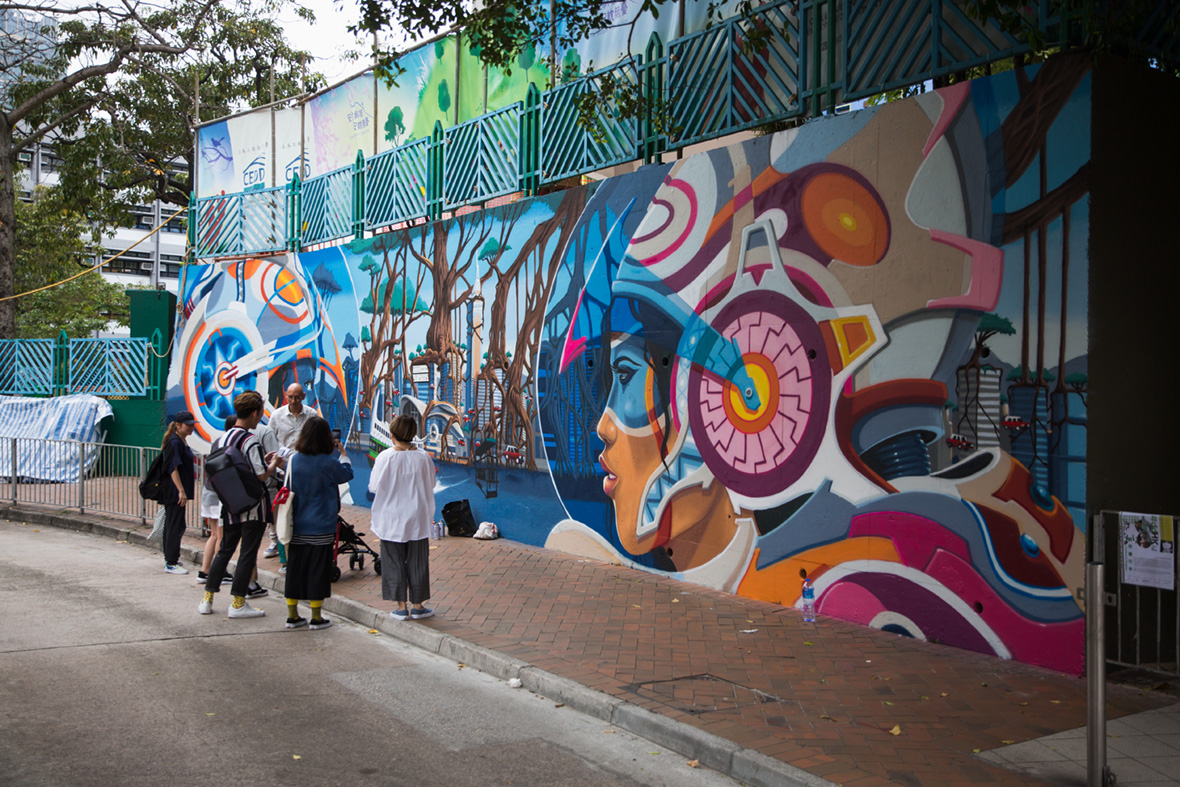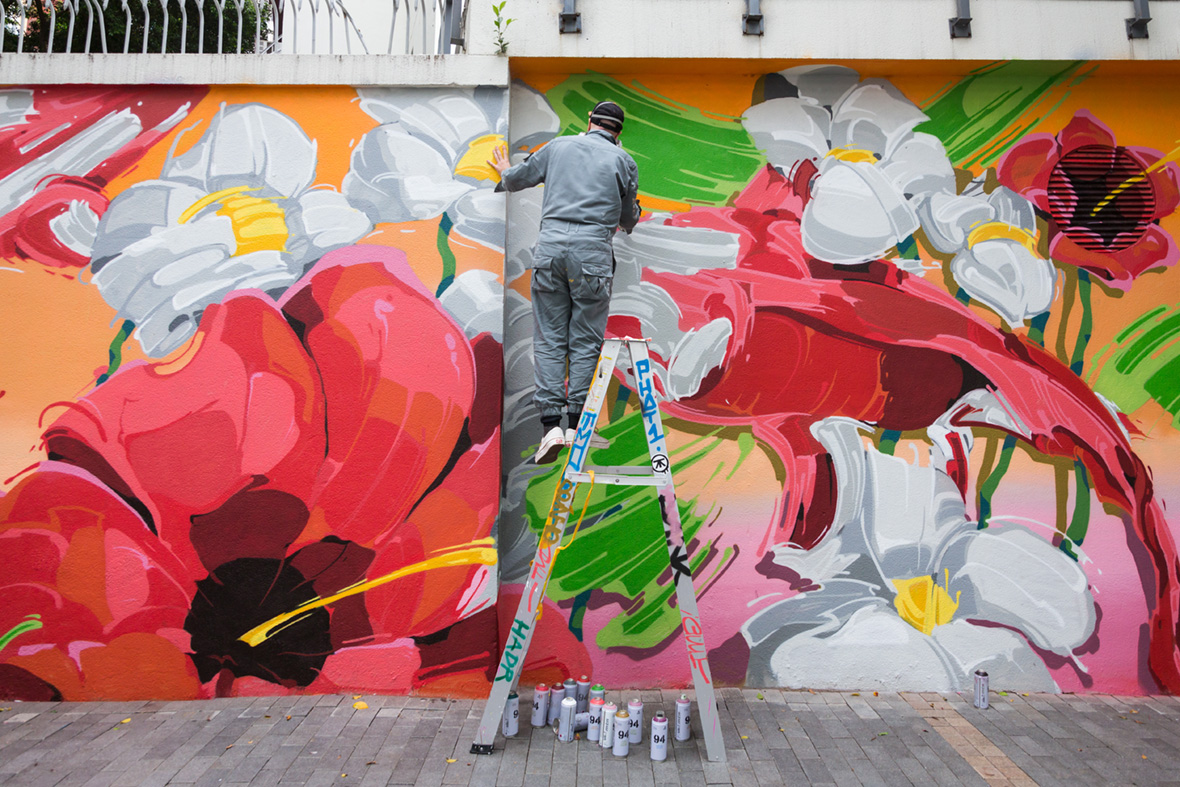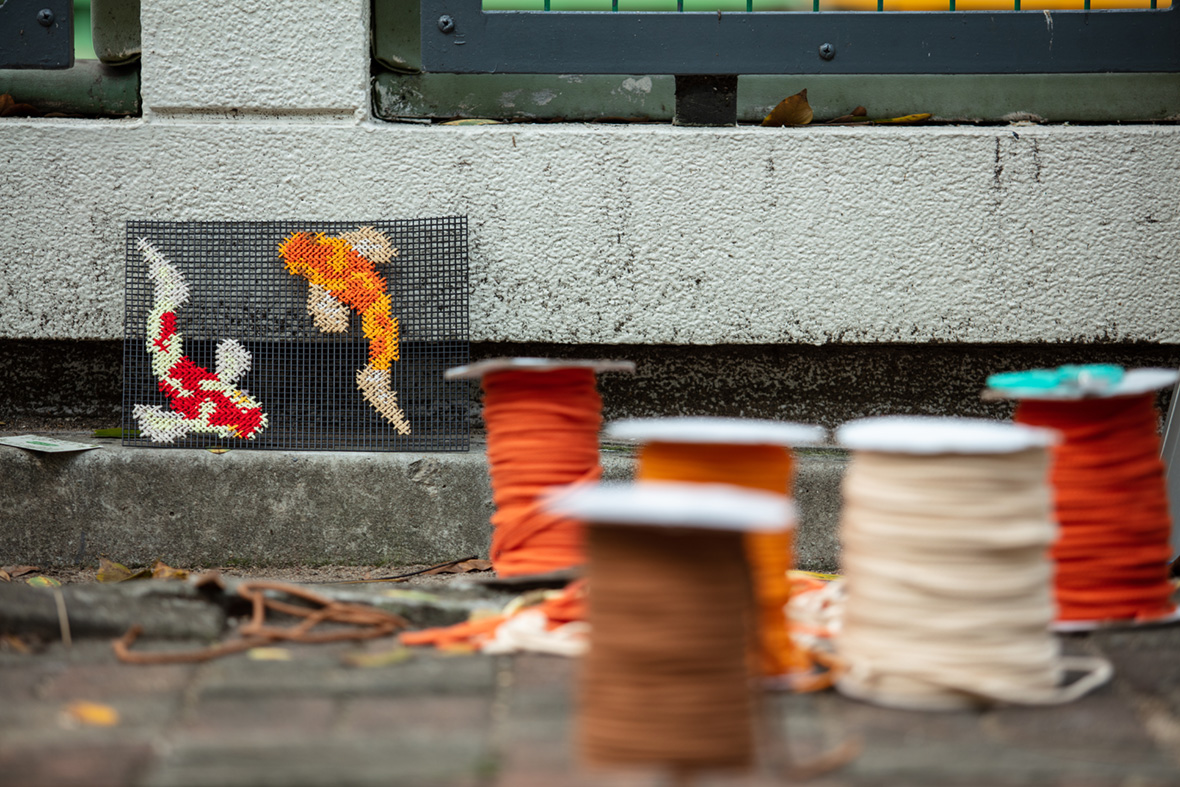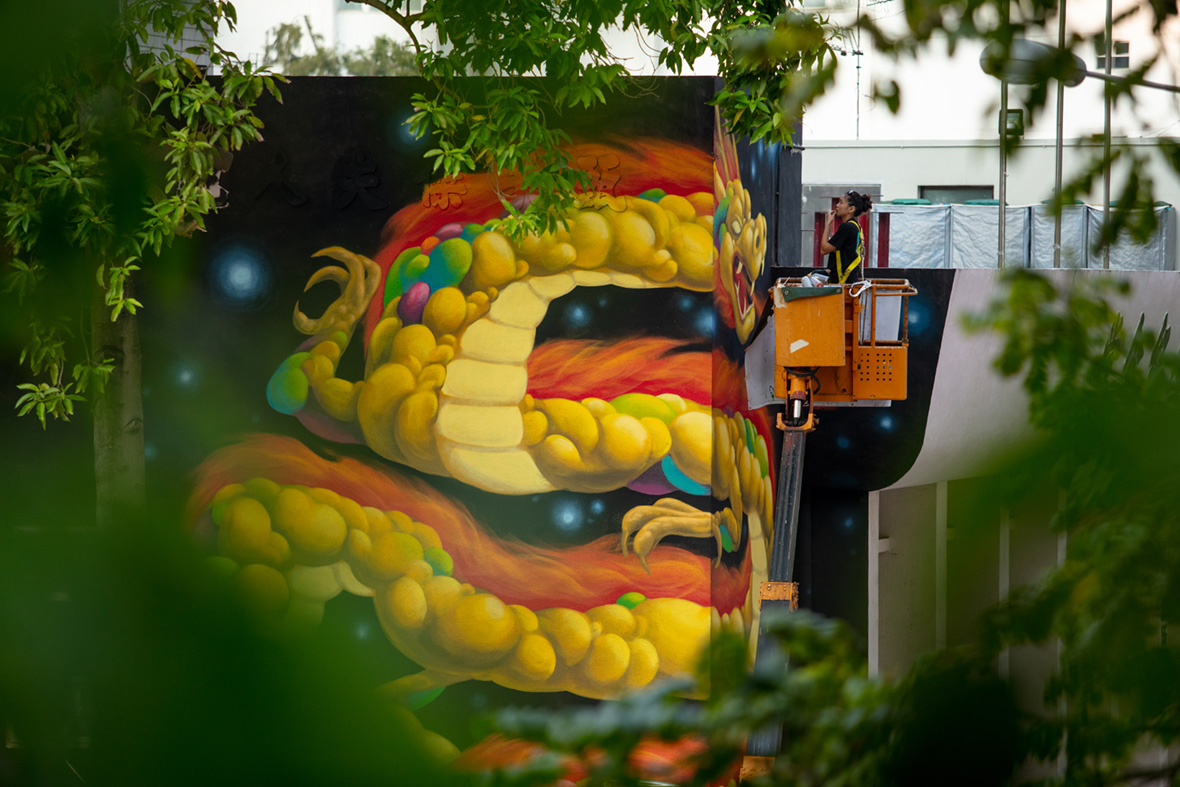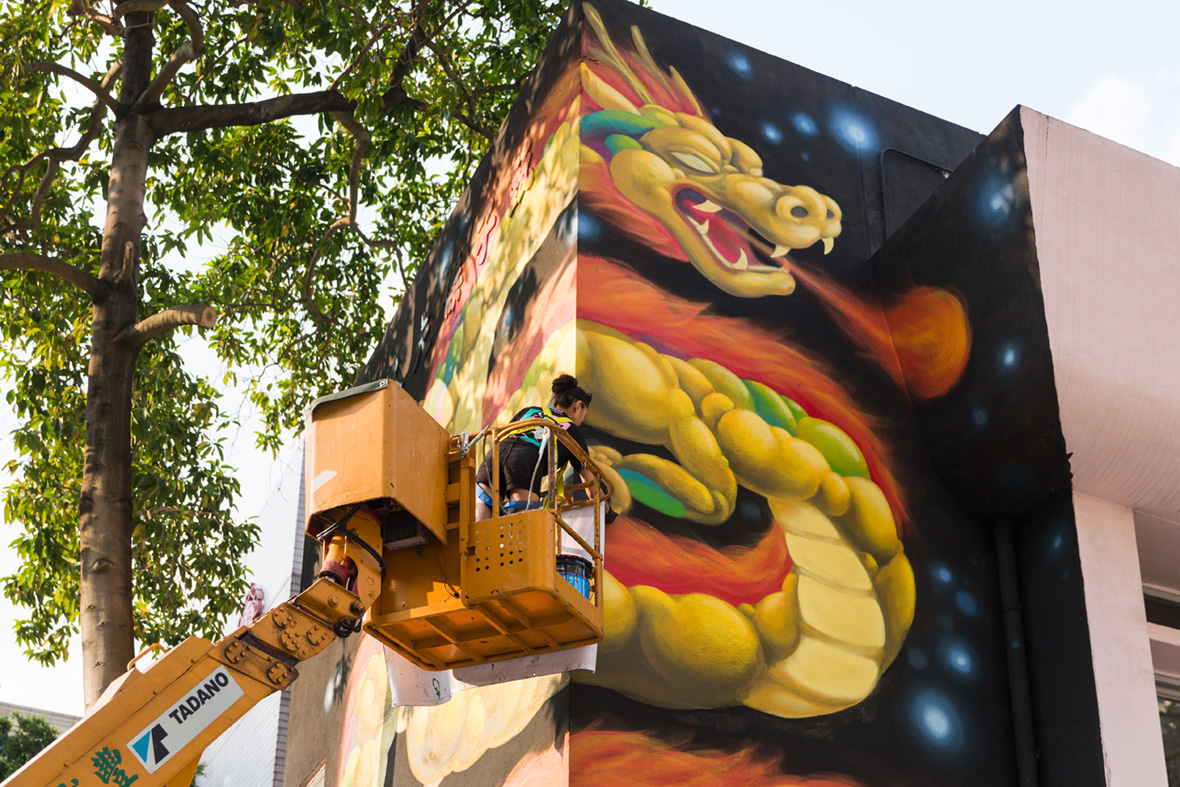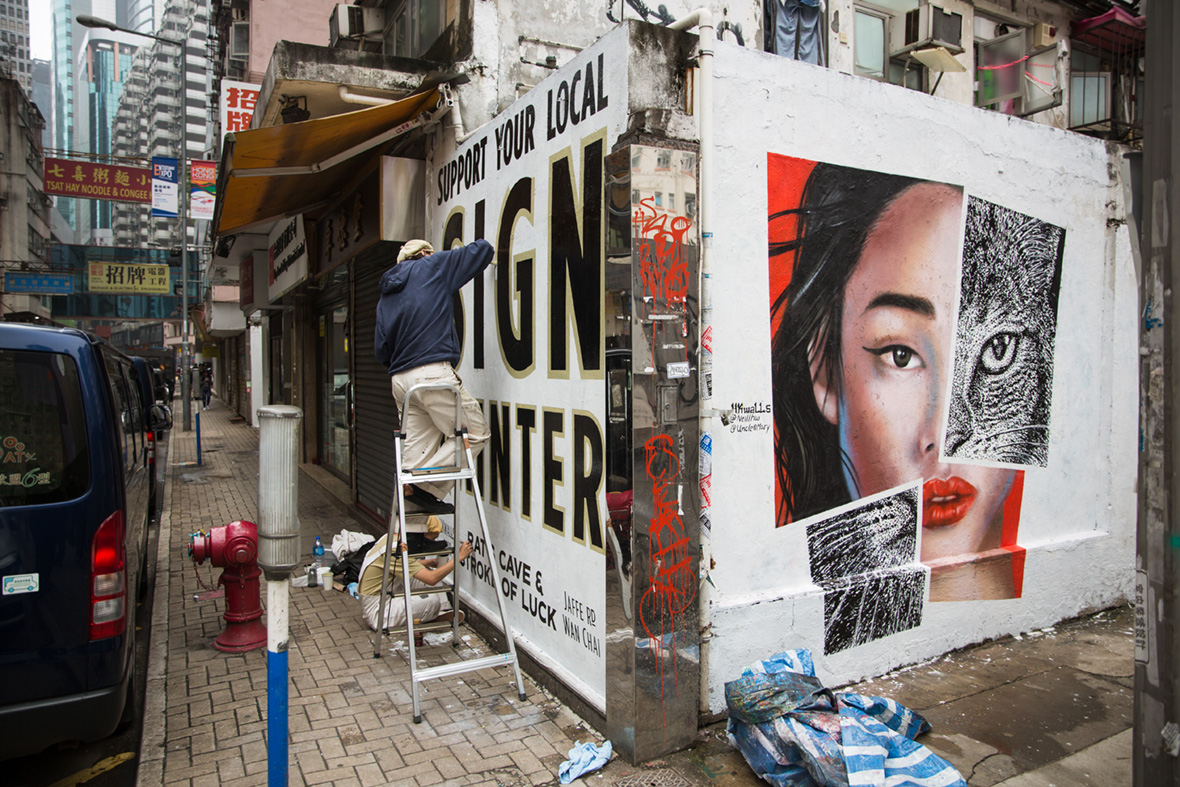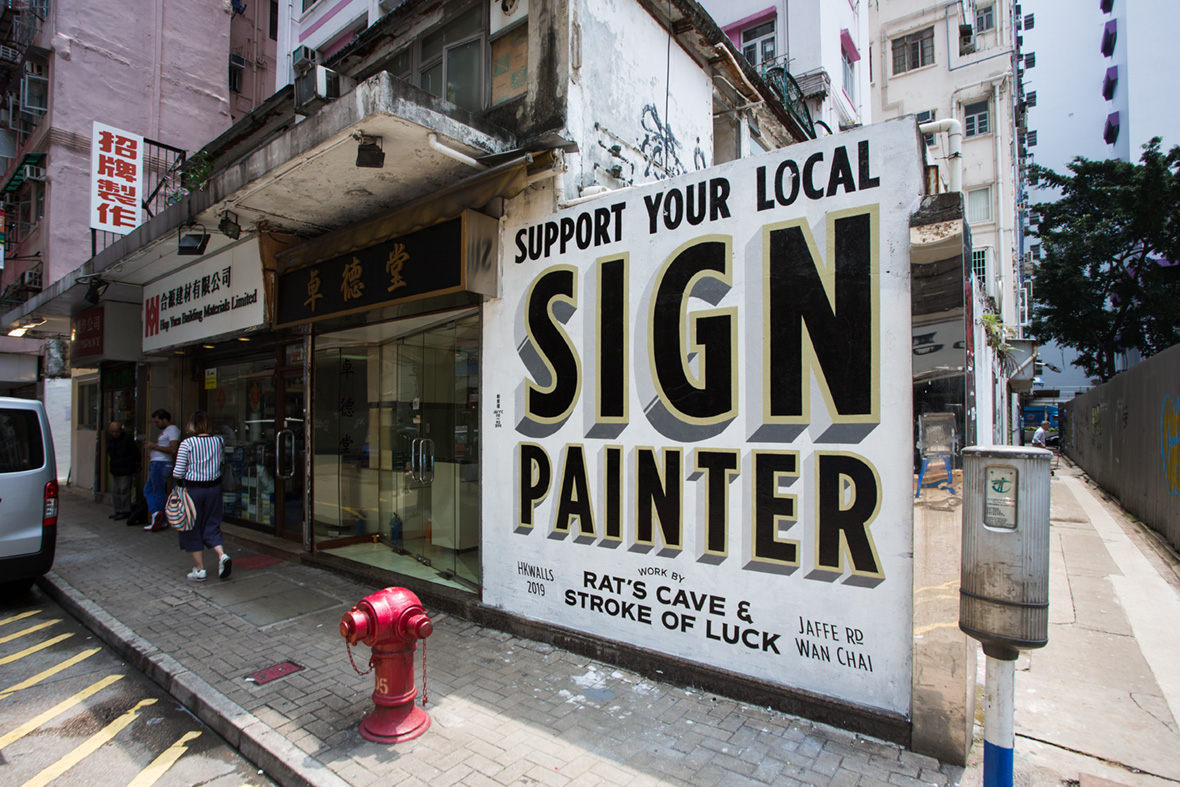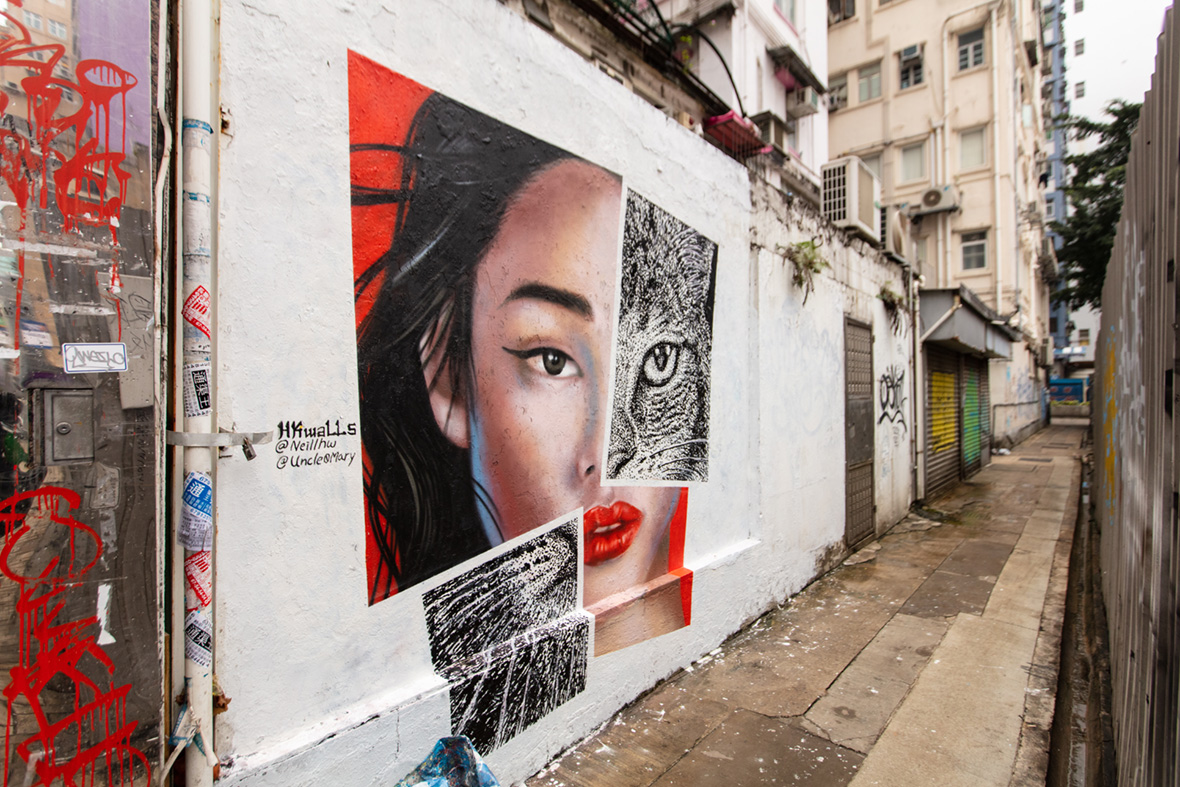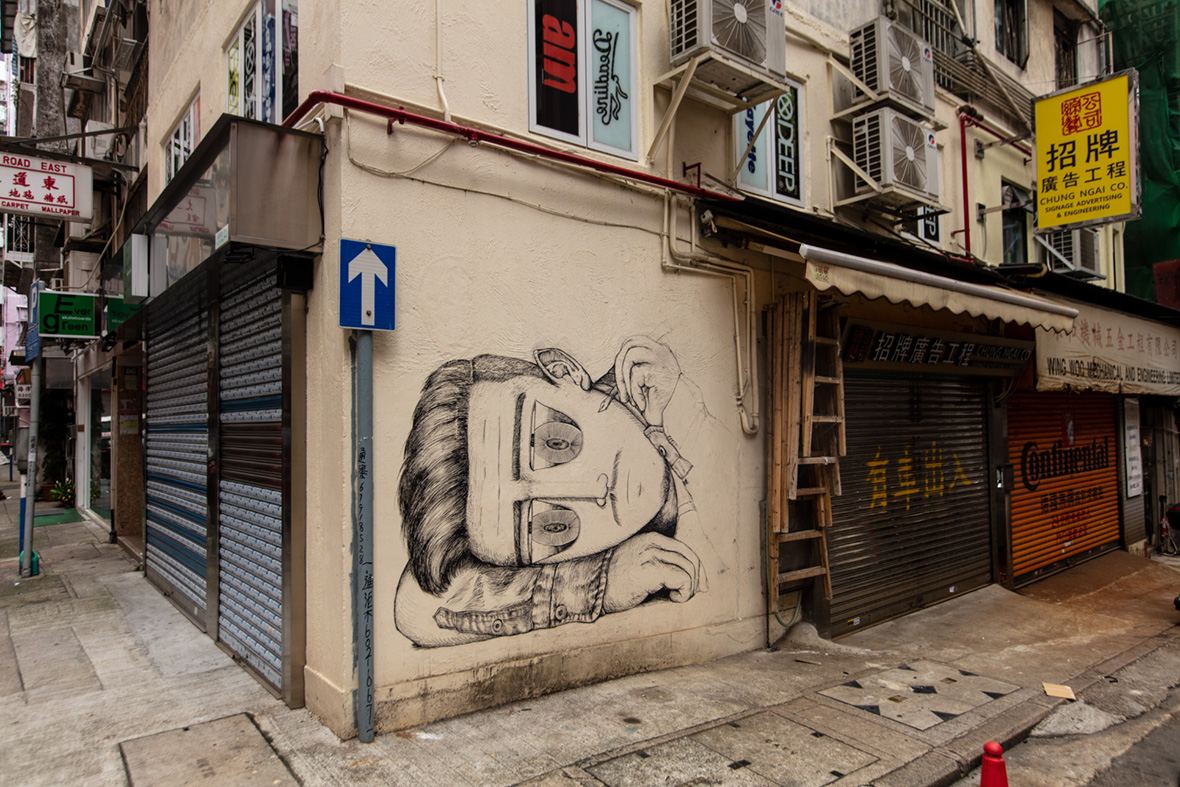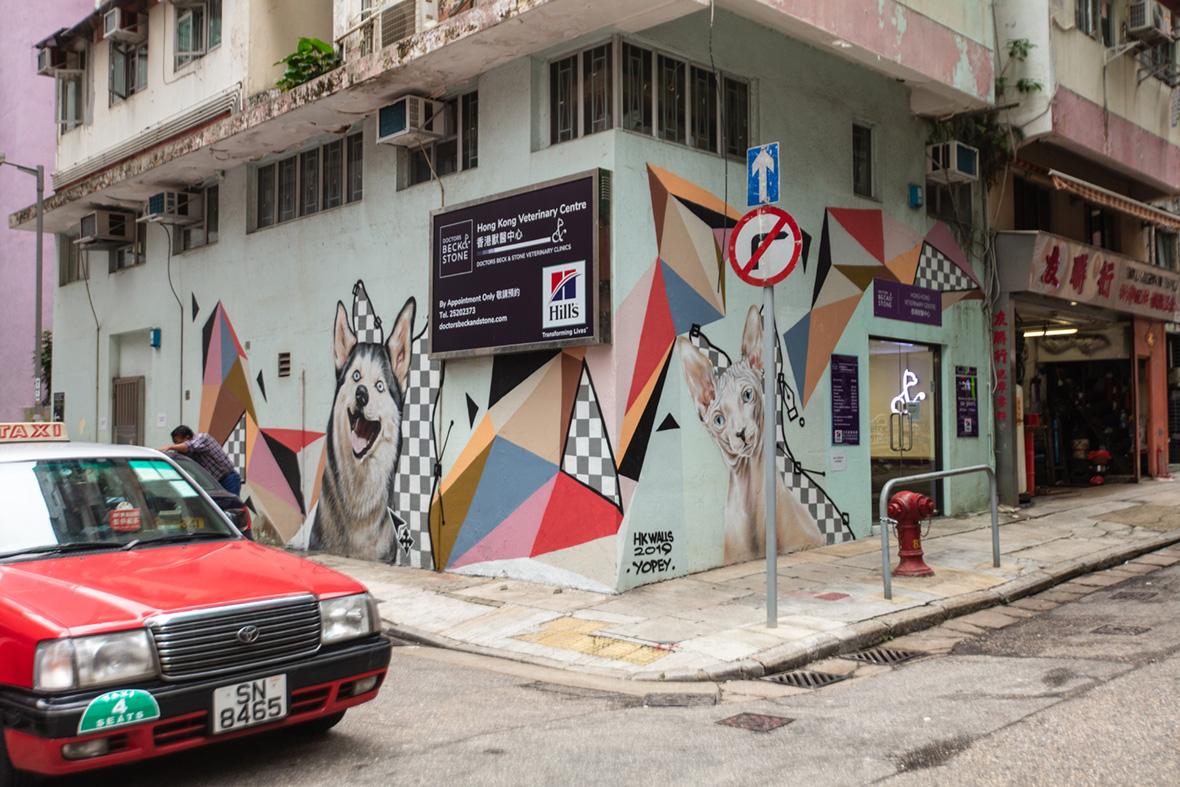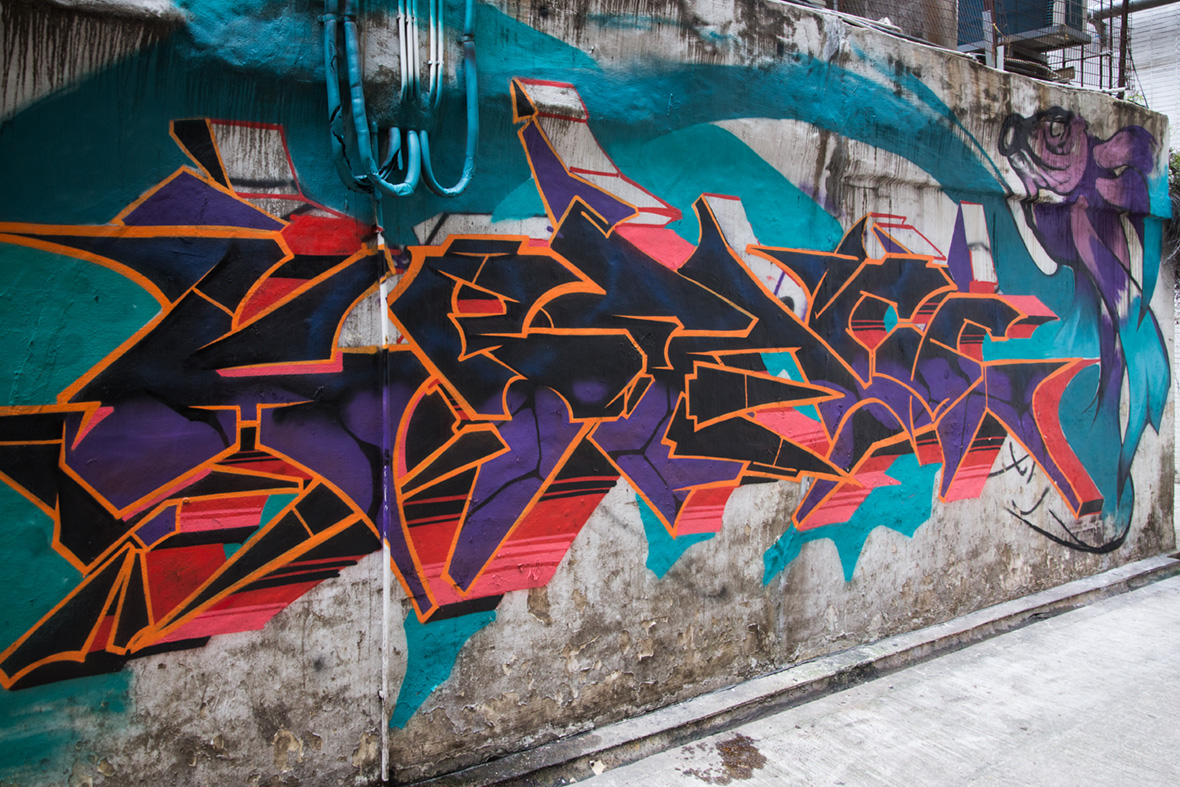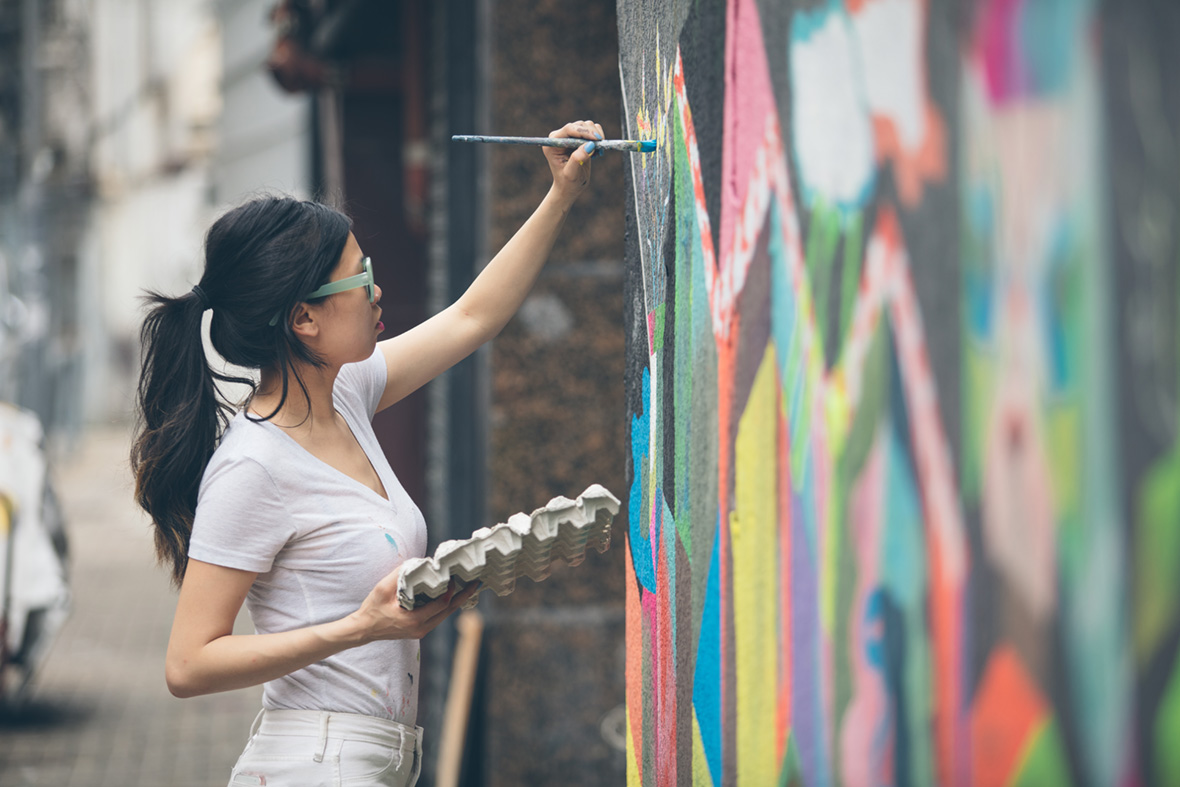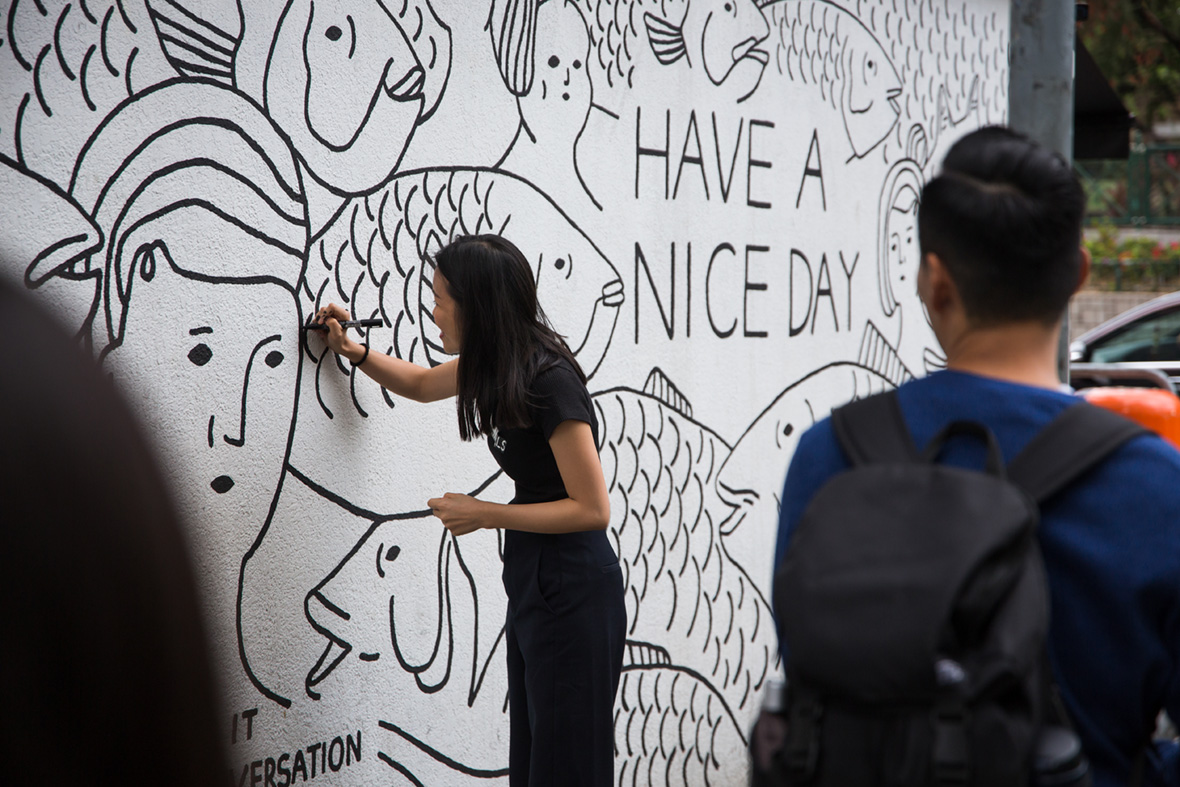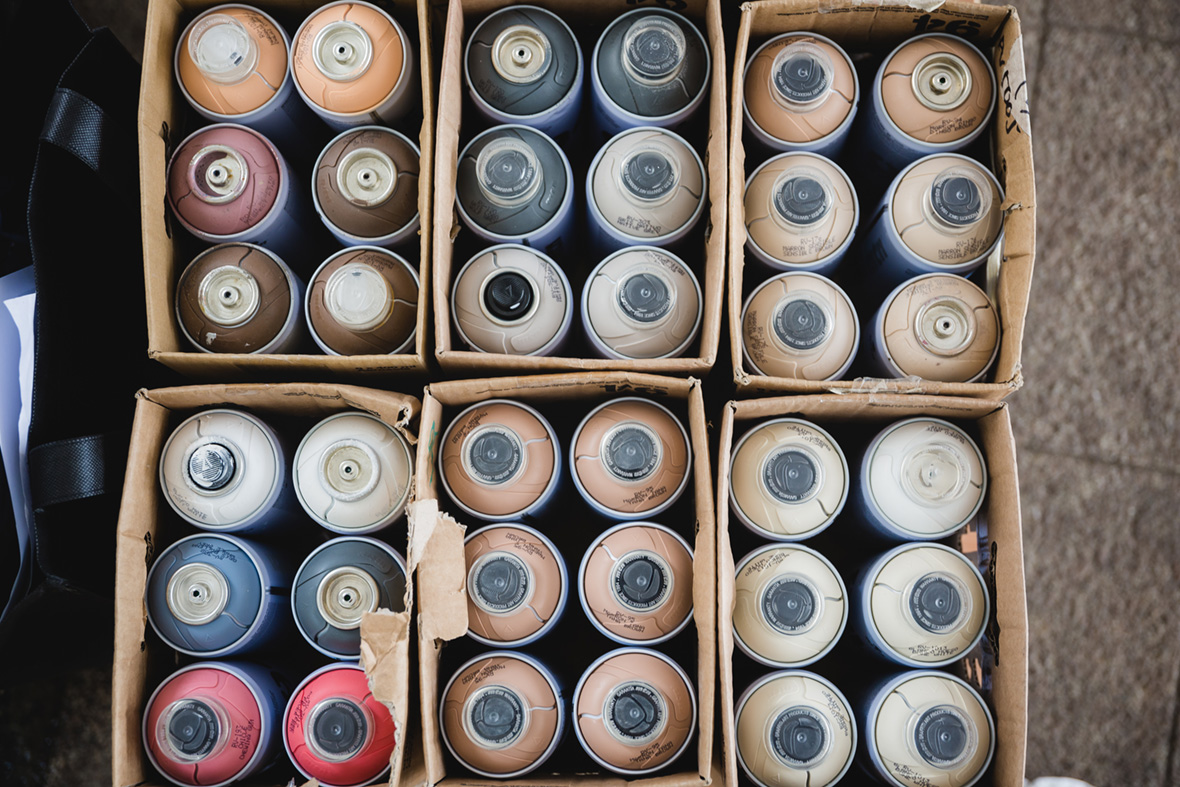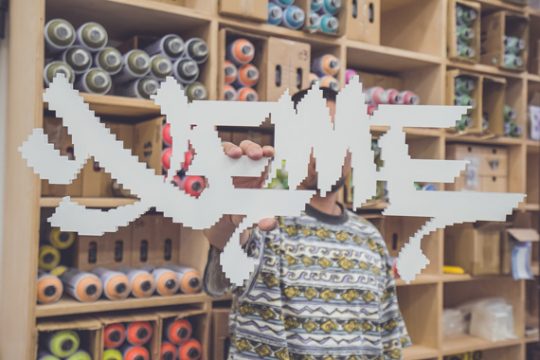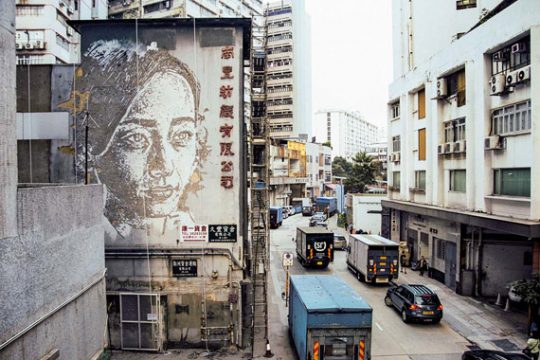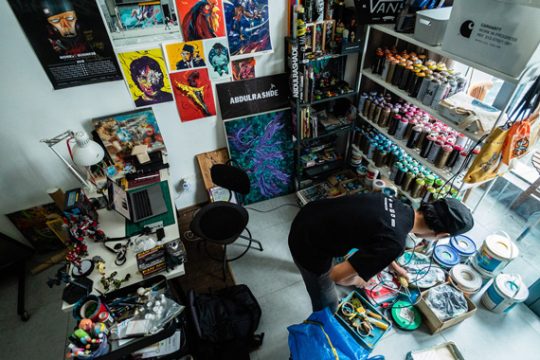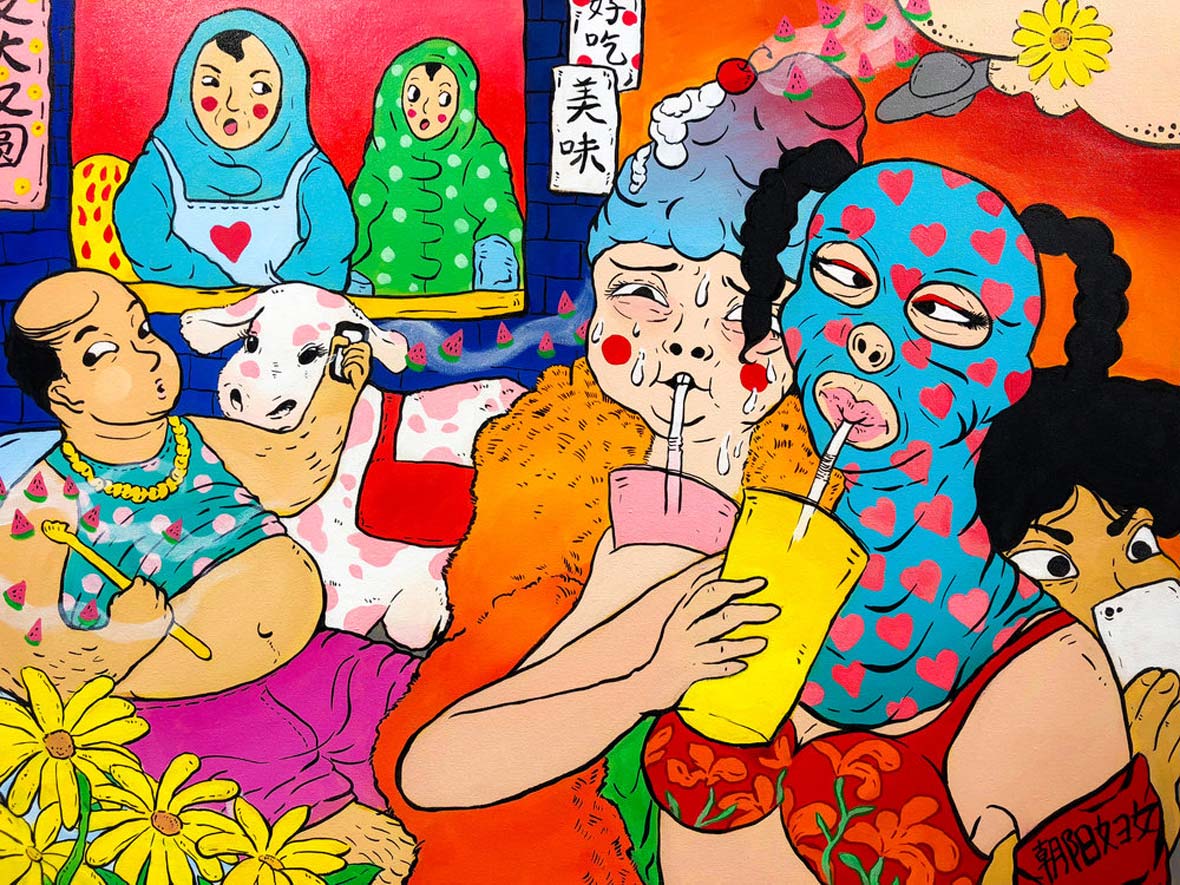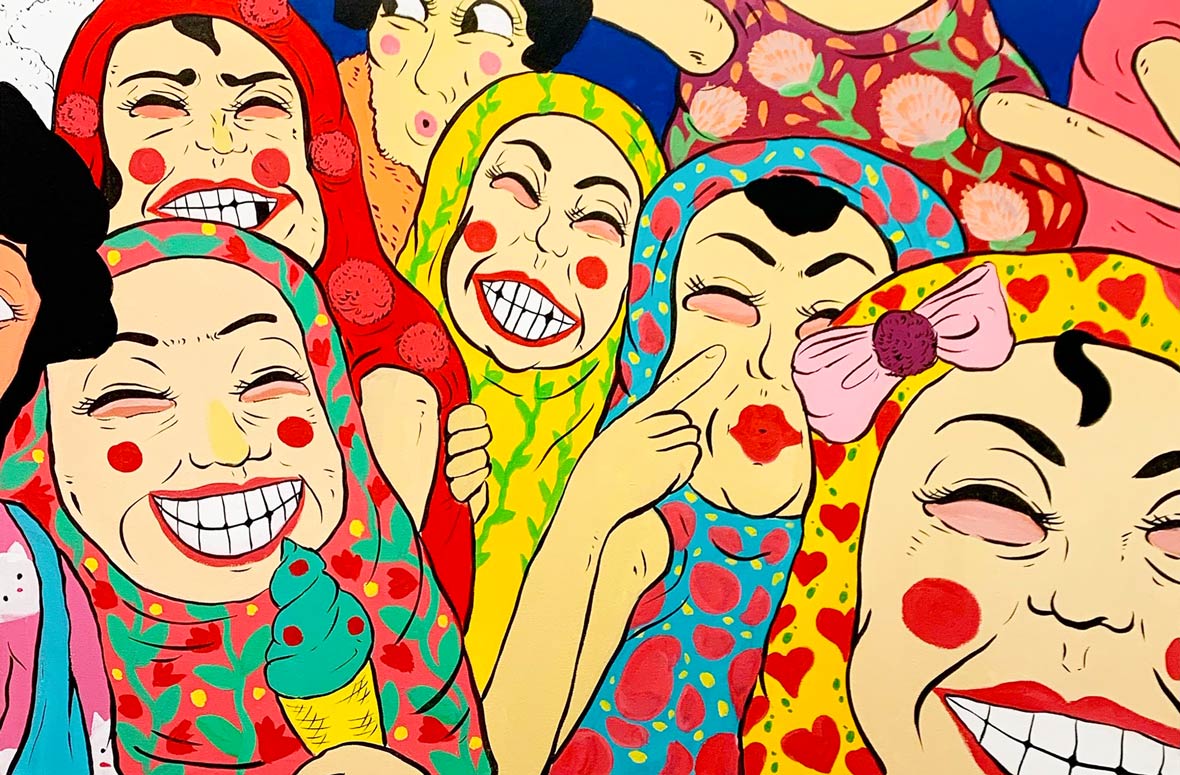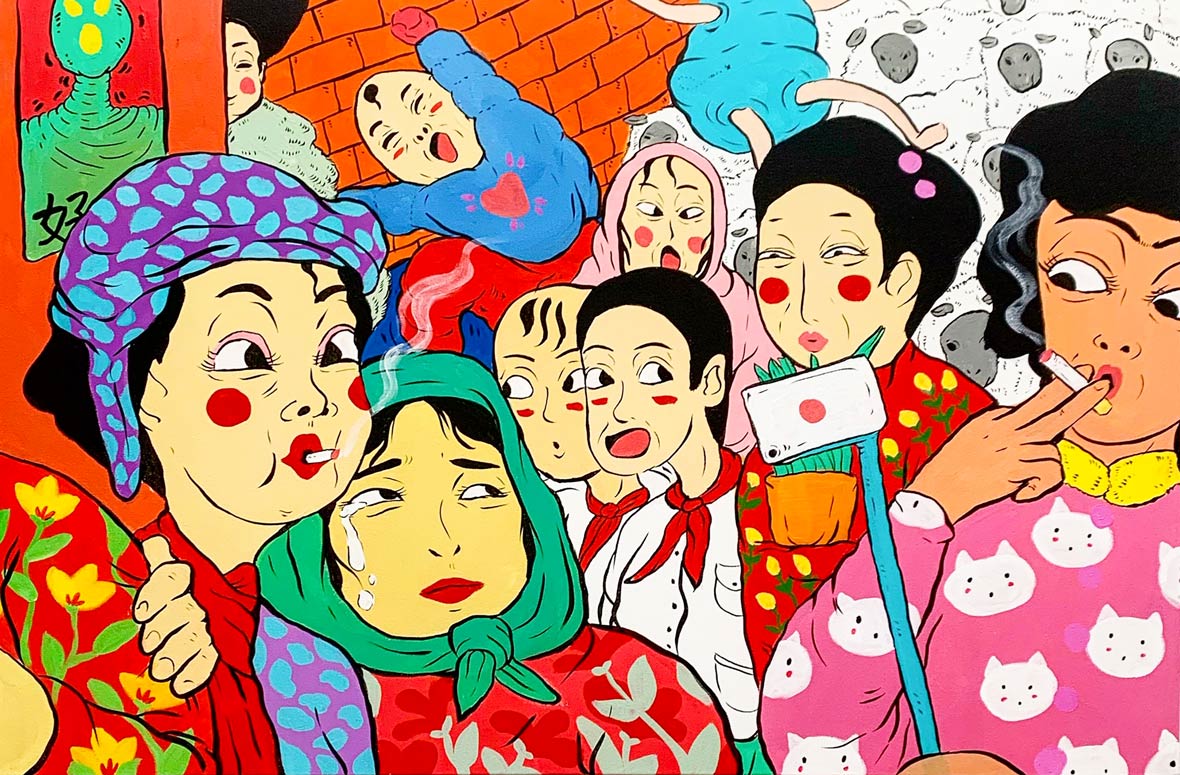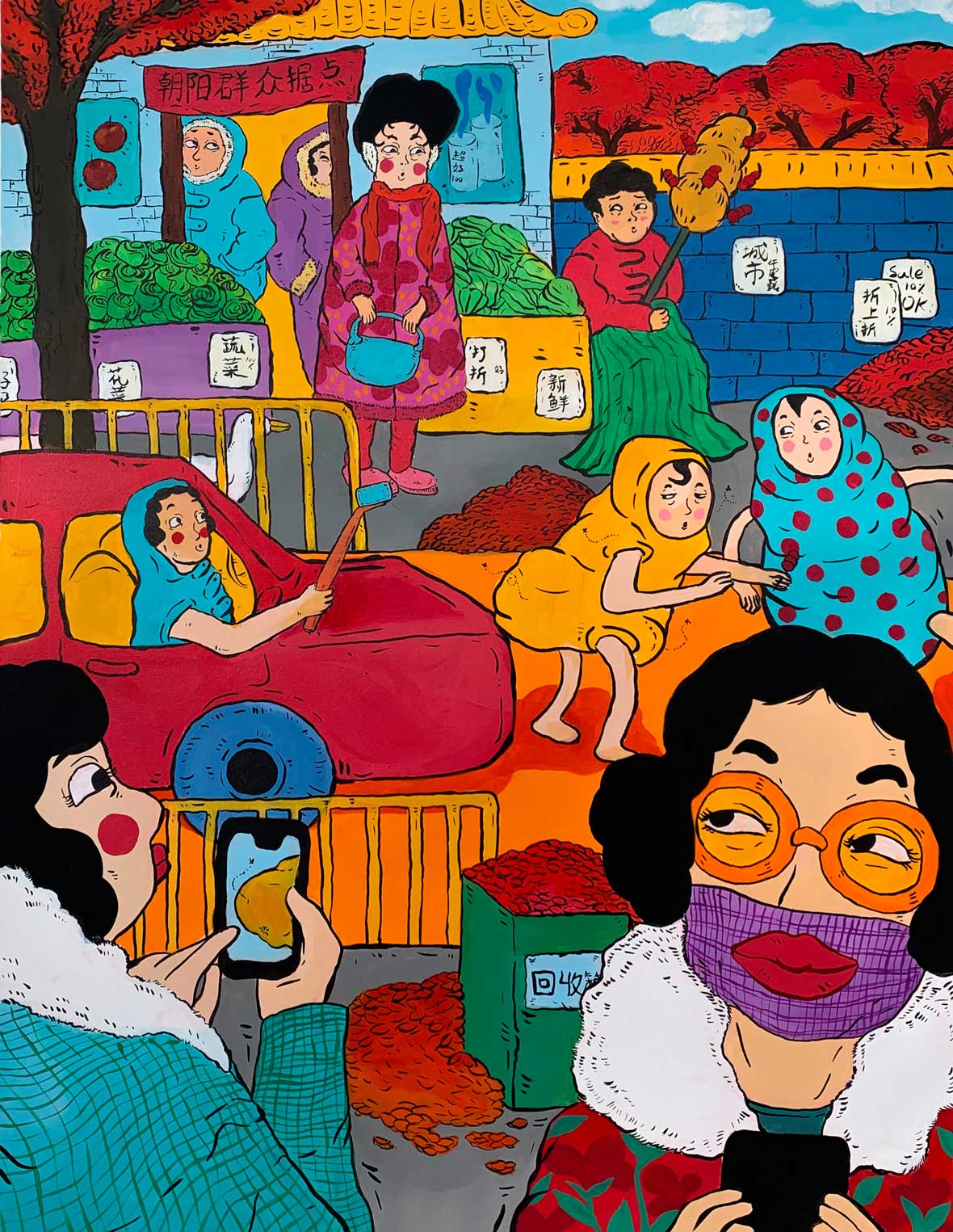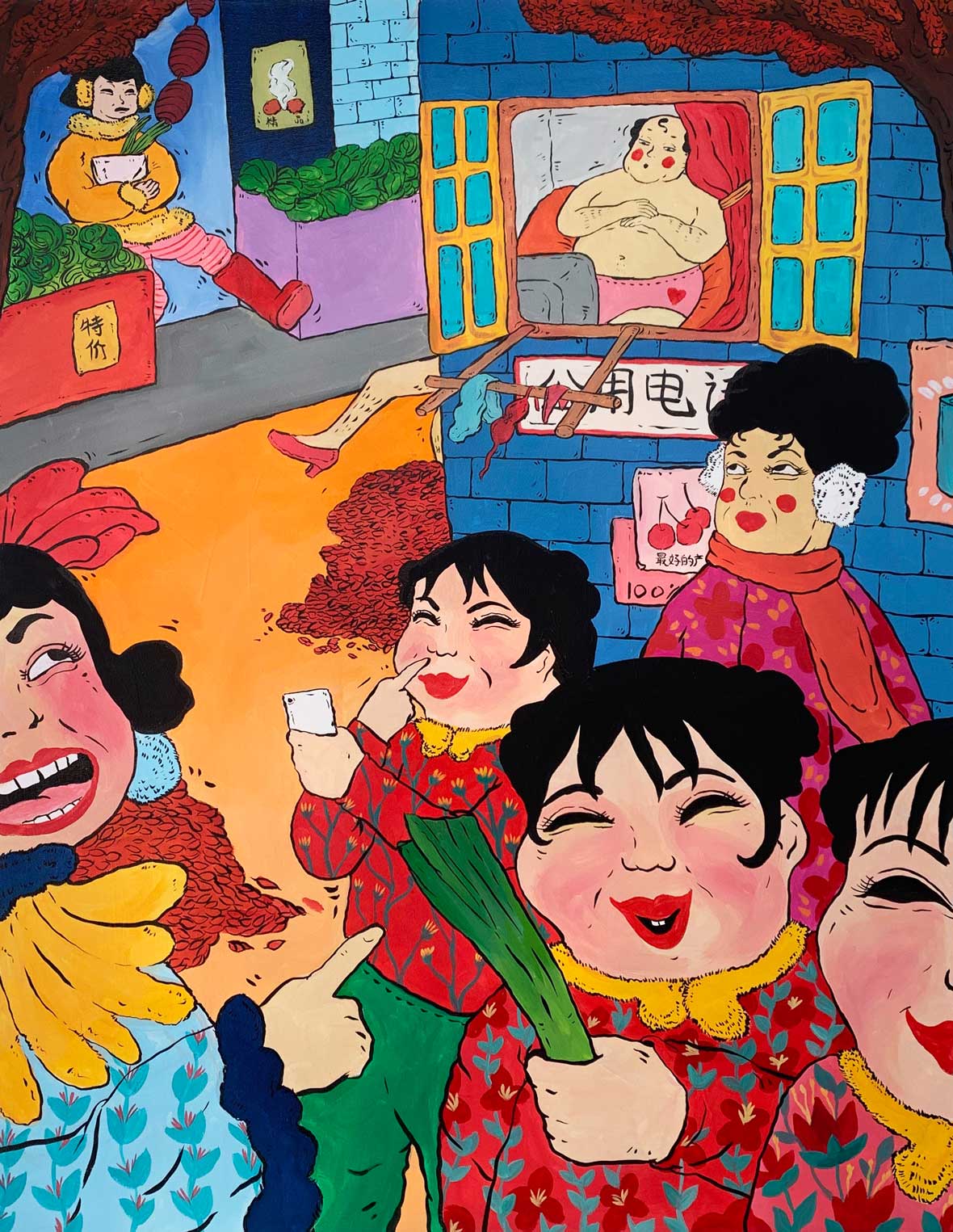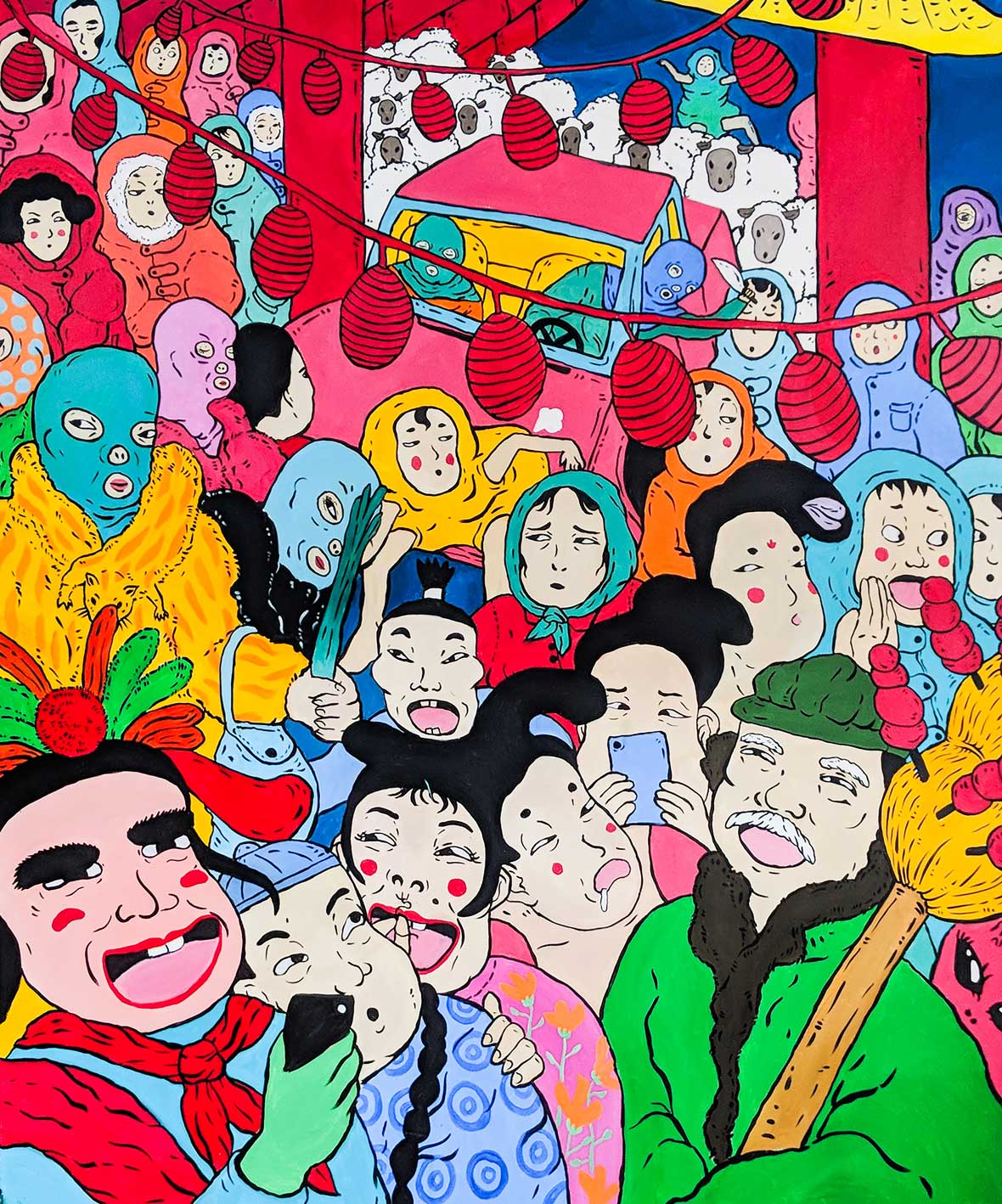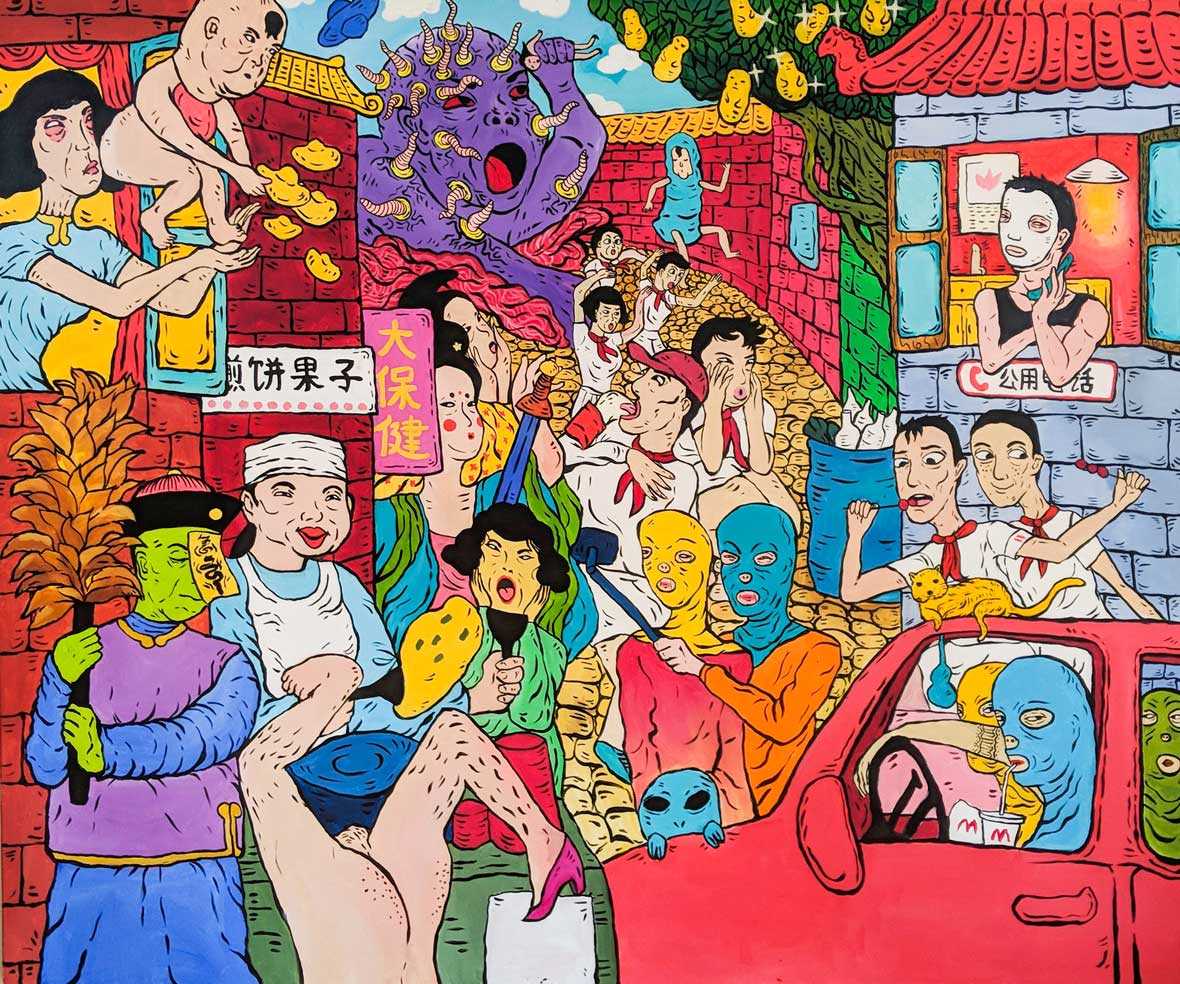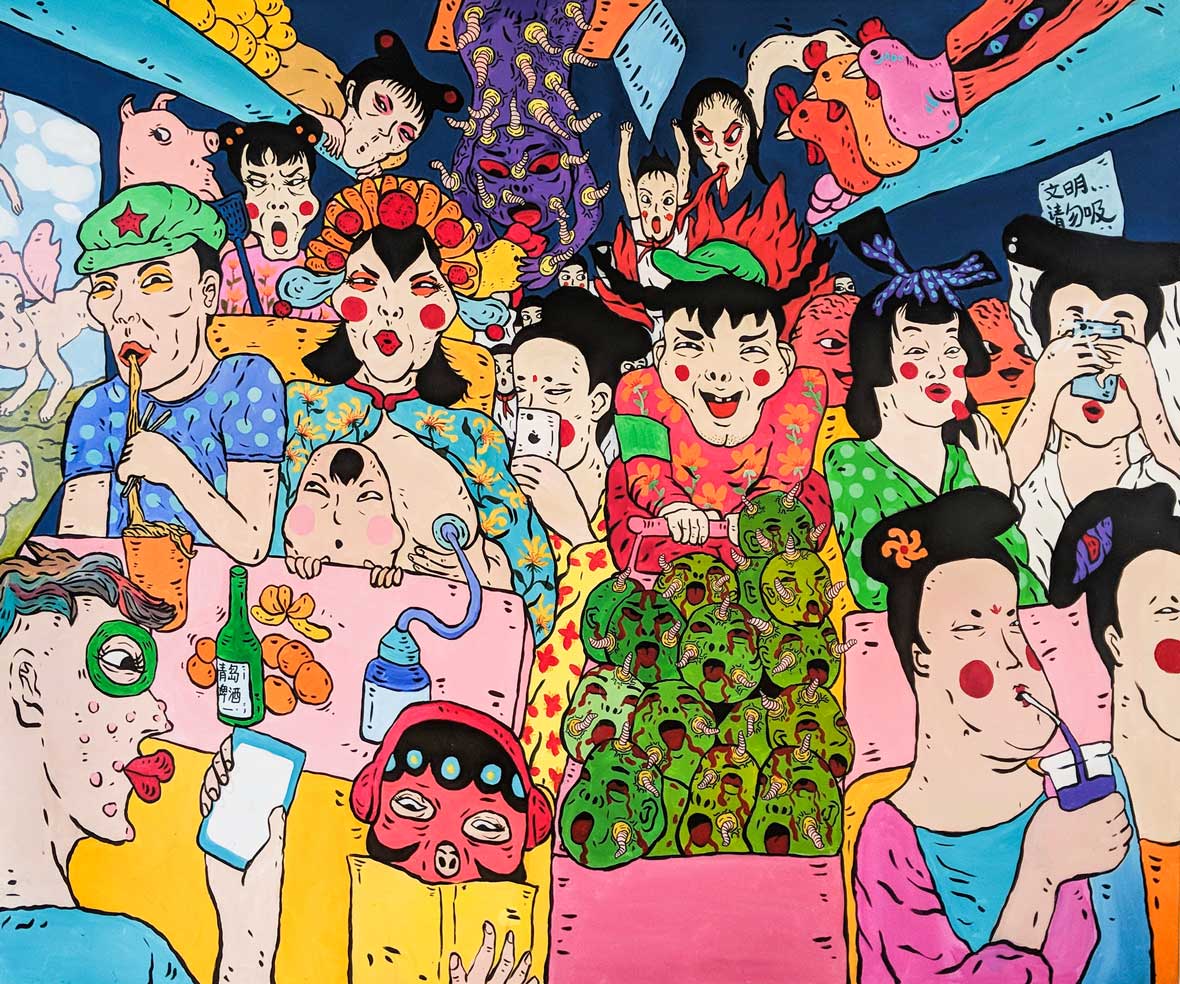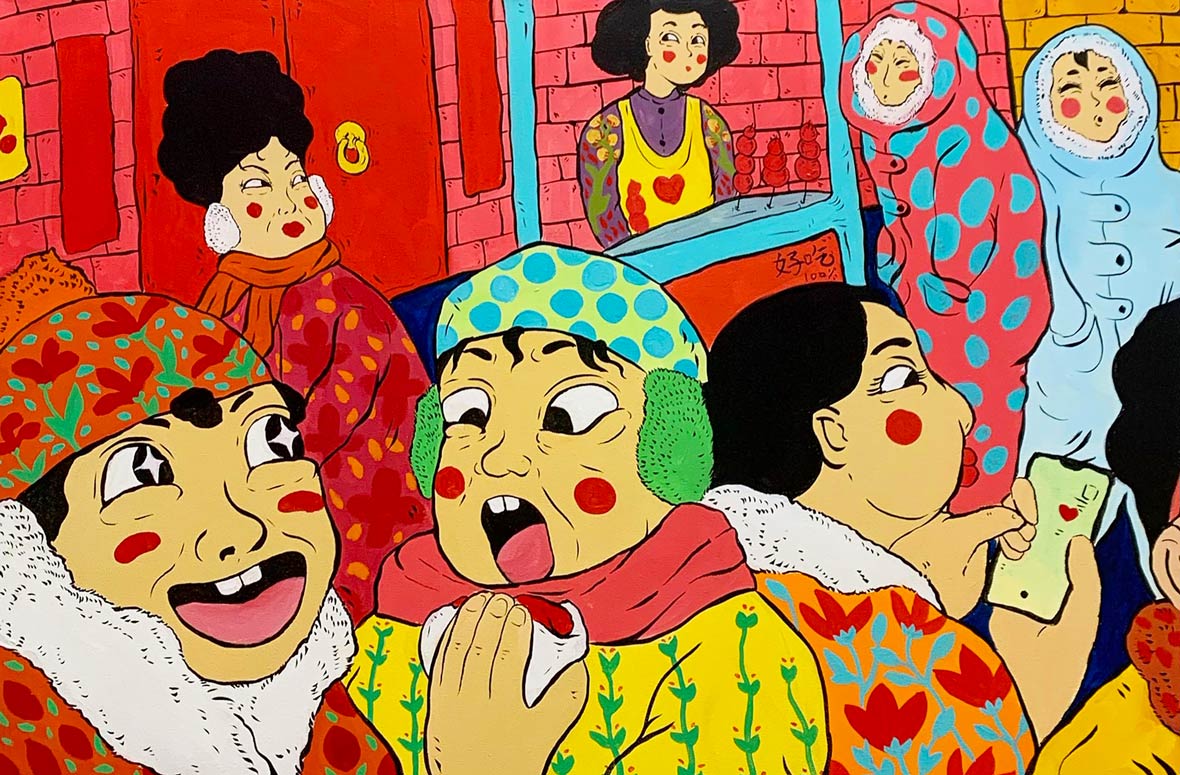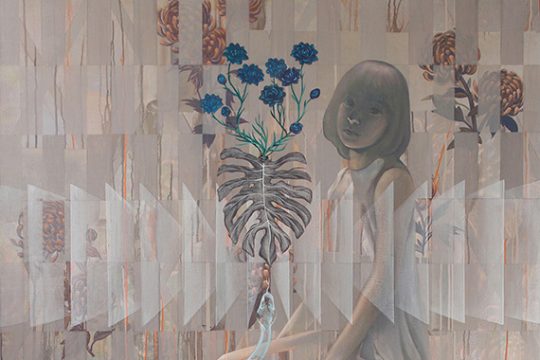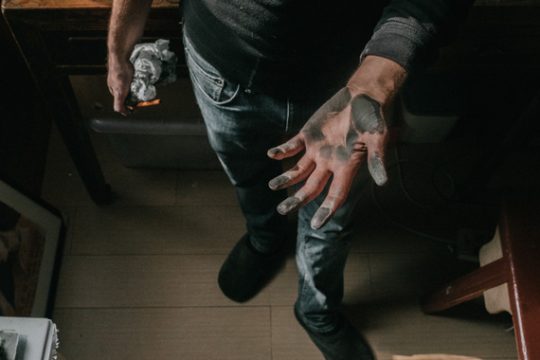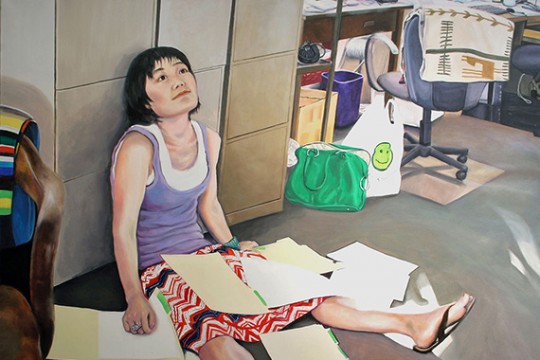Arriving in London
by Wu Qi
This essay originally appeared in Chinese as the introduction to One-Way Street Magazine no. 18, “The Empty Metropolis: Special Issue on Contemporary British Literature.” Neocha is pleased to present this English translation.
My first time in London, I seem to have gone by train. Of course I flew into Gatwick first, catching a train to Liverpool Street Station and changing there for a line to the suburbs, without getting out in London or seeing what it looked like. Only on the second day, now more relaxed, with my luggage and the more obvious indications that I was a traveler back at a friend’s place, did I officially set foot in the city. Such an experience is entirely different from getting off a plane and hurrying straight into town, lugging a suitcase and looking for your hotel, still reeling from the shock and the unfamiliarity.
So different, in fact, that the first thing I noticed about London were the chimneys. On the outskirts, each and every residential building, large and small, is crowned with a brick-red or pale-yellow stack, darkened to a coal black by years of smoke—a silent relic of the Industrial Revolution. As the train pulled into Liverpool Street Station, the tangle of tracks, taut wires, and cellular equipment converged onto a single path, and my ignorance of the place was lulled by a strange physical familiarity: if, on the outside, the station was an airy structure of brick and iron that set the tone for London’s past, on the inside it was just a dark tunnel lying at the end of some quiet country scenery. We entered, the sun disappeared for a moment, and the light in the car cast everything in a dimmer light, blurring and thickening the colors. Then daylight streamed through the glass ceiling again, and almost as if on command, everything returned to normal. The train slowed to a halt, the tunnel retreated out of sight, and a din of voices began to rise. Everything took on a hallucinatory quality, and only then did I understand the shadowy, mysterious train in that painting by J.M.W. Turner, or the terrifying trains of the films of D.W. Griffith. I could even imagine myself as a Dickensian apprentice from Northern England who had set out on a long journey to London to seek his fortune.
Sometimes how you arrive in a city matters more than your stay there. After that trip, I didn’t have much interest in describing London’s grandeur or desolation, which are all too evident. Endless pages have been written on the subject: nearly every angle has been covered ad nauseam, and usually exaggerated.
As the birthplace of urban modernity, London can of course easily satisfy your every need. It has the world’s most international language, a cultural life that never rests, politeness and reserve, antiquated buses still diligently making the rounds, people of diverse ethnicities living in their own class-marked districts—it seems to embrace and connect everything. Well-trained vegetation in parks and public spaces appears in moments of fatigue or heartbreak, while graffiti here and there flashes out like a dagger amid the order, faithfully striking a discordant note. . . . All this is urban life we’re familiar with today. From Europe and America to Asia and Africa, streams of people are entering these orders and structures, as if on an assembly line. London is no longer unique—or rather, London simply preceded other cities.
In my trip I also arrived long after many others, and the surfeit of writing and attention given to the country may have subconsciously influenced me. In many modern countries and regions that bloomed late—including the relative laggard Spain, within Europe’s borders—travelers from afar have played a role, even a leading role, in the discovery of the local culture. Yet London’s story has been written mainly by its own people. One of them was Henry James (1843-1916), an American who settled in Britain and once described the capital as “the spoiled child of the world.” Keenly aware of the strict hierarchy, the extreme division between rich and poor, the bleakness of scraping by in the metropolis, he nevertheless stood by its side:
all England is in a suburban relation to [London] . . . It is the spoiling perhaps of the country, but it is the making of the insatiable town, and if one is a helpless and shameless cockney that is all one is obliged to look at. Anything is excusable which enlarges one’s civic consciousness. It ministers immensely to that of the London-lover that, thanks to the tremendous system of coming and going, to the active, hospitable habits of the people, to the elaboration of the railway-service, the frequency and rapidity of trains, and last, though not least, to the fact that much of the loveliest scenery in England lies within a radius of fifty miles—thanks to all this he has the rural picturesque at his door and may cultivate unlimited vagueness as to the line of division between centre and circumference. It is perfectly open to him to consider the remainder of the United Kingdom, or the British empire in general, or even, if he be an American, the total of the English-speaking territories of the globe, as the mere margin, the fitted girdle.
This haughty, exclusive veneration of cities runs through the entire nineteenth century—runs through continental Europe, and continues to influence us today. Yet this historical stage is hard to prolong, and in the city center there are crises everywhere you look: dreams of the countryside have never really come to the rescue, and empire’s boundaries are gradually vanishing. We twenty-first-century latecomers to London should learn to skirt around these illusions. After all, James also said the city was “as indifferent as nature herself to the single life.”
So it felt as though my detour around London, my unplanned commuter trip, opened up a sort of alternate space and time and whisked me down a different, accidental branch of road. On that road you can see how several small, belly-like mounds rise from the horizon at the border of town and country, how the light is refracted through the air in different ways on brick and glass, how road barriers, sandbags, fences, and debris alongside the tracks create a scene of utter desolation, how rows of warehouses, parking lots, and Lidl discount stores stand guard on the city’s fringe, with trademarks and logos as their banners. You can see how, on the highways in the distance, shipping trucks outnumber cars, and near the villages people take leisurely rides on bicycles. You can see how every little stop on the way is almost identical, like a miniature version of the central station, with just two empty platforms. The British television series Philip K. Dick’s Electric Dreams has an episode that takes place in a station like this: when people reach a dead-end in their lives, they hop off the train there and just walk out toward the little villages in the open countryside. In this place, which appears on no map, time stops the moment before the tragedy occurs, offering a fresh beginning.
This story may not be so fictional: history really always does return. The new center and periphery are being hashed out even now, an issue our current generation needs to start to face. London, like any other large metropolis, no longer means a fixed location, and even if we persist in calling such places “centers,” they’re simply convenient transit points to somewhere else. They extend in countless directions, and even they themselves are in flight. This issue of One-Way Street has been a circuitous journey. We passed through London, entered Britain, and brought back five writers who had never been translated to Chinese. Their works are scattered like light in the open country: some are pressing toward the city center, some are wandering on the unglamorous edges of Europe, some of them are flying to the islands, and some have returned to Asia, where they were born.
Language and writing today, while cutting one path after another through modern life, have also reached a sort of impasse. We easily slip into talking just about love, loneliness, the lost meaning in our lives, ultimately repeating the same themes with only minor variations. Through the work of our British contemporaries, we can once again ask what the city center ultimately holds, and beyond the city, what broader, more distant spaces are possible. The “empty metropolis” of our title does not of course refer to a material emptiness, nor even a spiritual void, but rather to the fact that “urban consciousness” is no longer so ready-made, can no longer be summed up in such offhand Jamesian hindsight. We naturally assume these things are all close at hand, but the closer something is, the harder it is to describe.
Of the writers who have written about London, I’m particularly partial to Charles Lamb (1775-1834). Lamb spent his whole life in London, and his intimate familiarity with the city shows through in his words, though he often traveled farther afield, too, and was a sort of eternal outsider. He writes, “I had long been used not to rest in things of sense, had endeavored after a comprehension of mind, unsatisfied with the ‘ignorant present time,’ and this kept me up.” This spirit kept him up as he shouldered his small family’s heavy burden—his mentally ill sister murdered his mother—and the petty bourgeois life of a sensitive spirit seeking fame in London. “Endeavoring after a comprehension of mind” may also help buoy us as we find our own way.
London itself has countless byways, side streets that lie as far off the beaten path as the suburbs. For example, heading east from Whitechapel Gallery, in the eastern part of the city, through a largely South Asian and Middle Eastern area—historically this has always been an area of immigrants, and the earliest European migrants also settled here, giving a boost to the textile industry—you cross several parks, canals where boat dwellers moor, and cheap, modern residential areas . . . and scattered along the way you find several modern art galleries, where you sometimes can’t even find the door, and where no one pays you any attention anyway. Displayed inside are a series of self-regarding works of art about the status of women, the issue of refugees, lighting in prisons, car mechanics in Palestine, the rise and fall of the highbrow US journal The Partisan Review . . .
Incidentally, I finished writing this piece on yet another trip to London, and the experience of constantly arriving and departing has shown me that repetition, circulation, and movement can be also be a stimulus, a challenge, a creative process. Every departure is the origin of countless other departures. For One-Way Street, this is especially true: we’ve read Beijing, London, Australia—next we’ll travel to Latin America, to Scotland, to Ireland, to Africa.
进入伦敦
《单读》18:都市一无所有(当代英国文学特辑)
卷首
吴琦 著
第一次的时候,我仿佛是坐着火车去伦敦。当然也是先飞到盖特威克机场,在那里换上去利物浦中央车站的火车,再换另外一趟,直奔郊外,没在伦敦城里停留,也没有见到它的样子。直到第二天,当我把行李和其他一些最能显示出旅客身份的东西,全都留在朋友住处,才一身轻松地,正式踏进这座城市。那种体验,和你一下飞机就用最快捷的方法进城、拎着箱子一边找住处一边处理惊奇和陌生完全不同。
以至于我最先注意到的,是伦敦的烟囱,郊外大大小小的民居无一例外地顶着砖红、鹅黄的帽子,经年累月,它们大多泛出烟熏过的煤黑色,是往昔工业革命留在今天生活里的一种沉默的事物。然后火车再次驶入利物浦中央车站,许多条铁轨交错,和撕扯的电线、基站一起,逐渐汇成唯一的路,此时,一种奇妙的物理性的熟悉镇定着我其实对它的一无所知——如果从外面看,这座火车站是一个砖铁结构支撑的透明大棚,过去的伦敦从这里开始起搏,从里面看,它不过是一条暗黄色的隧道,埋伏在平静的田园风光的尽头。进站之后,自然光线先消失了一阵子,车里的灯把周围事物的颜色照得暗沉、混杂、滞重,然后天光再次透过玻璃屋顶照下来,突然就规矩许多,像接受了指令似的,速度停止,隧道退却不见,人声突然鼎沸起来,一切恍如幻觉。这时候我才理解特纳(J.M.W. Turner)画的氤氲神秘的火车,格里菲斯(D.W. Griffith)电影里令人惊惧的火车,或者回到狄更斯的小说,把自己想象成一个 19 世纪从英国北方赶了漫长的路来伦敦谋生的学徒。
进入一座城市的方式有时比在这座城市里逗留更加重要。在此之后,我好像就没有太多兴趣去描述伦敦的成功或者失败,这些都太显而易见了,类似的论述浩如烟海,几乎所有角度都已经被穷尽,并且夸大其词。
作为现代城市的起源,伦敦当然可以轻易满足你的一切要求。老迈不堪仍然孜孜运转的公共交通,多元的种族各自生活在阶级明确的区域中,礼节、距离感、最国际化的语言、永不休止的文化生活——看上去包容和连接了一切,被驯服得很好的草木、公园和公共空间,在人们疲惫和心碎的时候适时出现,而涂鸦像匕首一样在这些整齐的安排中偶尔亮出来,忠实地扮演一个不和谐者……这些都是我们今天熟悉的城市生活。不论在欧洲、美洲、亚洲、非洲的大陆上,人们都像被送上了流水线,陆续进入这样的程序和结构。伦敦不再特别,或者说,在这方面,伦敦只是时间上提前于它的后来者。
我的旅程也落后于很多人,关于这个国家的“过度”书写和关注,可能潜意识里影响了我。不同于许多后发的现代国家和地区,包括欧洲境内相对滞后的西班牙,外来的旅行者都介入甚至主导了本土文化的发现,而伦敦的故事主要是由它的自己人书写的。亨利·詹姆斯(Henry James),这个移居英国的美国佬,也是其中之一,他形容伦敦是一个“世界宠坏了的孩子”,在清楚地意识到这里等级之森严、贫富分化之严重、都市生存之贫乏之后,他依然站在它那边:
“整个英格兰都相当于伦敦的郊区。这也许是对乡村的破坏,但却是对永不满足的城市的创造。如果有人是一个不可救药、厚颜无耻的伦敦佬,那就是他不得不观看的情景。凡是拓宽人的城市意识的东西都是情有可原的。多亏有巨大的交通运输网络,多亏有人民积极好客的习俗,多亏有优质周到的铁路服务和火车的频繁、快捷,最后,当然不是最不重要的,多亏英格兰许多最秀丽的风景就在伦敦方圆五十英里之内这种事实——多亏这一切,热爱伦敦的人的门口就有一派美丽如画的田园风光,而且可以把中心和边缘的分界线搞得无限模糊,凡此种种,就大大助长了热爱伦敦的人的城市意识。他完全可以放心地把联合王国其余的部分,或者整个大英帝国,或者如果他是一个美国人,甚至把全球所有讲英语的疆土都仅仅看作边缘,看作合身的紧身褡。”
这些霸道的、单一的对城市的崇拜,穿过了整个 19 世纪,穿过了欧洲大陆,至今主导着我们。但这个历史阶段在今天也难以为继了,城市的中心危机四伏,田园梦想从未真正为它解围,帝国的疆界也逐渐消,。我们这些 21 世纪迟迟赶到伦敦的人,应该学会绕开这些幻觉。毕竟这话也是詹姆斯说的,“它就像大自然本身一样对单个的生命漠不关心”。
于是我在伦敦绕道、通勤的无心之举,仿佛打开了另一个时空,进入了一条偶然的岔路。在这条路上,你会看到地平线是如何像不平坦的小腹一样在城乡之间形成不同形状的隆起,砖瓦和玻璃如何在空气中造成不同的光线折射,路障、沙袋、栅栏和废弃的杂物如何在铁路两边筑成断壁残垣,和联排的仓库、停车场、廉价的 Lidl 超市一起,护卫城市的边缘,各种商标和公司 logo,成为它们的旗帜。你会看到在远处的公路上,货车永远比汽车多,而乡间的近处,只有悠悠骑着自行车的人。你会看到沿途每个小的火车站几乎都一模一样,是中央车站的微缩版,只有两排空空的站台,英剧《菲利普·狄克的电子梦》(Philip K. Dick’s Electric Dreams)有一集就设定在这样的车站,许多人遇到生命的难关,都在这一站跳下火车,走向原野和原野之中的小镇,在这个地图上找不到的地方,时间会在悲剧发生前的那一刻停止,让一切重新来过。
这个故事也许没有那么虚假,历史的确总是重来。新的中心与边缘,正在酝酿之中,我们这一代人,已经需要开始面对它。伦敦,也包括其他任何超级大都市,都不再意味着一个既定的位置,即便非要用中心来形容它们,也只是一些更便捷地去往别处的接驳点,向无数的方向延伸,甚至它们本身也在出走。这一辑《单读》就是这样一趟拐弯抹角的旅程,我们经过伦敦,进入英国,带来了五位尚未被中文翻译过的当代作家。他们的作品像田野里光线的散射,有的向城市的中心逼近,有的在不知名的欧洲边缘徘徊,有的飞向岛屿,有的回到了自己的出生地亚洲。
今天的语言与文字,在前仆后继地开掘现代生活的道路上,也走到了某种瓶颈。我们动不动就只能谈论爱情、个人的孤独、不知所踪的意义,最终都陷入一种重复的内核,形式上细枝末节的变奏。我们借由英国同时代人的创作,重新设问,到底城市的中心有什么,而除了城市之外,更远、更大的空间如何可能。我们所说的“都市一无所有”,显然不是指它物质上的空虚,甚至也不是精神上的空洞,而是所谓的“城市意识”不再那么现成,不再能被詹姆斯那种后见之明所武断地概括,原本我们想当然地以为这些都是近在咫尺的事,恰恰是越近的事物越难描述。
在写过伦敦的作家中,我更偏爱查尔斯·兰姆(Charles Lamb)。他毕生生活在伦敦城中,对这座城市的亲近溢于言表,但他又时常游离在这一切之外,像是个永远的异乡人。他说,“长期以来,我习惯于不倚靠感性中的事物而追求内心的理解,从不满足于‘愚昧的现今’——正是这一点支持了我。”这种精神支持着他承担起自己小家庭的重担——患了精神病的姐姐杀死了自己的母亲,以及一个敏感的心灵在伦敦汲汲营营的小市民生活。“追求内心的理解”,也该可以支持我们自己独立去走一段路。
伦敦市内就有许多无数的“小路”,和郊区一样人迹罕至。比如从东区的白教堂画廊出发,一路往东,走过一段南亚、中东人聚集的地方——这里在历史上一直是移民区,欧洲其他国家的移民最早也住在这里,从而刺激了伦敦的纺织业,走过几座小公园、停着船家的河道、现代而廉价的住宅区,会发现许多现代画廊错落其间,有些甚至连门都找不到,进去了也没人理你,一些自言自语的艺术作品陈列在那里,讨论女性的地位、难民问题、监狱里光线的构造、巴勒斯坦的汽车修理工、美国知识分子杂志《Partisan Review》的兴衰……
巧合的是,这篇文章是在我又一次飞向伦敦的旅程中完成的。而不断进入又离开的经历告诉我,重复、循环、流动,同时也可能是激发、挑战、创造的过程。每一次出发都是无数次再出发的开始。对《单读》来说更是如此,我们已经检阅过北京、伦敦、澳大利亚,下一次,我们去拉美,去苏格兰,去爱尔兰,去非洲。
